|
Well, this was a spring to forget. It officially began on Friday, March 20th—the day a state quarantine was issued due to the coronavirus pandemic. Social distancing and self-hibernation took the place of baseball games, public Easter Egg hunts and church services, and graduation ceremonies. Most mom’s got short-changed on their very own day (Mother’s Day), and we even lost the opportunity to enjoy Spring Break! At least there was no excuse for us not to get spring cleaning chores completed. In doing some research of late I got to thinking about the confusion inherent with our English language and those pesky words with multiple meanings. In particular, I thought of the word spring which above I have used according to the definition as the season after winter and before summer, in which vegetation begins to appear, in the northern hemisphere from March to May and in the southern hemisphere from September to November. But what about “the resilient device, typically a helical metal coil, that can be pressed or pulled but returns to its former shape when released, used chiefly to exert constant tension or absorb movement.” Ironically, I always received a Slinky® in my Easter basket as a kid, what does that say about the universe? Back to the word spring, what about its usage as a verb? —“To move or jump suddenly or rapidly upward or forward.” Last, but not least, we can’t forget spring as an origin of water, a point at which H2O flows from an aquifer to the Earth's surface.  "The Spring" "The Spring" Hey, you don’t have to tell me about the latter springs! In addition to the multitude of Slinkys® obtained in the Aprils of my youth, I couldn’t avoid them from a geographic reference. I grew up in what is officially known as Bootjack Springs northwest of Frederick City, in a house located 100 yards from the intersection of Indian Springs Road and Rocky Springs Road. I even went to Yellow Springs Elementary School. My Dad actually took me once a month to “The Spring,” at which place an iron (or dare I say lead) pipe emitted from a rock outcropping located somewhere off Hamburg Road where we would diligently fill empty milk jugs with salubrious “spring” water. Sadly, something that cannot be enjoyed today in the same fashion, but back then was there even such a thing as bottled spring water outside Perrier? This week’s “Story in Stone,” connects a person/family with one of the more famous springs in our area. Known as Riehl's Spring, it does not exist today, but it was a focal point of town for centuries. Riehl’s Spring was a Godsend for the people of downtown. It lay directly beside two downtown landmarks: Carroll Creek and the original Barbara Fritchie house on West Patrick Street. It was used by locals since the 1700s for its seemingly endless supply of cold, clean refreshment. According to myths and legends that were bantered around in the early 20th century, the spring was said to have possibly been the location for everything from Native American treaty signing ceremonies to a watering hole for George Washington and patriotic militiamen. Neither of these happenings have been proven so far. 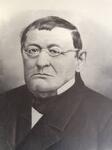 Engelbrecht Engelbrecht Frederick diarist, Jacob Engelbrecht (1798-1878) lived diagonally across the street from the aqua-source and gives us a good description as a journal entry from July 13th, 1825: “Riehl’s Spring” The spring about 200 feet south from the Bentztown Bridge, was until the last 4 years called “Zimmeryergel’s Spring.” It first derived its name from the original proprietor George Schneider who was a carpenter by profession and small in stature. Carpenter in German is “Zimmer” and “Yergel” means “Small George” & he was generally called “Zimmeryergel.” Mrs. Riehl is the present proprietess, is his daughter. The “Mrs. Riehl” that Engelbrecht refers to here passed away the following November (1825). She was Elisabeth Schneider Riehl (b. 1763), the wife of Johann George Riehl (1763-1801). I want to think that the spring is named for her, and not her husband, since it dates back to her family’s ownership which began in 1778. It could have taken the moniker of Schneider’s Spring, but let’s face it, Riehl’s Spring rattles off the tongue much easier than Zimmeryergel’s Spring. I can’t tell you much more about the Schneider family, but I did find that Elisabeth apparently bought the property from her father in 1812. The property began 12 feet west from the west end of the West Patrick Street Bridge over Carroll Creek, fronted 25.5 feet on West Patrick and ran back 268.5 ft. This is the easternmost portion of a property George Snider bought from John Hanson Jr in 1778 (the entire property stretched 181.5 ft along what is now West Patrick). As for her husband’s family, Mr. (George) Riehl descended from Johann Fredrich Riehl (or Ruhl to begin with) who originally came to America from the area of Strasburg, Germany. The Riehl family can be found settled in the area of Middletown by the early 1760s and are found to be early parishoners of the fabled Monocacy Lutheran Church. Other sons appear to be Frederick Riehl (1760-1828) and Johann Jacob Riehl died at the age of 14 in 1792. George and Elisabeth married in 1788 and from this union came four children: Sophia (1789-1792/died of Typhoid Fever); Johannes (b. 1791); Anna (1791-1794); and Jacob (b. 1795). This youngest child would be the only one who would grow into adulthood and assumed the family property in question. 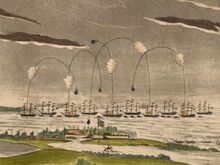 Battle of Baltimore in 1814 Battle of Baltimore in 1814 Jacob Riehl Jacob Riehl was born on October 5th, 1795 in Frederick, and baptized at Evangelical Lutheran Church. His father died when he was only six. If this didn’t force an early adulthood, I’m sure warfare did as he would participate as a soldier in the War of 1812. Private Jacob Riehl served in the 1st Regiment, Maryland Militia under the command of Captain John Brengle from August 25 through September 19, 1814 when the unit was discharged. He was among those “minutemen” gathered hastily when Capt. Brengle and Lutheran minister David F. Schaeffer rode through the streets of town that late august of 1814 in an effort to pull together a company to help rescue Washington under attack by the British. Plans quickly changed, and these volunteers helped secure victory with the successful defense of Baltimore on September 13-14. In the process, Mount Olivet’s front-gate greeter won fame by doodling a little ditty while held in captivity within eye and earshot of Fort McHenry—a story for another day of course. Jacob married Catherine Boswell on December 9th, 1821 in Frederick. The couple had four known children, but only two would live into adulthood: George Valentine Riehl (1822-1824); John Henry Riehl born January 9th, 1824; Charles William Riehl born September 3rd, 1825; and George Henry Riehl (1829-1831). Elizabeth Riehl willed the family property on West Patrick Street, including the spring, to son Jacob in 1825. Outside of that, I didn’t glean a great deal about Jacob’s early life, however he was the talk of the town in fall of 1826. Again, we can learn a great deal from Mr. Engelbrecht and his diary: “Cactus Triangilaris or night blooming Cerius” belonging to Mr. Jacob Riehl of this city was in bloom last night. 14 flowers opened & there are several other buds that will open this or tomorrow evening. Mr. Riehl had it beautifully illuminated and exposed in his yard for the inspection of the public. In fall of 1830, a fund drive was taken up for repairing Riehl’s Spring including the paving of walks and reconstruction of steps. Apparently the Corporation of Frederick City would attempt to acquire this site for decades as a source of clean water for the town. The superintendents were John Ebert, John C. Fritchie (husband of Barbara), and Jacob Engelbrecht. The corporation chipped in $10 and a host of citizens put forth money for the site holding the position as city spring. Others in town donated needed building supplies instead of money such as flagstone and bricks. Jacob and Catherine, or “Aunt Kittie” as she would become known, can be found in the census records of yore. No job is listed for Jacob in 1850, as I assume he was retired. I seem to recall reading somewhere that he was a carpenter. His son John Henry Riehl is found living with his parents in the successive censuses of 1860 and 1870 and lists plasterer as a profession. So, perhaps, like father, like son, Jacob could have dabbled in this profession as well. Either way, carpenter or plasterer, they both make “zimmers,” what I learned in school was the German word for rooms. 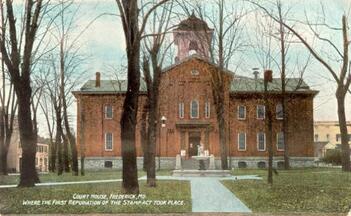 In that same 1860 census, Jacob is listed as a confectioner. Jacob served his country, or at least city, with the call to arms in spring 1861, shortly after the fall of Fort Sumter. He became a member of the Brengle Home Guards, formed in April of that year. The unit named for his old commander in 1814, the 65-year-old performed local militia duties on behalf of the Union Army during the American Civil War such as providing protection for state legislators and guarding supplies, etc. In 1861, a fire destroyed the second Frederick County Courthouse. Some speculate that it could have been Southern Sympathizers but that has never been proven. Regardless, it would take two years to complete demolition as it was wartime and Frederick played an active role. On October, 1863, the Frederick County Court commenced for the first time in a new courthouse, the one we know today as our home to Frederick City’s mayor and municipal staff. A new bell had been installed in the cupola atop the structure. The honor of ringing the bell that day to signify that court was once again in session was given to Jacob Riehl as he was titled, the keeper of the court-house. The vicinity of Riehl’s Spring was the scene of Civil War legend as it was adjacent to the famed home of Barbara Fritchie. One of the many stories of Frederick’s patriotic dame says that at least on one occasion, Barbara hastily swept out Rebel interlopers who decided to hang out enjoying the delicious, cool libations the spring had to offer. Adding insult to injury, these Confederates were “spouting” off derogatory talk about Ms. Fritchie’s beautiful Union, and this did not sit well to the nonagenarian flag-waver. Although it is highly unlikely that famed Gen. Stonewall Jackson took notice of Riehl’s Spring, we are likely to have an illustration dated from the late 1870s that shows the Riehl’s home on the west side of Carroll Creek. Catherine Riehl died on January 1st, 1873 at the family home on West Patrick Street. Three and a half years later on August 28th, 1876, Jacob died at the family home on West Patrick Street. They are buried at Mount Olivet Cemetery in Section H, Lot 52. The Riehl family home went to Jacob’s son, John Henry (of plastering fame) and daughter-in-law Catherine (Stone) (1826-1909). The Riehl’s still lived here in 1880. They had four children: Charles and William Riehl; Pricilla (Riehl) Brust, of this city; and Miss Bessie Riehl, later of Cincinnati, Ohio. John Henry Riehl died in 1895, and I’m not quite sure what his widow was doing in the decade before his death. Catherine (Stone) Riehl would die over a decade later. Known as "Aunt Cassie," we are fortunate to have a photo of her at the spring as a reporter included her in a story touting Carroll Park. She would pass in 1909. In 1901, the Riehl heirs sold the property to Arabella Faubel. She sold it to Georgianna Simmons in 1907, who then sold to the City of Frederick. It was a long wait, but set the stage for a municipal park. As an aside, Miss Simmons donated two other city lots to Frederick City Hospital which would become the site of the aptly named Georgianna Simmons Nurses Home. Carroll Park This was the original, “old school” portion of the Carroll Creek Linear Park. In 1907, Frederick alderman, and successful downtown merchant, David Lowenstein suggested putting a monument in the vicinity of where the Barbara Fritchie house had once stood. The legendary home had been partially destroyed in the Great Flood of 1868, and subsequently removed completely a short time later in an effort to widen the creek. Alderman Lowenstein went one step further by suggesting that a park be built on the west side of Carroll Creek surrounding Riehl’s Spring. This would become known as Carroll Park, a frequent scene of band concerts, camp meetings and unruly teenagers. Colloquially it also had the name of “Barbara Fritchie Park.” The Barbara Fritchie Home Association, which was responsible for building the nearby recreation of the heroine’s home, installed the wooden canopy. An article in Frederick Magazine years ago states: “The park itself welcomed residents and visitors for decades, though the once-vibrant spring became little more than a trickle over the succeeding years.” The article concluded by saying that by the 1980s, the once abundant spring was nothing more than “a small pool of dirty water which had collected in the spring pit, and had become a target for litterers.”
The spring was then redirected and became part of the Carroll Creek Linear Park project, which was built to thwart any future flood devastation from Downtown Frederick. Riehl’s Spring was perfect inspiration for what would come decades later. Pedestrian sidewalks today skirt the town creek and have become a pedestrian friendly asset in recreating and exploring the creek as it winds through downtown.
2 Comments
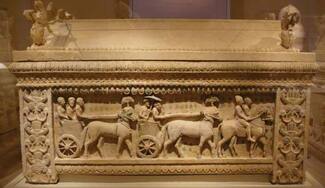 So, when you work at a cemetery, there are certain monuments that catch your eye on a daily basis. Yes, some are utterly unique or incredibly artistic. Others may be marking the grave of an outstanding citizen from our past, or have a familiar, Frederick-centric name carved on their faces. For this week’s “Story in Stone,” I chose a monument that always jumps out at me, solely for the fact that I have never seen the family surname anywhere locally, or in our local history books. I was intrigued because the memorial in question is quite large, and I was particularly curious as to the decedent’s background, having died in 1901 and not recognizing the name at all. The gravestone in question is that of James Marion Tetrick and wife Hannah “Jane” (Huey) Tetrick. I would soon learn that neither individual ever lived here in Frederick, or Maryland for that matter. When I first saw their grave, I actually thought it said Detrick but had to do a double-take. Interestingly, I would find a couple connections to Detrick in name and place. It is fashioned in the style of a sarcophagus, a popular style of the late 19th century and found throughout Mount Olivet. A sarcophagus is a box-like funeral receptacle for a corpse, most commonly carved in stone, and usually displayed above ground, though it may also be buried. Although not as ornate as others of this ilk found here, the final place is certainly well-marked with a substantial piece of granite. From time to time, I get asked if bodies are actually placed within these monuments as was done in ancient times. The answer is a resounding no, as these are strictly ornamental. And speaking of ornamental, my research on the couple buried beneath this stone did not reveal as much as I had hoped, however, along the way, I would find another vintage memorial in stone to the Tetricks—one which I never expected to stumble upon. The Search I’ve started research from scratch like this plenty of times before, and am fortunate to have cemetery records at my fingertips. In our Mount Olivet database, I found the Tetricks and corresponding information as to vital dates, parents’ names and exact grave location. I next pulled the lot card for Area MM/Lot 169 and found the original owners to be Mrs. Tetrick and a daughter (Sallie) and a son-in-law named Dr. Rudolph M. Rau. The threesome also owned the adjoining Lot 168, both properties having been purchased in May of 1924. I next located the all-important interment cards for both Mr. and Mrs. Tetrick. The interment cards usually provide “place of death” and “cause of death.” Things now ramped up as I cut to the chase by looking for obituaries for Jane and James (Tetrick). Starting with James, I learned he had died of cancer in August, 1901. I, however, only found a scant mention of death in a Wheeling, West Virginia newspaper from 1901. In the case of Jane Tetrick, I successfully garnered a local obit in the Frederick paper from February, 1931. Although she was living in Parkersburg, WV at the time of her death, the sole reason for local coverage was due to the fact that daughter Sallie (Tetrick) Rau was living in Frederick at 212 Rockwell Terrace at the time. Dr. Rau was listed as a medical surgeon and mental therapeutist. The newspaper makes mention of how Mr. and Mrs. Rau abruptly left town to be with the ailing Mrs. Tetrick in West Virginia. I checked for info on the Tetricks in online newspaper archives, Findagrave.com and Ancestry.com. I netted various census records showing both husband and wife to have lived most of their lives in north-central West Virginia. Mr. Tetrick was born in Virginia, as this particular area (Marion County) was not West Virginia until the new state was established during the American Civil War in the year 1864. James was born on September 2nd, 1852. He was the son of Peter Tetrick and wife Matilda Nay and grew up on the family farm located along the Buffalo River outside of Mannington in a nearby hamlet named Worthington. His father served as a county justice in the 1850s and was descended from a German immigrant named Henry Christoph Tetrick, born between 1720-1730 in Bavaria, Germany. Henry (d.1814 in Harrison county, VA), our subject’s great-grandfather, immigrated to Virginia sometime around 1740, possibly with brothers named George and Jacob, and his name was Anglicized from De Ryck. Jane’s Huey family had come from Pennsylvania a few years after her birth in about 1854. She first appears in the 1860 census with her family living in Mannington and her father listed as a shoemaker and grocery store merchant. As said earlier, Mannington is located in north central West Virginia and is within Marion County. This town, northwest of Fairmont, has a current population of 2,124 and was originally known as Forks of Buffalo due to its location on Buffalo Creek. The town site was first settled around 1840, and in 1856 it was renamed Mannington in honor of Charles Manning, a civil engineer with the newly constructed Baltimore and Ohio (B&O) Railroad. Perhaps James and Jane knew each other from childhood and school days as both were only a few years apart in age. The couple married on September 2nd, 1875. The 1880 census has them living on the family farm of Peter Tetrick. James profession here is listed as that of a farmer, but it would change drastically by the end of the century. The couple has two daughters at this point in time—Matilda Pearl (b. 1877) and Sarah Sallie (b. 1878). A son named Otto died at nine months of age. His name adorns the back of the Tetrick monument here in Mount Olivet, but he is not noted being here anywhere in our records as he died and was originally buried in West Virginia. A new chapter in Mannington's history began in 1889 with the first oil drilling, following recommendations made by Dr. I. C. White, a geologist from Morgantown. Although many felt that the area was unfavorable for oil reserves, White persisted and soon gained enough local support to drill. Following the first strike, late in 1889, real estate prices soared 100% in two days in a boom-town mentality. Dr. White pushed for natural gas exploration. It was this venture, more successful than any before or since, that was most responsible for Mannington's growth. Of course, we are not aided by the presence of an 1890 census record because all were lost in a horrific fire. I did find a small advertisement that listed J.M. Tetrick as a druggist in Mannington that same year. As the town grew, so did the need for banks and Mr. Tetrick can be found on the board of directors for a third bank in the vicinity organized in 1896. James Marion Tetrick was duly elected the bank’s first president. Oh, what an exciting time to be in Mannington! The population would increase from approximately 700 people in the late 1800s to over 4,000 by 1917. By 1900, Mannington was a thriving town, complete with its own trolley system, electricity, theaters, schools, fire department, telephones and other amenities. James M. Tetrick even ran for the state’s House of Delegates, but came up short of election.
Of the many things in death, missed by Mr. Tetrick, was the discovery of oil on his former farm, as evidenced by this news clipping from 1907. The body of James Marion Tetrick would repose in Mannington until the year 1924. For one reason or another, his widow would make plans to have his body moved to Mount Olivet in Frederick, Maryland—some 194 miles away. The reburial here in Area MM was performed on June 26th, 1924. This info is clearly written on the back of the interment card, in bold blue pencil, I may add. As for the rest of the Tetrick family, Jane would join her husband here in Mount Olivet upon her death in 1931 as referenced earlier. Daughter Willa (Tetrick) McGregor (1884-1944), a resident of Parkersburg, WV, would be buried here in the family plot upon her death in February, 1944. The Tetrick's other daughter, Sallie, has an interesting story herself. As a Frederick resident since 1911, she and her husband, Dr. Rudolph Rau (1871-1948), have left us some interesting proof of their habitation here in Frederick. Mr. Rau met Miss Tetrick, said to have been quite a beautiful young lady, in West Virginia. He was a native of nearby Bolivar, (WV) in Jefferson County but practiced in Wheeling at which place he and his wife resided before coming here. The physician apparently suffered paralysis while conducting a surgery. Forced into an early retirement, the Raus came to Frederick after purchasing a property northwest of the city which once contained the former St. Joseph's Villa located east of today's Rosemont Avenue/Yellow Springs Road near the intersection with Rocky Springs Road. The Jesuits had used this site as a retreat center for aspiring priests and their teachers associated with the Frederick Novitiate Academy, once located on East Second Street. The two-storey, 80 by 60 ft villa they built included a small chapel, recreation room, kitchen, and dormitories. A porch extended around 3 sides, and occupants could sit on chairs and enjoy the cool mountain breezes. The Jesuits stopped using the villa in January 1903, when the Novitiate Academy moved to New York. St. Joseph’s Villa was torn down sometime afterwards. In 1911, Francis T. Lakin sold a 99-acre parcel to Rudolph and Sallie Tetrick Rau. Rau built a 3 storey, Greek Revival-style mansion and carriage house, and also extensively landscaped the property. The imposing mansion had two storey columns and a ballroom on the third floor. The garden and estate fit with the early 20th century gardening trend away from ornate Victorian designs. The Raus would rename their country home Villa Rau. According to his obituary, Rau was interested in farming and owned several large farms in Frederick County. Dr. Rau and his family sold the property to Robert S. Bright on January 31st, 1929. Bright used the house as a summer residence until his death in 1943. The 4.5 acre site of the mansion eventually was sold to Macie S. King, and Bright sold the surrounding property to Harry M. Free. The United States government obtained both properties in 1946 as they became part of Fort Detrick. The Rau mansion housed post commanders until it was demolished for safety reasons in 1977. The carriage house was demolished in 1993. They stayed here until 1929, at which time the couple built a near duplicate at 212 Rockwell Terrace and moved in town. I'm assuming the Tetrick "oil money proceeds" were put to good use as the Raus would buy several properties in and around Frederick while here. Sally Rau, died in 1946 and was memorialized with a fine ledger monument that sits in the front row of Area MM adjacent the central driveway through the heart of Mount Olivet. Mrs. Rau’s husband, Dr. Rudolph M. Rau, would die in 1948 and be placed by her side. Old Mannington The 1929 stock market crash and the Depression severely affected Mannington's economy. The trolley ceased operation in 1933, factory workers left as demand for products decreased, and the town's population began to decline. The oil and gas boom has long passed, but coal mining became a principal industry in the 1950s. Although many of these industries left the area, the wealth that they brought to the community is still reflected in its handsome historic homes and public buildings. Many are included in the Mannington Historic District, which is listed in the National Register of Historic Places. While doing some online sightseeing, one building certainly caught my eye, much like the Tetrick sarcophagus burial monument had done to me in the first place. I found a beautiful photograph found on the Flickr website, taken by a Joseph A. from Pittsburgh. It was a streetscape scene which prominently included the former sight of the Mannington Bank, more commonly known as the “Tetrick Building.” The 1898 building located on 102 Buffalo Street has seen better days, as it is in deplorable condition. High atop its face, within its gable, one can see a memorial to the bank’s first president, elected in 1896— J. M. Tetrick. Just as the name Tetrick caught my eye here in Mount Olivet, inspiring me to write this story, I’m betting it has caught countless more as it sits high atop Mannington, WV. A true testament to a life once lived.
It’s mid-May and we are in the throes of graduation season, primarily celebrating the final step toward receiving a high school or college diploma. The earliest institution in Frederick’s rich educational history was Frederick College, once located on the corner of Counsel (Council) and Record streets in the Court Square neighborhood of downtown Frederick. It played a pivotal role as a model for the nation’s early educational facilities. The school represented both a college and high school, as few people would ascertain this higher level of learning at the time of its founding in the late 1700s. The school's first principal is buried here in Mount Olivet, along several other former administrators and teachers. His name is Samuel Knox With its publication in 1910, T.J.C. Williams’ History of Frederick County chronicled the background of this school, affectionately referred to as “the old Academy” by former students and townspeople alike. “As early as 1763, when this territory was largely wilderness, the (Maryland General) Assembly granted a charter to the Frederick County School and College. Thomas Cresap, Thomas Beatty, Nathan Magruder. Capt. Joseph Chapline, John Darnall, Colonel Samuel Beall and Rev. Thomas Bacon were named as the first Board of Visitors. Strenuous times followed in an effort to realize practically the good sought in the establishment of this pioneer institution. The years of the Revolutionary War put an effective stop to much effort in this direction, and it was not until 1796 that appreciable headway was made, when, partly through the aid of a lottery (a recognized means in those days), the public-spirited generosity of the community was rewarded by seeing erected the first building which is still used as the College. In 1797 a grant was made by the Assembly, and the School was opened with Samuel Knox, a Presbyterian minister, as its first Principal. It is interesting to note in this connection that it was from Dr. Knox that Thomas Jefferson got his scheme and plans for the University of Virginia. As the years went by the School prospered under the unremitting vigilance and fostering care of the Visitors, who invariably were our leading citizens, and who thought no attention and effort were too big a price to pay for the fostering of this School, which was to be a blessing to our boys 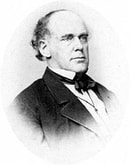 Chase Chase The records of the early hours of work (as early as 6 A. M. in the Summer months) with the three sessions a day, the almost continuous course from the last of August to the last of July, the daily exhortation to right living and the hour of prayer would make many of our boys of today glad that they did not live in those times, and yet some of the strongest men in the State and Nation came from the walls of the old Academy equipped for life's battles as many of our day are not. Duels were fought and punishment inflicted in the early years of the last century, and the boys took what came to them like men. A fact not generally known is that in 1824, a place on the faculty was sought by a young man from New Hampshire, who was on his way to Ohio; he failed to secure the desired position and continued on his way West and years afterward came East and became known to the Nation in many capacities as Salmon P. Chase. (NOTE: Chase (1808-1873) was a U.S. politician and jurist who served as the sixth Chief Justice of the United States. He also served as the 23rd Governor of Ohio, represented Ohio in the United States Senate, and served as the 25th United States Secretary of the Treasury.) In 1830 a Collegiate charter was granted by the Assembly, and under it ever since good work has been done. Eight scholars are educated by the College absolutely without charge and ministers and missionaries, physicians and lawyers, merchants and farmers have here secured at no cost to them, the education and training that gave them their place in the world. During the Civil War, the buildings were used, as were most of our churches, for a hospital after the battle of Antietam. 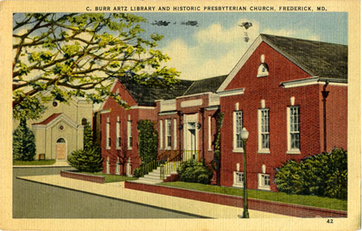 For years Jesse Stapleton Bonsall was Principal, and was known probably to more students than any one teacher that filled that position. Severe, stern, unsparing of self, devoted to his work, the very soul of a high honor, he instilled into his boys the very essence of his life, and by his life and teaching imbued them with the spirit of the School as set forth in its motto: “Non scholae sed vitae; vitae utrique,”—Not for school but for life, both lives. To call a roster of the boys trained here would read like a census list of this place, and the surrounding country, and would include the names of many long since scattered to the uttermost parts of the United States. The old institution, a pioneer in 1797, a vigorous factor for sound education and morality for more than one hundred years, a blessing and a pride to our community, still wears its venerable smile as it hears of the well-doing of its children, and listen with concern as they come back to tell of the buffetings they have received from the hard, material world. Frederick with its rich historic heritage of great men and stirring events, serenely resting amid the rush and clamor of present day strenuous endeavor, is a fit setting for this old School, grown hoary with the accumulated memories of more than three generations of men. Frederick College would be supplanted by Boys’ High School as the area’s top place for education in the early years of the 20th century. In 1916, the old Academy structure became the new home of the Frederick County Free Library which had opened in 1914 and moved in here in 1916. The library would operate at this location for the next 23 years before donating its collection to the town’s new C. Burr Artz Library which opened in 1938. In building the new library, the Academy building would be razed in 1936. Rev. Samuel Knox Samuel Knox was born in the year 1756 in County Armagh, Ireland. Apparently, he was from a poor Scotch-Irish Presbyterian family and little else is known about his childhood. He married Grace Gilman in Dublin in 1774. The couple were the parents of four daughters. The Knox family arrived in Maryland by 1786 and was known to be living in Bladensburg. Here, he taught at a grammar school from 1788-1789. Knox returned to Europe in 1789, and received a Master of Arts from the University of Glasgow in 1792. While there he received Greek and Latin scholarships. After the Presbytery of Belfast licensed him for the ministry, he returned to the United States and was assigned by the Baltimore Presbytery to the Bladensburg pastorate (1795–1797). In 1796, the American Philosophical Society held a contest to design the best system of education for the United States. Samuel Knox entered, proposing a system of national instruction particularly designed for this “wide extent of territory, inhabited by citizens blending together almost all the various manners and customs of every country in Europe.” Providing elementary education for both girls and boys, uniform training and salaries for teachers, standard textbooks produced by a national university press, with a college in every state each charging the same fees and tuition, and at “the fountain head of science” a national university, Knox’s ambitious plan won second prize. Rev. Knox performed the dual duties associated with rural Presbyterian ministers of the time. He was a schoolteacher and a “supply pastor,” charged with the religious congregation in Frederick, which he served from 1797–1803. Old papers are full of wedding announcements performed by the Irish clergyman. 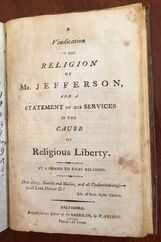 At first, Knox was a heralded figure in Frederick. His reputation preceded him. He was accomplished as a writer of not only award-winning essays and published works. In addition to his religious and educational duties, Knox engaged in the political debates of the day, writing pamphlets in 1798 on English Separatist theologian Joseph Priestley’s “avowed Religious Principles.” In 1800, Knox wrote A Vindication of the Religion of Mr. Jefferson and a Statement of his Services in the Cause of Religious Liberty. Herein, Knox approved of Thomas Jefferson’s Virginia Statute for Religious Freedom. Speaking of founding fathers, Knox exchanged correspondences with other men of mark including our George Washington. The following is a letter penned by Knox to President Washington in October 1798. 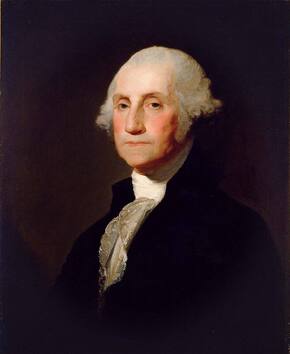 Washington Washington Sir, Being About to publish, by subscription an Essay on the best Method of Introducing an Uniform System of Education adapted to the United States, I Beg leave to solicit the favour of your permission to prefix to it an Introductory address to you. Though I own this Request is dictated by a share of vanity in presuming to be ambitious of so high a recommendatory sanction to my Essay; yet I truly declare that, what has chiefly prompted me thereto arises from a desire to express, on a Subject of that Nature, How much I Consider the Cause of Education indebted to your patronage through the whole of your publick Character. The Essay I am about to publish, obtain’d the premium offer’d by the Philosophical Society of Philadelphia, on that subject, together with one written by a Mr Smith of that place. The Society passed a Resolution to publish them; but were disappointed by the Printer who had Undertaken that Business. On being inform’d of this by their Secretary, And that the publication would be, on this Account, long retarded, by the advice of some friends I was induc’d to publish it, by subscription, in this State—from the view of its, probably, having some effect in turning the attention of our State-Legislature to that Subject. From this view I have Received the Manuscript from the Secretary of the Phil[adelph]ia Philosophical Society; And shall proceed to publish [as] soon as I Can ascertain whether I am to Have the Honour of dedicating or addressing it to you. Two or three weeks since I was at Alexandria, designing to have personally waited on you; And if necessary to have given you some view of the Essay—Doctor Steuart near that place who has long known me, promised doing me the favour of introducing me to you; But learning that the State of your Health, at that time, forbade any such trouble, I flatter’d myself that this mode of application might be equally as proper—especially, as I have had the pleasure of seeing it announc’d to the Publick that your Health is again perfectly restor’d. I Have Spent more than twenty years of my Life in the Education of youth. A considerable part of that time I Resided at Bladensburgh in this State—and remember having once had the Honour of being Introduc’d to you by Coll Fitzgerald of Alexandria—at a publick Examination of the youth in that Academy. Since that time I Study’d four years at one of the most celebrated Universities in Britain—and recd a Master of Art’s Degree, from the view of being Useful to Myself; this Country in particular; and Society in general—in the line of my profession as a Teacher of Youth—and a Minister of the Gospel. On my return to this Country I was offer’d the Charge of the Alexandria-Academy by its Visitors or Trustees with a Salary of 200 pounds Currency per Annum. But having a family to Support, I did not Consider their terms sufficiently liberal; or promising me a sufficient Compensation for the preparatory expence I Had been at in qualifying Myself for the Business. I take the Liberty of Mentioning these circumstances merely from the view of informing you that in presuming to Solicit the Sanction of your Name to my Publication; and in venturing to lay My thoughts before an enlighten’d Publick on so important a Subject, It has not been without long experience in, as well as mature attention to the most improved Methods of publick Education. Joining in the general tribute of sincere Congratulation; and thanks to Divine Providence for the restoration of your Health, I am, Sir, your Most devoted Obedt Hble Servt, Saml Knox (Source: National Archives’ Founders Online website - www.founders/archives.gov) Upon Washington’s death in December, 1799, Knox was held in esteem here locally along with others like Thomas Johnson, Jr., a longtime friend of our first president. In March, Knox and his students from the academy would take part in a memorial funeral procession for George Washington through the streets of town and culminating at Frederick’s Presbyterian Church, once located at the southwest corner of North Bentz Street and Dill Avenue. Knox would deliver the funeral oration. In late May, 1800, Knox would have the distinct honor of delivering a sermon for a church service with our second president of the United States—John Adams. Adams was traveling through Frederick County and stayed the night. Rev. Knox home church structure being too small, services were conducted in the more spacious Lutheran church in town here. Rev. Knox was no stranger to speaking his mind and ruffling feathers. Late in 1802, Knox wrote an open letter to the 16 trustees of the Frederick Town Academy lamenting the fact that none of them had attended the December 23rd examination at the school. He went on to give the full results of the exams and attributed the absence of many trustees to political party spirit. In this letter that was published in the Dec 31st edition of Bartgis’s Republican Gazette, Rev. Knox also gave himself a big pat on the back by including a December 14th letter from the faculty of the College of New Jersey (later Princeton University) affirming that the performance of Knox’s former students who had enrolled at the college was “creditable to themselves and honorable to their instructor.” It comes as no surprise that Samuel Knox’ days in Frederick would be numbered. He would resign in the late summer of 1803 and left town, holding an auction of his household items, including servants, in late September. He and his wife had been living in a house on Counsel Street that adjoined the school. Knox would move on from Frederick to a place called Soldier’s Delight Hundred, near present day Owings Mills in Baltimore County as the principal of a private academy which would merge with Baltimore College. This school would apparently merge with another academy and become Baltimore College. 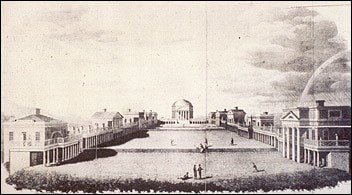 University of Virginia University of Virginia Rev. Knox had established a firm reputation of one of the country’s top academics. He had a correspondence with Thomas Jefferson’s proposed system of education for the state Virginia. Knox had proposed a similar system for Maryland, with the same lack of success that Jefferson had across the Potomac River. However, Jefferson may have been influenced by Knox’ essays when he designed the University of Virginia in 1816. One year later, the Frederick Academy’s former principal was offered a professorship in languages and belles lettres at the University of Virginia, but the plans fell through. Knox would stay at Baltimore College until 1819. In personal life, Rev. Knox’s wife, Grace, died in Baltimore in November, 1812. Ten years later, the feisty minister married a woman with a biblical name in Zeruiah McCleery. Zeruiah, whose name crudely translates to “pain,” was the daughter of Henry and Martha McCleery. Mr. McCleery and Zeruiah’s brother, Andrew, were accomplished architects with lasting connections to noted Frederick structures such as the second Frederick County courthouse, the second All Saints Church building on N. Court Street, and the Ross and Mathias mansions on Counsel (Council) Street. Knox and Miss McCleery were married on April 17th, 1822—the good reverend was 66 at the time and she was 39. Rev. Knox and Zeruiah would have no children. Perhaps the former Miss McCleery’s influence brought back to her hometown as Knox would return to Frederick and Frederick College in 1823. Rev. Knox continued his publication work and that with the church as well. However, his stay at Frederick College would be short as he was fired in 1827. Unfortunately, his demise here in western Maryland came because of a dispute with the trustees over retention of the Lancastrian method of instruction, which he had been utilizing. The Lancastrian, or "Lancasterian," system was devised by Joseph Lancaster (1778-1838) and has also been called the monitorial method in which more advanced students taught less advanced ones, enabling a small number of adult masters to educate large numbers of students at low cost in basic and often advanced skills. From about 1798 to 1830 it was highly influential, but would be displaced by the "modern" system of grouping students into age groups taught using the lecture method, led by such educators as Horace Mann, and later inspired by the assembly-line methods of Frederick Taylor, although Lancaster's methods continue to be used and rediscovered today. History summarizes Samuel Knox as a dedicated reformer with visionary plans for America’s future, however his downfall lay in the fact that he was also a despotic teacher and unable to bring his grandest schemes to fruition. Ideas of his, such as standardized textbooks, are things that are still with us today. Knox made final waves in early 1828 when he memorialized his trials by submitting to the state legislature an account of the treatment he received from the school's board of trustees with reference to his termination as principal. Knox retired in 1827 and busied himself with local activities such as leadership given to the Frederick County Sunday School Union. In trying to find a retirement home, my assistant Marilyn found that Mrs. Knox bought a property formerly owned by her father and today numbered as 29 East Second Street. Rev. Knox lived in Frederick until his death on August 31st, 1832. He was originally buried in Frederick’s Presbyterian burial ground once located at the southwest corner of N. Bentz Street and Dill Avenue. His wife, Zeruiah died in 1839 and was placed by his side. In September, 1863, both Rev. Samuel and Zeruiah Knox would be re-interred to Mount Olivet in the McCleery family lot, number 374 within Area H. For your reading pleasure, the following letter was written by Rev. Samuel Knox to Thomas Jefferson in November, 1818 while the former was still in the employ of Baltimore College. Baltre College Novr 30th 1818.
Sir, A gentleman of this city, and friend of mine, in passing, some time since, thro’ Virginia, and Near to your Seat, Informed me that he fell in with your Nephew Mr Carr, who kindly enquir’d after me—And also Inform’d him that he had Recently heard you expressing a wish, that if I was not otherwise engag’d, some place Suited to me, might be found in your intended University. Owing chiefly to that casual circumstance, as Related to me, and the idea also, that I shall soon be disengag’d I have presum’d on the Liberty of writing to you on that Subject. Ever since the popular ferment, previous to your Presidential Election, I have been the victim of Party Persecution. At an Annual Meeting of the general Assembly of the church to which I Belong, at Winchester in Virginia, in the month of May preceding your Election, I happen’d to be a Delegate from the Presbytery of Baltimore. In the Course of that Session it was Render’d manifest to several members from Pennsylvania—And from Virginia, of the same principles with myself, that thro’ the Influence of Jedadiah Morse, Near to Boston—and a few other influential men, then at the Assembly—it’s Sitting there, that year—Connected with some matters, then under discussion, was intended to prejudice the Southern Members, who Attended, against your Election. This, I Set myself Against with all the energies in my power And for which, however humble or limited the sphere of that power, or any personal Influence I possess’d, I was not soon to be forgiven. On the same Acct a hostile spirit was taken up Against me by the Trustees of Fredericktown Academy, at that time Under my Direction. The Messrs Potts—And other highly Fedl Gentlemen of that place Remov’d their Sons And plac’d them at Princeton college—Assigning as their Motive that they had been improperly Instructed by me. To counteract a procedure so groundless and malignant—I was forc’d to Send on an Address to the Faculty of Princeton college, Requesting, in the most earnest manner, an examination of the Youth from Fredericktown—And the favour of a certificate of the manner in which They had acquitted themselves on that Examination, on being admitted to their college. The Result was very flattering to me—I Receiv’d a certificate, which the circumstances mentioned Induc’d me to publish, “that no Youths had ever Entered that college, who Done more credit to themselves, or to their Instructor.” That, however, and the Desire of being disconnected from such Patrons of public Education—and parents who could so treat the Instructor of their Sons, Soon afterwards Induced me to Resign the charge of that Institution, at which I had previously a greater Number of students from the different counties in Maryland—and some from the adjacent counties in Virginia than was at that time, in the State college at Annapolis, tho’ Endow’d with an Annuity of Seventeen Hundred pounds—And Conducted by a Faculty of considerable Reputation as to literary Acquirements. After some disappointments, I was Induc’d to Settle in this City. Several friends Had Influenc’d me to Believe that I would Her[e] Breathe, in an Atmosphere, more Congenial with my principles and habits of thinking, than that which I had last experienc’d. At that time, a Number of the Respectable citizens of this place Had obtain’d from the Legislature of Maryland a charter for a college, on liberal principles; but without any Endowment, but such as might be Rais’d by a Lottery; or Voluntary Donations. The first Principal of this New Establishment was a Mr James Priestley—Now, I Believe, of Cumberland college, State of Tennesee. He Relinquish’d Baltre college on Acct of a Differenc[e] with it’s Trustees, Respecting the quantum of his Emolument. The College was Suspended for some time—And afterwards Resum’d Under my Direction. The tide of Party-Spirit, however, still Ran high against me—Not a Fedl Gentleman would put a Son under my tuition. The college of St Mary, in this place, was much more Congenial with their principles—And the Jesuitical Spirit of which, I had first the Honour of developing to the public. At present, tho’ Baltre College, without funds or Endowment, Still maintains an Existence—And tho’ many Youths of Considerable promise of Usefulness to their country Have here finish’d their Course of Education—And tho’ a few Patrons also particularly William Pinkney Esqre Late Envoy to Russia, still afford Us all their Countenance; Yet, the Institution is unable to Support itself, Against such discouragement, in any proper Consistency with it’s designation as a College. Indeed I Regret much, Having it to Say, that the Gentlemen of Any Influence, in this place, from whom I had Reason to expect most—Have Never Been liberal as to the patronage of public Education. Several of them think it, on a liberal scale, an Obstruction to Mercantile Success. Previous to the late war when those principles, for a time, Had the Ascendency in this State, Which I had, without Regard to persons or parties, always Considered, as most salutary to civil and Religious Liberty; I hoped to Obtain some Aid to our college from the Genl Assembly of the State—But the application was in Vain—The State Treasury, it was Said, could afford Nothing to colleges. Indeed, Several of the Fedl Gentlemen, then at Annapolis, frankly told me that Nothing would be Done for public Education, while that Party, to which I had attach’d myself, was in Power. Since that time, a Sectarian Spirit, still more Injurious to Liberal Education, has Arisen in Baltimore. The Catholics have their favourite Seminary. The Episcopalians theirs’—And the Methodists, the most Numerous of any, at last Session of Assembly, obtain’d a charter, for their Ashbury college, for which they Manifest their Usual Zeal and Exertion. In addition to all these obstructions to the Success of Baltre College, I was so Unhappy as to have a serious Difference with one of our Trustees, a Revd Gentleman of this city, on Account of Some Discipline to which his Son was Subjected at college. His Conduct to me, was most malignant and Unwarrantable, Tho’ a countryman of my Own, Himself too a persecuted man, Yet Neither the Sacred Investiture he Bore, Nor Any other motive that ought to Have Influenc’d his professional Example and character, Restrain’d him from a conduct toward me and my professional Standing and Interest, as unjust, and as malevolent, as Any Individual ever Resorted to, or adopted against another. I could not Justify myself in intruding on your attention, an Occurrence so disagreeable, Only that I have heard that man vainly Boast of the Interest he had in your Esteem—as also in that of Mr & Mrs Madison—And Judging from other circumstances in his conduct to me, equally as improbable, Did not know but the Breath of his malignity might, on some Occasion, such as this, Extend itself even to You A Consciousness of Integrity; And also an Open and impartial And Unanimous Decision of the matter at Issue, between us, by the Board of Trustees, in my favour, Have fully Convinc’d the Public, where it was known, of the ground of that Revd Gentleman’s Malignity—And that he Injur’d himself more by it, than he Did the Victim whom he so wantonly and perseveringly Sought to Overwhelm. Having thus, I fear disagreeably, Introduc’d myself—The only apology I can make for it is, That I Deem’d it necessary for your Information, in Judging Correctly of the following Overture, which I now take the Liberty, very Respectfully, to Submit. Having Observ’d in our public papers, that you Are particularly and Zealously Engag’d in founding an University in your Vicinity for the State of Virginia—And Judging that you will, consequently, Have to Employ a Variety of Professors or Instructors, to Supply the Different Departments in that Institution, I have thought that it might be possible that I would Succeed in Obtaining, thro’ You, Some place in it, Suited to My qualifications; And where my Services Migh[t] find also a more extensive Sphere of Usefulness, than Under existing Circumstances, my present Situation affords. Being a Widower—And my children, four Daughters, all Respectably and comfortably Settled in the world—And [m]ore independent, in that respect, than their father, my Views, I beg leave to Assure you, are not so much turn’d to Emolument—As to a sincere Desire of being more generally Useful to Society. At the University of Glasgow, where I finishd my course of Education—and there obtain’d the highest Degree Conferr’d on a Student, I pass’d thro’ a course of Genl Science and Literature—But as well there, as in my professional practice since, Have been most conversant with the ‘Literæ humaniores,’ or classical Learning. In that Department, I think I could still Render essential Service to Any Seminary founded on an extensive Scale of Usefulness—And tho’ Principal of a college, where I now Reside, would have no objection to Serve as a member of any faculty, in a University, in Any Department I thought myself qualified to fill with credit And Usefulness. Though considerably Advanc’d in Life, I Bless God I continue to enjoy good Health, And a capacity for Industry And exertion—And the smallest Greek print I meet with, I can yet Read without Spectacles—Notwithstanding all this, However, I fear I shall Stand Condemn’d, as to Age—by the garrulous egotism of this Letter, if on no other Account. In every Establishment, Such as that which I Suppos[e] You Now contemplate, much Depends on the talents, Zeal And Industry of the Faculty employ’d. Without these combin’d—It cannot Succeed. Without these, however liberally endowed It cannot be lastingly Useful. The greatest Characters for Scientific and literary attainment, Seldom make the best Instructors—And yet without Such characters, at least as part of the Faculty, No University Could be Reputable. Much Depends, also, on proper Accommodations. I have Seen Some few of the best colleges And Academies in Europe—And Several also in this country—But I have Seen none as well Calculated for preserving good Order and Discipline As I think they might be. When the Building and Accommodations of that in which I now Instruct, was in a state of preparation, I endeavour’d, to Have them adapted to my Views—But Owing to some of the Obstructions, already mention’d, I found that a Building Committee, or even An Architect or carpenter, was Consider’d, by a Majority of our Board of Trustees, as knowing better what was adapted to these purposes than the Instructor of long Experience. I Have now Submitted to you, with no little Reluctance, such circumstantial Information as I deem’d Necessary, for your being in possession of, Respecting any Individual, who should Aspire to the Honour of your countenance as a candidate for any Department in that laudable Establishment And Undertaking in which you Are Engag’d. That it may please Divine Providence to Spare your Useful Life, to See its’ Advantages Realised by Society, is the Sincere prayer of your greatly Respectful And most Obedt Hble Servt Saml Knox 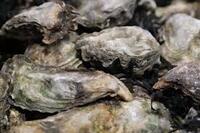 Wait a minute, did I miss Maryland oyster season? May is here already? What the heck happened to March and April?! It’s like they were here and gone in “the blink of an eye”—and this even with time seemingly on our hands while in self-quarantine with social distancing. Ah yes, Maryland oyster season. Many of us missed it --as it officially ended on March 31st. Those in the know are well aware that May does not contain an “R.” Neither does June, July or August for that matter. Luckily, here in Maryland, “the seafood gods” offer us the crustacean consolation of steamed crabs to help us get by until September. According to the Maryland Department of Natural Resources website: “The oyster season runs from October 1 through March 31. Harvesting Methods: A person may catch oysters recreationally only by hand, rake, shaft tong, or diving with or without scuba equipment. Also a resident may not catch oysters recreationally while on the boat of someone who is catching oysters commercially." 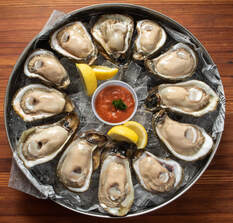 As is true today, oysters are only to be eaten in months with an “R.” This idea is an ancient one, dating back to sixteenth and seventeenth-century England. While some think it is just a superstition, there are actually good reasons for it, grounded in the fact that oysters spoil much more readily in warm weather. Furthermore, oysters are thin and have a less desirable texture and flavor during the summer, the period when they spawn. Oh well, Maryland oyster season has officially ended, but there are still some ways to get them as they are mostly farm raised this day, and plenty of frozen specimen are on, or in, ice as we speak! I usually revel in getting my fill as I enjoy frying up my own oysters on holidays, other special occasions, and for an occasional football tailgate. In addition, I have some friends that have the same adoration for oysters—a love borne out of annual treks made to Tilghman Island for all-you-can-eat oyster buffets in earlier, more care-free days before family obligations curtailed the practice.  "Tilghman" Haugh "Tilghman" Haugh I love both oysters and Tilghman Island, so much so, that I gave the place name to a former dog of mine. I chose the moniker "Tilghman" over naming him “Oyster," as that would have been a weird name for a canine. For those not familiar with Tilghman Island, Maryland, it is a small town located at the end of Talbot County’s Bay Hundred peninsula on the eastern shore of the Chesapeake Bay. Wedged between the Bay and the Choptank River, Tilghman Island is less than three miles long and a mile wide. It is named for an old Maryland family. Although Tilghman Island has seen 13,000 years of human habitation, many families came here after the American Civil War, attracted by the booming oyster industry and the opportunities it presented— ranging from dredging/tonging the oysters to packing/shipping the animals to nearby market centers. Tilghman Island became Maryland’s pre-eminent watermen’s community and home to the famed skipjack fleet. 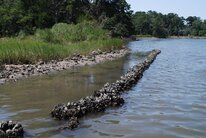 The Chesapeake is justifiably famous for its oysters. Indeed, one translation of the word Chesapeake from the Algonquian Indian language is “Great Shellfish Bay.” This was certainly the case when the first Europeans arrived to establish the colony in the 1600s. These numbers were the result of virtually ideal conditions for oysters in the Bay. It offered relatively shallow waters that were rich in nutrients and with generally firm bottom conditions. Forest-covered lands that bordered the rivers and creeks deterred erosion, which meant that little silt would cloud the waters and clog the gills of oysters. Ocean water from the Atlantic was diluted by fresh water flowing into the Chesapeake to produce the moderately salty water in which oysters thrive. Apparently, no serious diseases infected the shell beds. Finally, since the number of people living in the Chesapeake region for most of its existence was low, and since they had relatively simple technology for harvesting shellfish, oysters could grow and flourish without major disruption by humans. There is little evidence of seafood marketing during the colonial era in newspapers. It was the 1800s that saw oysters viewed as something more than just a local Maryland delicacy and food resource. The rise of cities such as Baltimore, Norfolk, Washington, DC, and Richmond spurred more demand for seafood, and harvesting of oysters and fish began to increase. In the 1830s and 1840s, several key events occurred that had a profound impact on both oysters and the Chesapeake Bay. One was the discovery of massive oyster reefs in the deep waters of Tangier Sound off Crisfield (MD). Another was the development of canning technology that made it possible to preserve oysters effectively. At the same time, the emergence of steam-powered ships and railroads meant that transportation became more dependable, and perishable seafood could be carried to distant markets. These innovations sparked commercial harvesting and the take of live oysters expanded rapidly. The boom began and later, so did “the oyster wars.” As for Frederick, we are certainly not considered to be on the water as Carroll Creek and the Monocacy River don’t count. However, we are well-connected to Baltimore, and have always been a bustling transportation crossroads kind of town with ample access to “the bounty of the Bay,” so to speak. In doing my usual research in vintage local newspapers, I often stumble across advertisements for purveyors of this particular bivalve mollusk. Here in Frederick, you could dine on these creatures in grand restaurants, blue-collar bars and at home thanks to carry-out retailers who provided “curb-side service” back in the day. There were actually hucksters who use to sell oysters out of a portable stand in the same manner of hot dog and pretzel vendors in big cities. Long gone, I sought to “dredge-up” a few of those “brackish” oyster entrepreneurs of the 19th century, hoping of course to find some of them buried here in Mount Olivet Cemetery. Here are the results, however, I may warn you that I found plenty of pearls which extended a single story into three-parts herein contained. Bon appetit! Frederick Getz One of the earliest mentions found of an oyster establishment in Frederick was that of Frederick Getz, who advertised in the Republican Gazette newspaper of Frederick in 1823. Mr. Getz was born in Lancaster County, Pennsylvania in March, 1781. He had recently re-located to Frederick from Baltimore, likely seeking the opportunity the inland town represented as a new market for the Chesapeake Bay delicacy. According to ads, Frederick Getz opened a confectionary store in Frederick in 1823, and was residing with his wife, Mary, on East Patrick Street in the stone house formerly occupied by Dr. Bogen between the grocery stores of Stuart Gaither and Thomas Conner. Gaither's grocery store was on the south side of East Patrick, roughly where Jojo's Restaurant and Serendipity Market are now. Little is known about Mr. Getz because his time here in town was brief. While in Baltimore, he had opened an oyster establishment in a landmark structure known as the Stone Tavern at the northeast corner of Bridge (today’s North Gay Street) and North Front streets in Baltimore in 1822. He advertised this as a place of entertainment featuring oyster suppers. Beforehand, Getz had a confectionery business in Charm City. 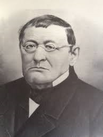 J. Engelbrecht J. Engelbrecht Frederick Getz' big plans for Frederick, the town that shared his name, were short-lived as he would suddenly pass--just one year after he arrived in town. Diarist Jacob Engelbrecht chronicled the event in his diary on Tuesday, September 14th, 1824: “Died this forenoon in the 42nd year of his age, Mr. Frederick Getz (resident of this place about 2 years). In all probability he will be interred with Masonic honors as he belongs to that “Parish.” Buried German Reformed graveyard.” Getz, along with over three hundred others, remains at the Old German Reformed burying ground, today better known today as Frederick’s Memorial Park, located at the corner of North Bentz and West Second streets. His name appears on a plaque on the east end of the park. His grave could be under one of several 20th century war monuments. Alfred D. Bladen In late September, 1823, advertisements began running in the local Frederick paper for the oyster establishment of one, Alfred D. Bladen. This was the same time that Mr. Getz opened his business in town. Bladen can be found living in Richmond, Virginia in the 1820 census. His foray into Frederick occurred in the winter and start of 1823 in which he apparently sold oysters. We next get a glimpse of him in May (of 1823)at which time he is advertising his services as an upholsterer and located in the old law office building on Court Street across from the Frederick County Court House. As a side note, this is not the small building that exists today, but one that existed slightly north of this site and likely served as an early office for Francis Scott Key as it had been used primarily by lawyers as such. The following month, Jacob Engelbrecht reports that Bladen’s rental dwelling, also used as his residence, was involved in a fire. Apparently there was a high degree of gossip and hearsay attached to this unfortunate incident—enough indeed for Mr. Bladen to acknowledge his displeasure, complete with a stern warning to his critics. The oyster house ad above states that he (Bladen) has found a new home on Patrick Street by the fall of 1823, and asks patrons to “consider his losses sustained in his late calamity.” The next mention I could find of this man is in the Baltimore papers in May, 1826. Alfred D. Bladen seems to have turned things around and eventually opened a new establishment in Washington, DC called the Eagle Tavern, and positioned near the capital, in 1828. He experienced nice success at first but was subsequently kicked out by his landlord for failure to keep up with his rent. Apparently, he would make another move to Norfolk. Virginia in spring, 1832. Tragedy struck the following September as he had two children die in the infamous cholera epidemic that hit our country. Mr. Bladen, himself, would die in May, 1833 at the age of 39. I'm assuming that he was buried in Norfolk, but his gravesite may be unknown at this point. William Saunders The oyster cellar of William Saunders must have been one to behold. In addition to having oysters prepared anyway you'd like, you had the greatest beer selection in all of western Maryland at the time! The location in which Mr. Saunders would conduct business was smack dab on the National Pike and in the middle of Frederick's early hotel district. This exact location, on the northeast corner of West Patrick and Court streets, would be the scene of several oyster establishments in the decades to follow. Upon finding the above advertisement, I immediately became curious as to the label of "oyster cellar" used by Mr. Saunders. I soon learned that establishments serving our "shellfish in question" went by various names, especially when paired with beer in a bar-like setting--case in point, oyster bars. Oysters were seen as a cheap food to accompany beer and liquor so you could also find both in oyster parlors, oyster saloons, or oyster cellars. These establishments were often located in the basement of establishments where keeping ice was easier. As the ad above declares, Saunders kept his "oyster cellar" under a tailor's shop at that time. William Saunders was operating a bar of some sort here in town as early as 1822, this based on newspaper listings. He, himself, only had a five-year run as I would learn from Frederick diarist Jacob Engelbrecht who mentions Saunder's death in a brief entry made on October 18th, 1827. "Died this day in the year of his age, Mr. William Saunders (oyster man) of this place a native of England." I also learned from Engelbrecht that Saunders had a business associate who had "crossed the pond" with him to America. This was a man named Abraham Sherwood, a right hand man in running the oyster cellar in Frederick. Sherwood was a tailor from Kent County, England, and I'm thinking that he could have kept the business above ground during the day. Mr. Sherwood died two years after Saunders in 1829. Both men were originally buried in the old All Saints Protestant Episcopal burying ground, once located atop the hill between East All Saints Street and Carroll Creek. They shared a headstone here that gave more information about each. It read: "Cemented by Love (displaying a Masonic Compass and Square) William Saunders died Oct'r. 18th 1827, aged 41 years. Native of England." and "Abm. Sherwood died April 15, 1829, aged 42 years, Native of England." I'm not going to read anything into the "cemented by love" expression, but I assume the two were very close, regardless. 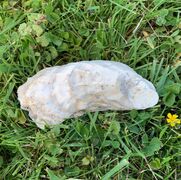 In 1913, the bodies of these two gentlemen were moved to Mount Olivet. Saunders and Sherwood are buried in Mount Olivet's Area MM in lots purchased by the All Saints' Vestry in 1913 as part of a mass removal project of the church' s old burying ground. Saunders is recorded as being buried in Lot 52. As was customary with shabby looking grave markers, the headstone mentioned above is noted as being buried beneath ground here in the vicinity. Sherwood is within Area MM/Lot N-35, the mass grave which holds n 285 other bodies. 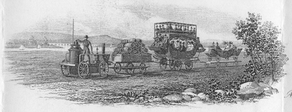 John G. Holmes Another early spot in town for oysters doubled as an early election precinct location in 1831. This was the oyster house of John G. Holmes, of whom I have been able to find little except him living in Frederick at the time of the 1830 census. Perhaps Holmes picked up the former business of Getz, Bladen or Abraham Sherwood, but I have not made a definitive connection. He appears to have overcome some financial challenges a few years previously and was operating fine. The interesting thing about the timing here is that the Baltimore & Ohio Railroad came to town that same year. As mentioned earlier, this surely provided a more dependable means to safely bring oysters in regularity to the people of town. 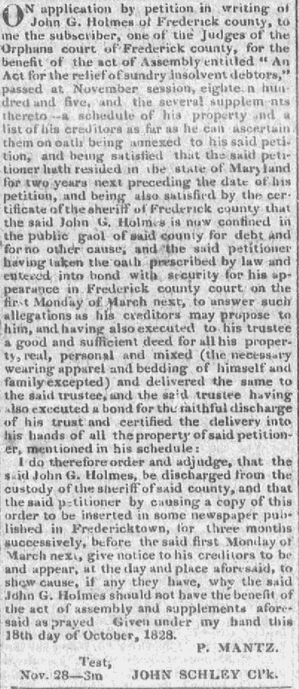 Republican Gazette and General Advertiser (Jan 16, 1829) Republican Gazette and General Advertiser (Jan 16, 1829) My assistant, Marilyn Veek, found a brief article from 1828 regarding John G. Holmes being jailed for being insolvent. I have included it to the right for your reading pleasure. On the bright side, Holmes was an "engine man" for the Washington Hose Company in 1829. We also found that the John G Holmes Oyster House would serve as a voting precinct for Frederick's Ward 5 in the Corporation election of 1831. Thanks again to the Diary of Jacob Engelbrecht, we have an idea of what eventually became of Mr. Holmes, another oyster promoter who died far before his time: Died last evening in the year of his age (38), Mr. John Glen Holmes, Shoemaker, son-in-law of the late Daniel Cassel. His death was rather sudden, having been struck on the neck by Harrison Knight in a dispute which took place in George Rice’s cellar (a Restarature kept by a Mr. Keach). His neck was broke and instantly died. Mr. Knight was not aware that he had killed him and left the cellar for home. He delivered himself to the Sheriff immediately thereafter, say several hours. Mr. H. was buried this evening at 6’o’clock on the Lutheran graveyard, east end of Church Street. Sunday, July 29th, 1838 Engelbrecht mentions a second Lutheran burying ground in downtown Frederick. This was located on the southeast corner of today’s Everedy Square at the intersection of East Church Street extended and East Street. Most of these bodies were re-interred to Mount Olivet in the early 20th century. I found that we have several members of the Holmes family here at the Mount, but not John G. Holmes. There is a possible son by the name of John Lewis Holmes (1824-1893). He and other Holmes relatives are in Mount Olivet’s Area P/Lot 110. I've even theorized that there is a remote chance that John G. Holmes is here without a stone, or there could have been a bit of record confusion upon the time he was brought in to our cemetery. Not to be a downer, but these large-scale reburial operations always had good intentions of having "no one left behind"—but it was a difficult task, and some bodies didn't make the trip. I’m not saying that Mr. Holmes is residing under Talbot’s Department Store, but since he's not clearly visible in our cemetery records, there is a mathematical chance. That said, I was delighted to find Holmes’ killer, Mr. Knight, buried within Mount Olivet’s Area Q/Lot 96. With the early demise of all five of our earliest known “oystermen of Frederick,” I began to think that there could have been some curse associated to their business staple, as it clearly can be seen that “the world was not their oyster.” I also started wondering how healthy oysters were for you back in the day. I'm sure it was merely coincidence that each of these men died before they were 44 years old. Regardless, Frederick was very progressive to have multiple oyster purveyors dating back to the 1820s. 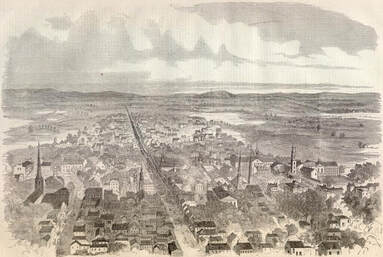 Frederick (c. 1862) Frederick (c. 1862) By 1850, nearly every major town in North America had some sort of oyster bar in their vicinity. The oyster was well on its way to becoming arguably the most popular food of the 1800s. Following its earlier popularity in Great Britain, the celebrated mollusk was as American as apple pie. So the next time you want to honor your nation’s culinary past, why don’t you try serving this wonderful seafood. It was a common thread between old and young, rich and poor, black and white, and in the early 1860s, North and South! During the Civil War era, I found a few wholesale and retail establishments advertised. These included men such as Jefferson Boteler, Ambrose Carson and George Freaner, buried here in Mount Olivet, and another named George Shaffner. I could find very little on each, probably because they seem to have been journeyman as opposed to locals for life. It also seems that some of these men tried a hand at living in Baltimore, perhaps in order to achieve a deeper connection to their trade. Perhaps this was a deadlier task than eating oysters daily? A native of York, Pennsylvania, Ambrose Carson was a carpenter whose specialty was making chairs. His wife was from Baltimore and likely had a pipeline to oysters. Ambrose appears as an early supplier to Frederick in the wholesale/retail realm. George Washington Tice Shaffner was the son of Peter and Ann Shaffner, who were re-buried in Mount Olivet after original interment at Evangelical Lutheran's burying ground off East Street. Shaffner's oyster house location, mentioned in the above ad, says that he was three doors above the Junior Fire Hall which had its original home on North Market Street to the immediate north of today's Brewer's Alley Restaurant. George Shaffner married Mary Exline in 1875 and bought a house on East Patrick Street in 1877, but seems to disappear from the record, at least locally. It's interesting to note the former occupations of some of these oyster purveyors. I often see confectioner, which I always thought was something that related to a person whose occupation is making or selling candy and other sweets. I guess there is a close relationship to cakes, doughnuts and fried oysters, (sometimes called oyster fritters) than I had originally thought. Vincent Freaner is an example of someone that made the leap. Freaner's location was near Frederick's Square Corner intersection of Market and Patrick streets, just one door north of the old Frederick County National Bank building. "Frederick's Oystermen" Part II I would venture to say that one of the most colorful of "oyster salesmen" during the period of the 1850s, 1860s and 1870s was Jacob Haller, Jr. —a former veteran of the War of 1812. From mentions I have read of this man, his oyster business at least dates back to the year 1860 where the census lists "the old defender of Fort McHenry and Baltimore" as a restaurant keeper. Jacob Haller, Jr. was born on June 29th, 1795 to Jacob and Anna Maria (Hockwerdter) Haller. He grew up in south Frederick and served in the 1st Regiment, Maryland Militia under Capt. Nicholas Turbutt from July 23rd, 1814 to January 10th, 1815 during the War of 1812. Haller was twice married, the father of ten, and began his working career as a saddle-maker. Haller was very active with the fire community and also dabbled a bit in politics, elected as a member of the town's Common Council in 1841. In 1850, he can be found living in Baltimore but returned home somewhere within the decade, likely to begin his retirement. For one reason or another, he decided to open up a bar/restaurant on South Market Street near its intersection with All Saints Street. Jacob Haller's Tavern, also known as Haller House, was in operation until the early 1870s. The location consisted of current day properties 68, 70 and 72 on the east side of the street. Mr. Haller was a loyal member of Frederick's Washington Hose Fire Company, and later United Fire Company whose "Swamp Hall" was practically across the street. I’m sure he made a killing off his fire company buddies who I assume loved nothing more than beer and oysters. Jacob Haller, Jr. died on August 14, 1873 at the age of 79. His property would be auctioned off at the City Hotel shortly thereafter. Phillip Haller obtained ownership of the Haller property in September 1874. Philip appears to have run the establishment for a few years before selling it in 1878. Jacob’s son, Charles Edward Haller (1847-1907) would graduate into the oyster business as well in the early 1870s. Born November 11th, 1847, Charlie Haller had taken over the main responsibilities of his father a few years before the elder Haller's death. A printer by trade, "Buck" Haller successfully made the transition to restaurant keeper. He gave the old place a makeover and certainly left a lasting impression on the city as having the most industrious, progressive and successful bivalve run of anyone. Charles E. Haller would move on from the Haller House location and join Isaac Landauer in operating an oyster eatery named "the Gem" on West Patrick Street. This place, once the site of Turbott's Tavern, run by his father's old military commander, was made a new addition to the City Hotel, and located near the intersection with Court Street. This was almost the same locale of the oyster bar run by William Saunders and Abraham Sherwood some fifty years earlier. After a year and a half, Haller would serve as sole proprietor. In 1875, "Buck" Haller made another move of two blocks to another location. He would set up shop in the basement of the Bentz Building on the northwest corner of Church and Market streets. Today, this location is home to the popular Tasting Room restaurant. Haller's youth, drive, charisma and marketing brilliance, exhibited by delivering free samples to the newspaper staffs of town, set him apart from his competitors. After a couple years, young Charlie Haller was on the move again, this time choosing a a location closer to his roots on South Market Street. The destination was on the north side of Carroll Creek, on the west side of Market. Today's La Paz restaurant's patio marks the approximate location. A former employee, John F. A. Fox had tried giving this location a go, likely bankrolled by Mr. Haller himself, but surrendered it to his former employer and selling a partnership to his own brother-in-law in an effort to go to work selling oysters for a man named Washington P. Marman. Mr. Haller would give this saloon a makeover as well, attracting a higher brow clientele then those it had been dredging up for years. He renamed the establishment the “Green House Restaurant." I found that Mr. Haller did some novel advertising in the local papers, and even placed ads in Thurmont’s Catoctin Clarion to attract north county patrons. The 1887 Sanborn Insurance Map shows clearly the location of the saloon on S. Market at Carroll Creek, operated by C. E. Haller as "the Green House Restaurant." Haller would run The Green House, the premiere place for oysters and seafood in town, until 1893, when he decided to sell it. He would set up shop again on East Patrick Street and then would attempt to retire later in the decade. This would be short-lived as he would be hired by a former employee named Charles N. Hauer to be the manager of the Buffalo Hotel's restaurant in 1898. Ironically, The Buffalo been the site of the earlier Gem Restaurant he oversaw some 25 years earlier. Haller helped Hauer on his way, and stepping aside after a year to lead a quieter life for health reasons. Mr. Haller died in 1907, and would be buried in Area C/Lot 94. His extensive obituary tells the story of a very successful businessman in various endeavors in addition to oysters. In my opinion, he should hold the title of "Oyster King" of Frederick City. Frederick's Oystermen Part III By the late 1880s, an "oyster craze" had swept the United States, and oyster bars were prominent gathering places in Boston, Chicago, Cincinnati, Denver, Louisville, New York City, and St. Louis. An 1881 U.S. government fisheries study counted 379 oyster houses in the Philadelphia city directory alone, a figure explicitly not including oyster consumption at hotels or other saloons. In 1892, the Pittsburgh Dispatch estimated the annual consumption (in terms of individual oysters) for the city of London at one billion, and the United States as a whole at twelve billion oysters. The 1880s seems to have been "the high water mark" of competing “oystermen” in business here in Frederick. A prime example is the clipping above featuring several oyster-related advertisements found in the January 14th, 1884 edition of the Frederick News. As a matter of fact, if you were one of the "shuckin' lucky ones," you could have found oysters and beer in the streets of Frederick on one glorious day that same year. Fox & Marman John Frederick Augustus Fox was born on September 29th, 1852. His father, a successful tinsmith, was born in Stadthagen, Germany, and came to this country in 1841, where he settled in Middletown. Interestingly, tinsmiths played a major role in the growing commercialization and consumption of oysters through their ability to make storage cans. Perhaps young John was brought into the industry through this avenue? Whatever the case, John F. A. Fox worked as clerk under Charles E. Haller at the "Gem Restaurant" dating back to 1871. He was only 19 years-old at the time. Fox followed Mr. Haller to various other locations and eventually became a partner in The Green House location along Carroll Creek. Around 1883, for one reason or another, Fox’s brother-in-law (Henry Dertzbaugh) bought out his interest in the firm. John F. A. Fox went to work for Washington Marmon as a salaried clerk. Interestingly, his name would be used as a member of the firm--Marmon & Fox operated on South Market Street. John F. A. Fox was married, but had no children. He was a member of the Independent Fire Company. Sadly, in January, 1884, just weeks after announcing a reopening of the business, John F. A. fox died at the age of 31. He was buried in Mount Olivet’s Area Q/Lot 53. Washington P. Marman conducted the oyster business until the time of his own death (February 25, 1892). This was just over eight years after that of Fox. Born September 15th, 1823, Mr. Marman had an interesting background that included being a Union soldier in the Civil War, along with working on Frederick's earliest police force. He had previous experience in the hospitality trade as a one-time owner of the Black Horse Tavern that once graced the bend on West Patrick Street. He is buried in Mount Olivet's Area R/Lot 71. Lewis Hager For a guy who earlier in life was called upon to help quell John Brown's ill-fated insurrection attempt at Harpers Ferry in 1859, keeping control of rowdy patrons within an oyster saloon was likely not much of a challenge. The native Pennsylvanian was born in 1837 and living here in Frederick by the 1850s. Lewis Hager was a member of the Independent Riflemen (a fire company which doubled as a local militia group) and was among the first responders on the scene in Harpers Ferry, 25 years before he opened his business at a location on Court Street which was formerly operated by a J. William Brubaker since 1872. Mr. Brubaker would relocate to Columbia, Pennsylvania (between York and Lancaster) in 1885, opening the door for the cagey former militiaman, who was cursed with a rival town's name. Hager set up shop at #12 Court Street in the basement of Black's Hotel. Mr. Hager's parents were natives of Germany and the he can be found living in Frederick in the 1860 census. He was likely born in Perry County, Pennsylvania, and came to Frederick to live with his uncle after his biological father died in 1852. His birth mother seems to have died around 1839. Hager is listed as a carpenter, the profession of his stepfather/uncle Henry Hager, in the 1870 and 1880 census records. Lewis had married the former Mary C. Burck in 1862, and the couple owned two properties in the vicinity of the intersection of West South and Burck streets. He bought one property in 1875 from his mother-in-law, Christiana Burck, who can be found living with he and his wife in the above-mentioned census records. The Hagers also had a daughter named Rachel. It appears that Mrs. Hager assisted her husband as dining room manager. I could not find out why they chose to use the verbiage "re-opened" in the 1886 advertisement above? Perhaps they closed shop temporarily for personal reasons, or had a brief closing based on the oyster season, although I found nothing in newspaper searches of 1885. In 1890, the Hager's restaurant was among three dining establishments mentioned in a commercial directory feature in the Frederick News. The others included the previously mentioned Charles E. Haller, and a Mr. Job. K. Sheppard. Mr. Sheppard was a staple in the neighborhood, and would locate right next door in the summer of 1885 or so it appears in the papers. Interestingly, this is a period when the Hagers stopped advertising. Perhaps there was a business handoff for a while? I think that the property the Hagers were leasing was subdivided by ownership to accommodate both entities.
Job K. Sheppard I mentioned Job Kelsy Sheppard earlier in conjunction with Lewis and Mary Hager. He was born on April 14th, 1838 in New Jersey and came to Frederick as a shoemaker, at least according to the 1860 census. He was a member of the Junior Fire Company at this time and served in the Junior Defenders militia company. From a newspaper article of that time, he was praised as the company's best marksman. This came in handy as he would serve in the ensuing Civil War. In 1870, Sheppard was working as a hotel clerk for Mr. Frank B. Carlin who took over operation of the former Dill House at the corner of West Church and Court streets. Job came into the "oyster business" from another angle as he was listed as a brewer according to the 1880 census. Mr. Sheppard seems to have begun operation of his own dining establishment in 1885. I have a strange feeling that he may have been bankrolled by his old boss, Frank B. Carlin, who also happened to be married to his sister, Ann (nee Sheppard). Maybe Mr. Carlin could have owned the Court Street properties next to his hotel and livery stables and simply set-up Sheppard in an effort to compete with the Hagers?-- as his hotel guests were going somewhere to eat, and the eateries on Court Street were the closest choices. I also found that Mr. Sheppard was among the first restaurateurs in town to carry a familiar beer that is still with us today. In 1888, Job was given the "job" as manager of The European House, the elegant dining hall associated with the City Hotel. This had been run under the name of "The Gem" by Charles E. Haller a decade earlier. I'm thinking the selection of Job K. Sheppard came due to the fact that Mr. Carlin took ownership of the City Hotel at this time, and brought his faithful brother-in-law with him. Meanwhile, Sheppard still continued to run his popular restaurant around the corner on Court Street. Life marched on for Job Sheppard and almost every article I read about him talks about how nice and personable he was. He also seems to have possessed a great sense of humor and did some things to make himself stand out as the manager of what would become known as the finest dining location in town. Sheppard was aided by his right-hand man and barkeeper, Theodore Knodle. In looking for info on Knodle, I found him living on West Patrick Street in the 1880 census and working as a barkeep. He seemed to be the Yogi Berra of his day in regard to seafood talk, as he was regularly quoted in the Frederick News. Everything was going fine for this awesome duo until the fateful night of August 22nd, 1896. Charles N. Hauer The enormous demand for oysters was not sustainable.The beds of the Chesapeake Bay, which supplied much of the American Midwest, were becoming rapidly depleted by the early 1890s. Increasing restrictions on oyster seasons and methods in the late 19th-century lead to the rise of oyster pirates, culminating in the Oyster Wars of the Chesapeake Bay that pitted poachers against armed law enforcement authorities of Virginia and Maryland (dubbed the "oyster navy"). In 1883, an understudy of Charles E. Haller, named Charles N. Hauer, took charge of the Haller Dining Rooms establishment at Church and Market when his boss relocated to the Green House a few blocks to the south. This was quite an opportunity for Hauer, a distant relative of Frederick's famed heroine, Barbara (Hauer) Fritchie. Just a few years prior he found himself a cigar maker, along with his brother, Fritchie Hauer. Their father was a cigar-maker. Charles Nicholas Haller was born October 5th, 1859, the son of George N. and Lucretia (Poole) Hauer. He was one of nine children and spent most of his life living on South Market Street. He got the chance to learn the business from a great teacher, Charles E. Haller. Now at the helm, he took the opportunity to re-use the name of "Gem Restaurant" for the restaurant on the corner of Church and Market streets. Charles continued to run The Gem for years at this locale. He married Clara Filby in 1887, but the couple had no children. Charles would really experience a strange degree of fame in the form of a medical testimonial he would give for Hood's Sarsaparilla in the year 1892. His face would appear in newspapers coast to coast. The following ad appeared in the March 2nd edition of the Philadelphia Times. Perhaps if one had bad blood, the tempting intake of raw oysters and alcohol, readily available at work, may not have been the best career choice. But what do I know? Charles would eventually leave the Gem to take a job at the establishment on West Patrick earlier mentioned and named European House. Ironically, this was the original "Gem" location for those keeping score at home. Actually, the City Hotel next door would receive a makeover under new ownership after the death of Frank B. Carlin. It became the New City Hotel. The European changed hands as well and would come to be known as "The Buffalo Hotel and Restaurant." Wisely, Charles Hauer soon brought in his mentor with like name to help him manage the new venture. Mr. Charles E. Haller moved into retirement in 1899, leaving Charles N. Hauer to make a name for himself. The world was clearly his oyster, or buffalo, take your pick. Mr. Hauer was at the top of the oyster heap at the start of 1901. The Buffalo restaurant was roaring and the "Roaring Twenties" were still a few decades away. Unfortunately, Hood's Sasparilla would not be a sure-fire cured for what "ill-ed" Charles N. Hauer. He would pass on March 10th, 1901 at the age of 41. His death certificate in our cemetery files gives pneumonia as cause of death. He would be buried two days later in Area L/Lot 82. His gravesite can be found directly behind the Key Memorial Chapel. Just look for the sizeable monument with the BPOE Elks symbol on it, as Hauer's widow (Clara) would remarry a man (William Myers) belonging to the fraternal order, and proud of the fact, I might add. 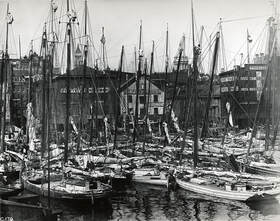 Oyster boats in Baltimore Harbor Oyster boats in Baltimore Harbor Nowadays, tavern food has expanded to things such as hamburgers, nachos, hot wings, and mozzarella sticks. But hail to the bivalves! Raw bar items such as oysters, mussels and clams, along with decapod crustaceans in the form of steamed shrimp, are a special treat, and go incredibly perfect with beer any day of the week, and twice on Sundays. Frederick has continued to welcome oyster establishments and retail sales since the bawdy 19th century and height of the "oyster craze." The mollusk can be found at a multitude of restaurants throughout Frederick City and county and serve them up in a variety of ways. On top of that, oyster fritters are still a delicacy sold as fundraisers by groups ranging from churches to fire companies. As I said earlier, firemen love oysters! Ironically, my last "meal out" was the night before the mandatory quarantine of dining in restaurants went into effect. I enjoyed a fried oyster dinner at Callahans. Now that was a heavenly "final supper" so to speak—I wouldn't have traded it for anything. |
STORIES
|
Archives
July 2024
June 2024
May 2024
April 2024
March 2024
February 2024
January 2024
December 2023
November 2023
September 2023
August 2023
July 2023
June 2023
May 2023
April 2023
March 2023
February 2023
January 2023
December 2022
November 2022
October 2022
September 2022
August 2022
July 2022
June 2022
May 2022
April 2022
March 2022
February 2022
January 2022
December 2021
November 2021
October 2021
September 2021
August 2021
July 2021
June 2021
May 2021
April 2021
March 2021
February 2021
January 2021
December 2020
November 2020
October 2020
September 2020
August 2020
July 2020
June 2020
May 2020
April 2020
March 2020
February 2020
January 2020
December 2019
November 2019
October 2019
September 2019
August 2019
July 2019
June 2019
May 2019
April 2019
March 2019
February 2019
January 2019
December 2018
November 2018
October 2018
September 2018
August 2018
July 2018
June 2018
May 2018
April 2018
March 2018
February 2018
January 2018
December 2017
November 2017
October 2017
September 2017
August 2017
July 2017
June 2017
May 2017
April 2017
March 2017
February 2017
January 2017
December 2016
November 2016

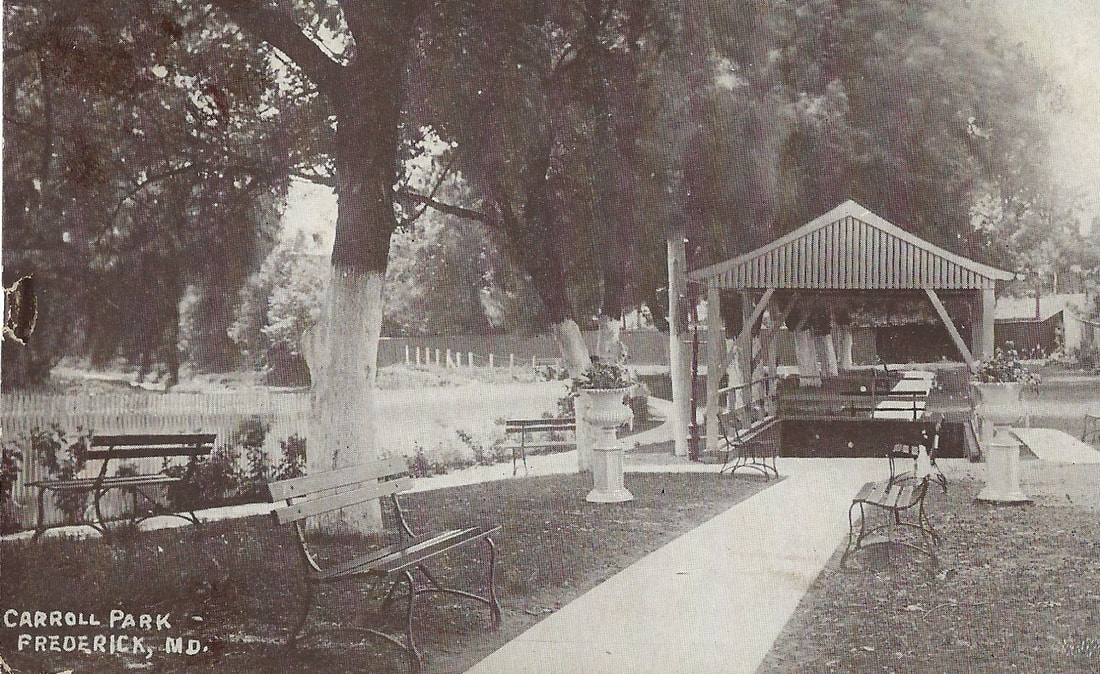
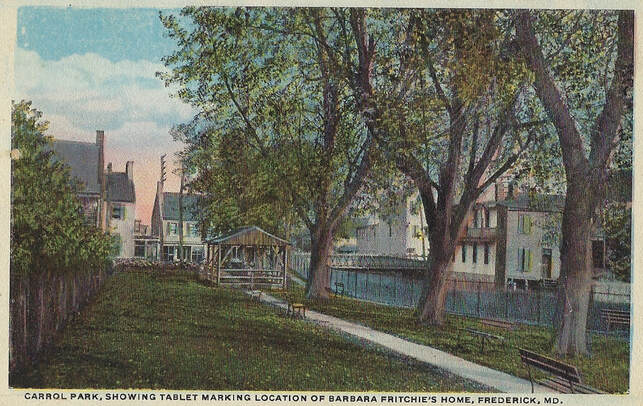
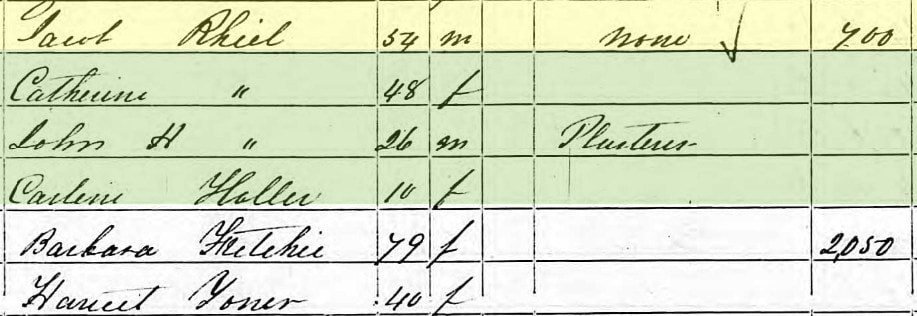
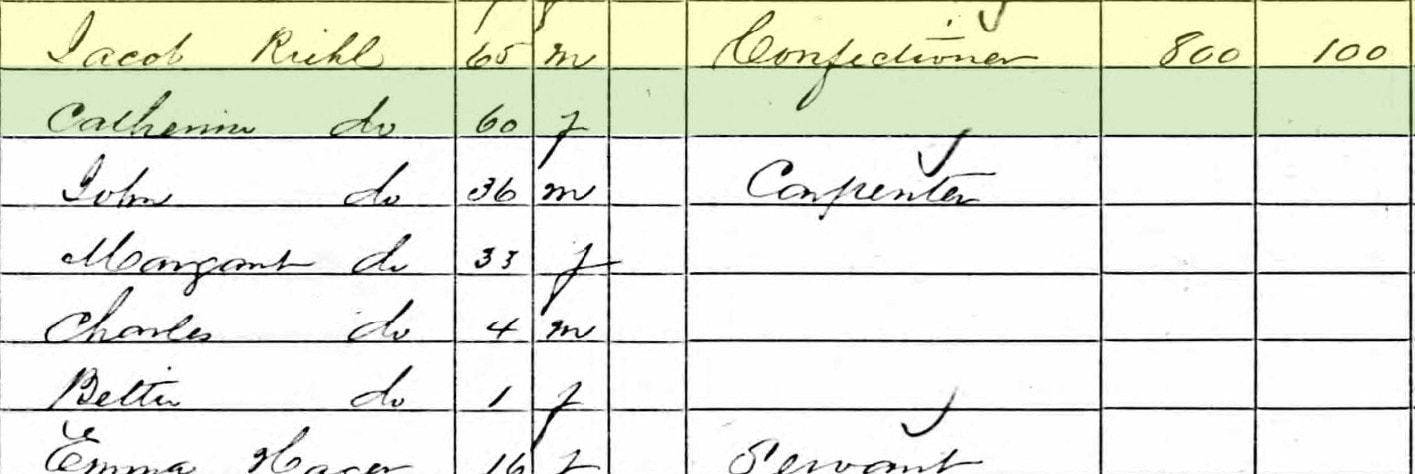
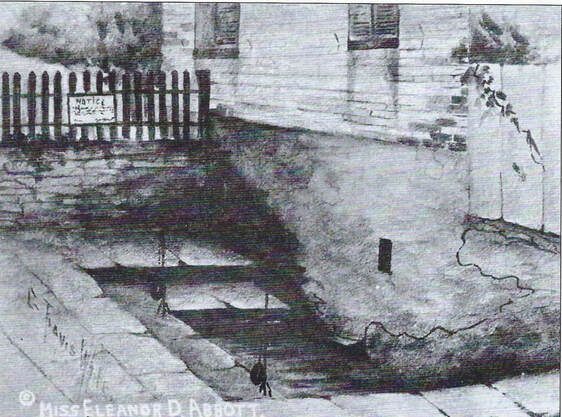
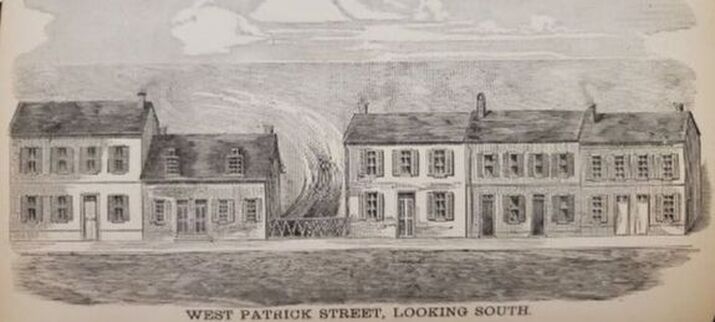
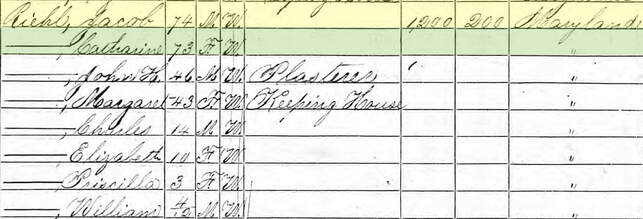
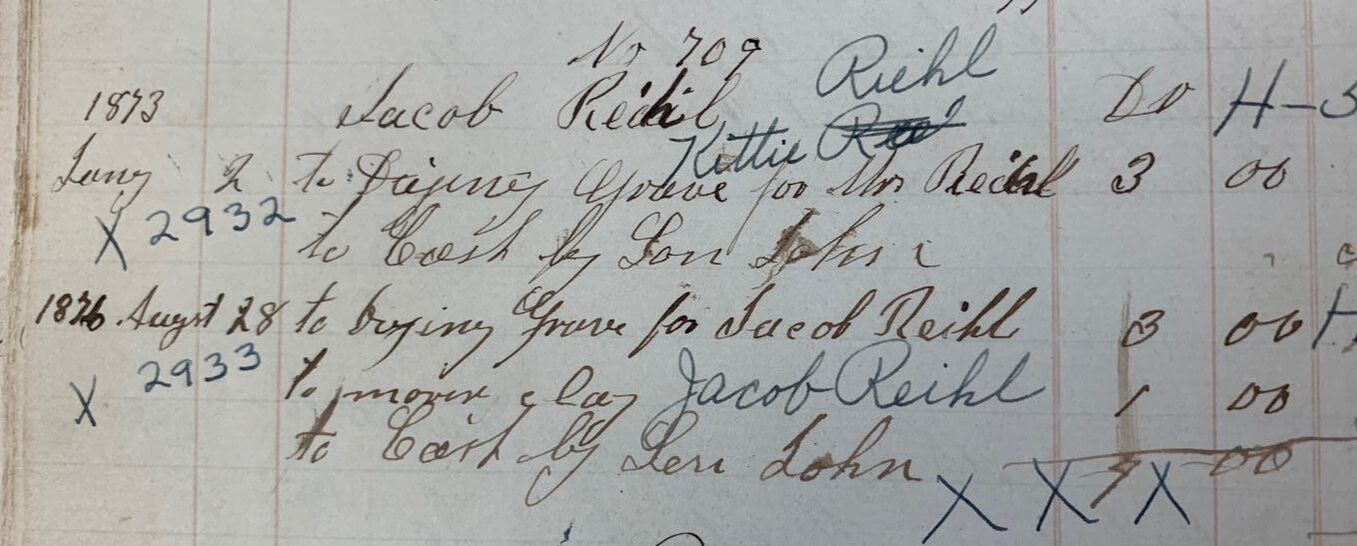
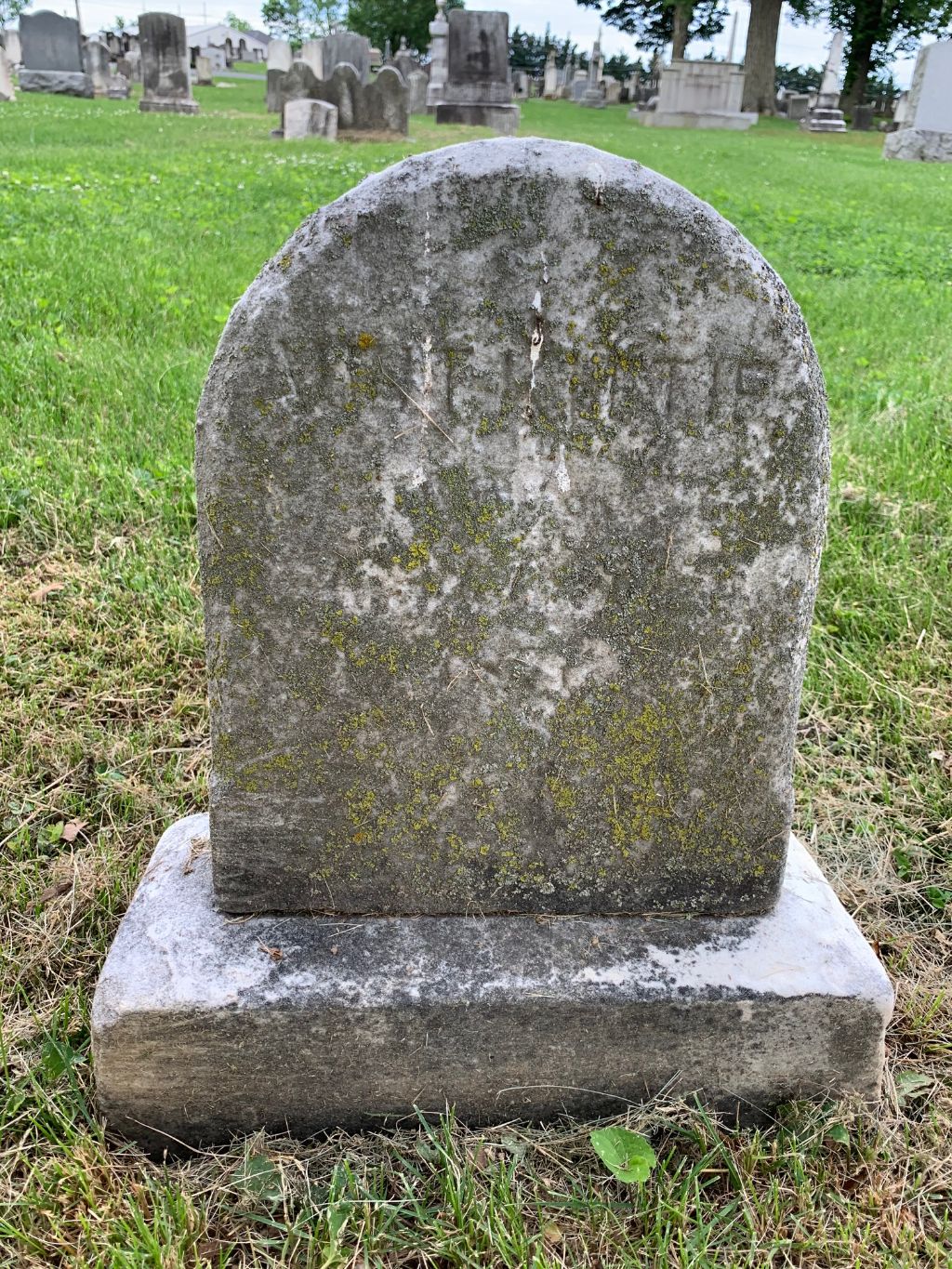
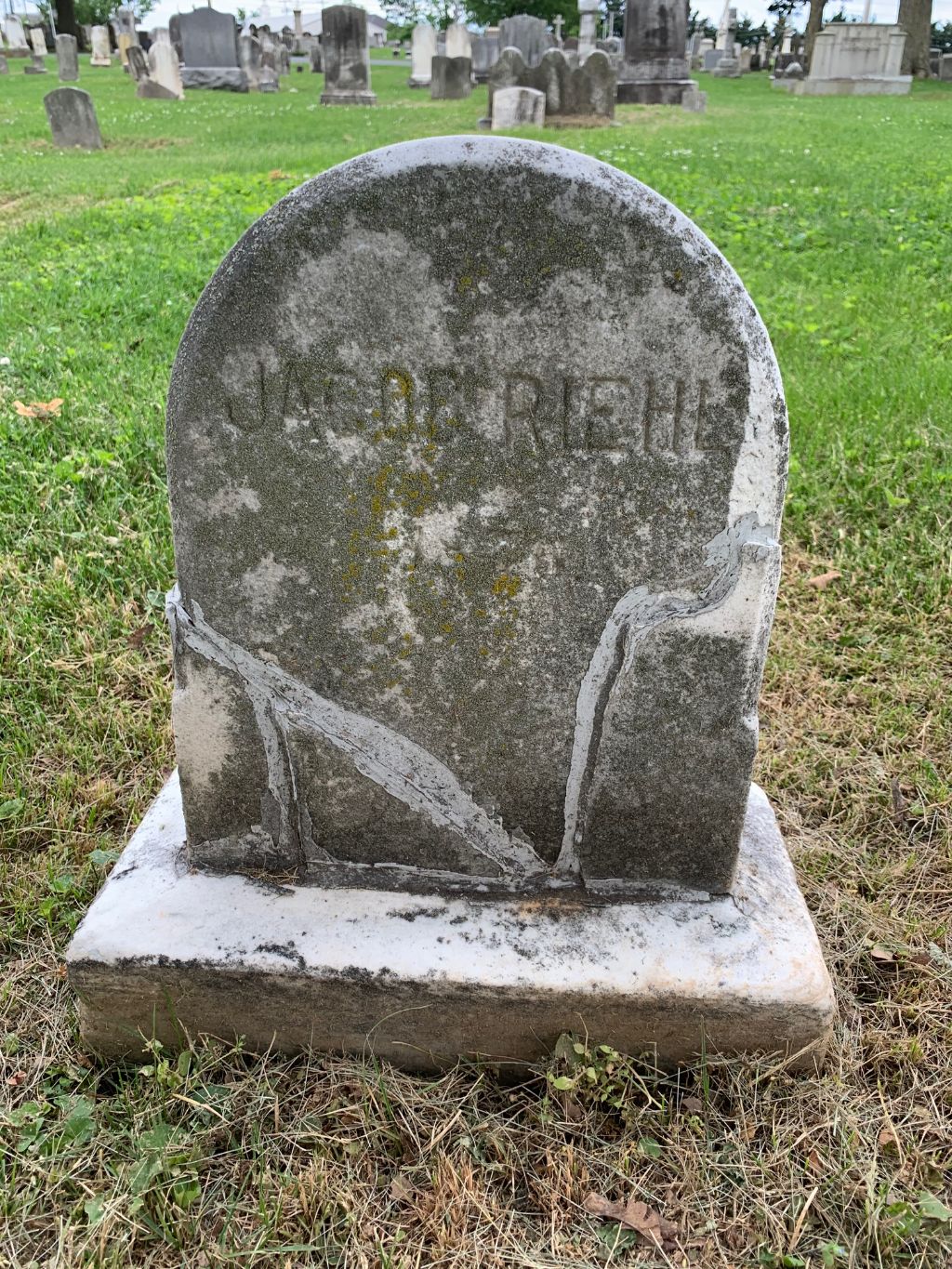
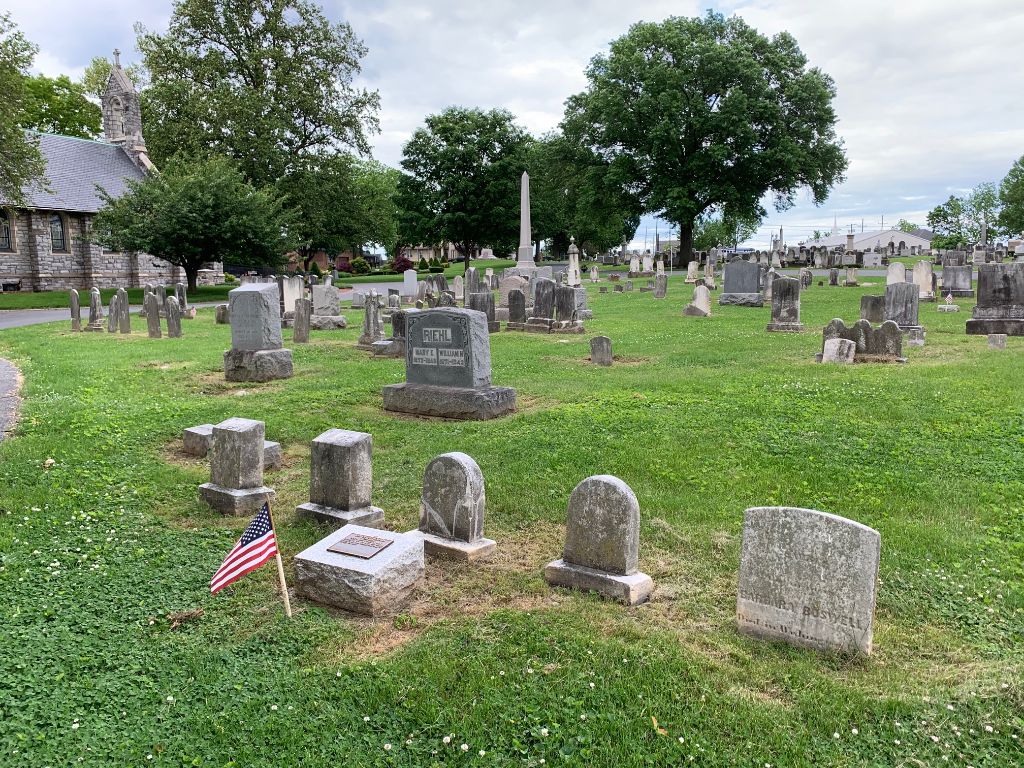
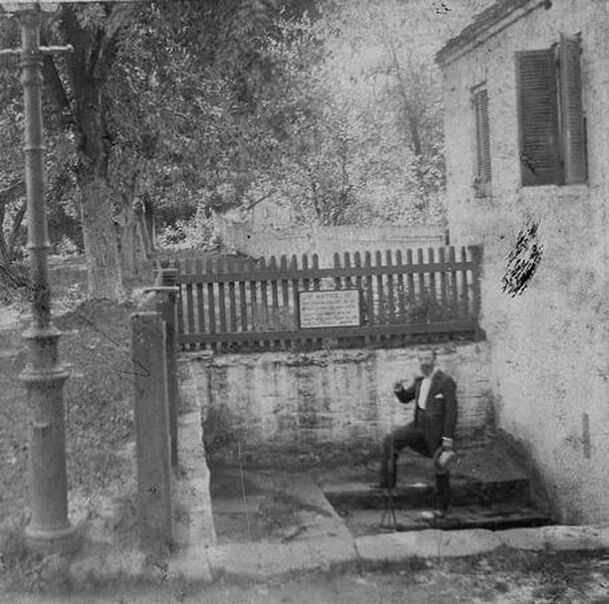
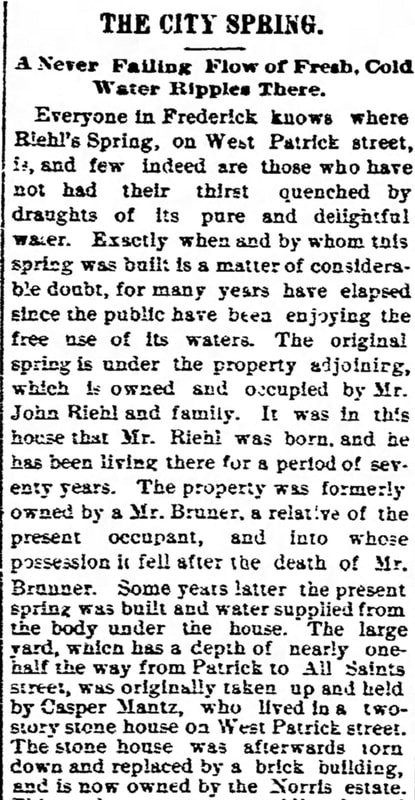
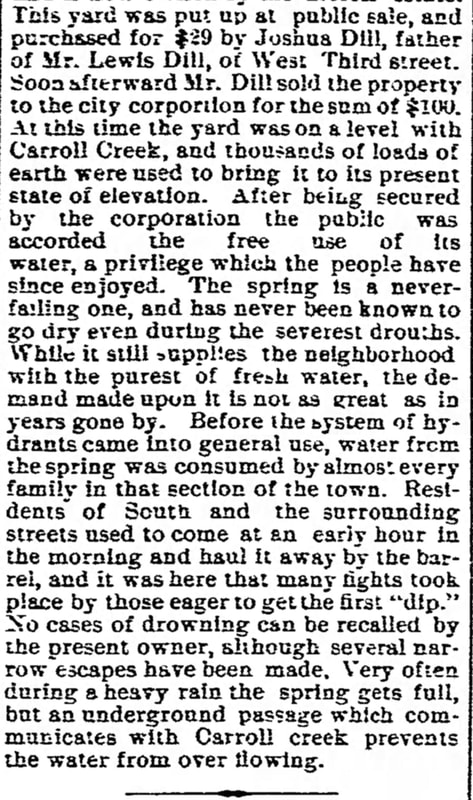
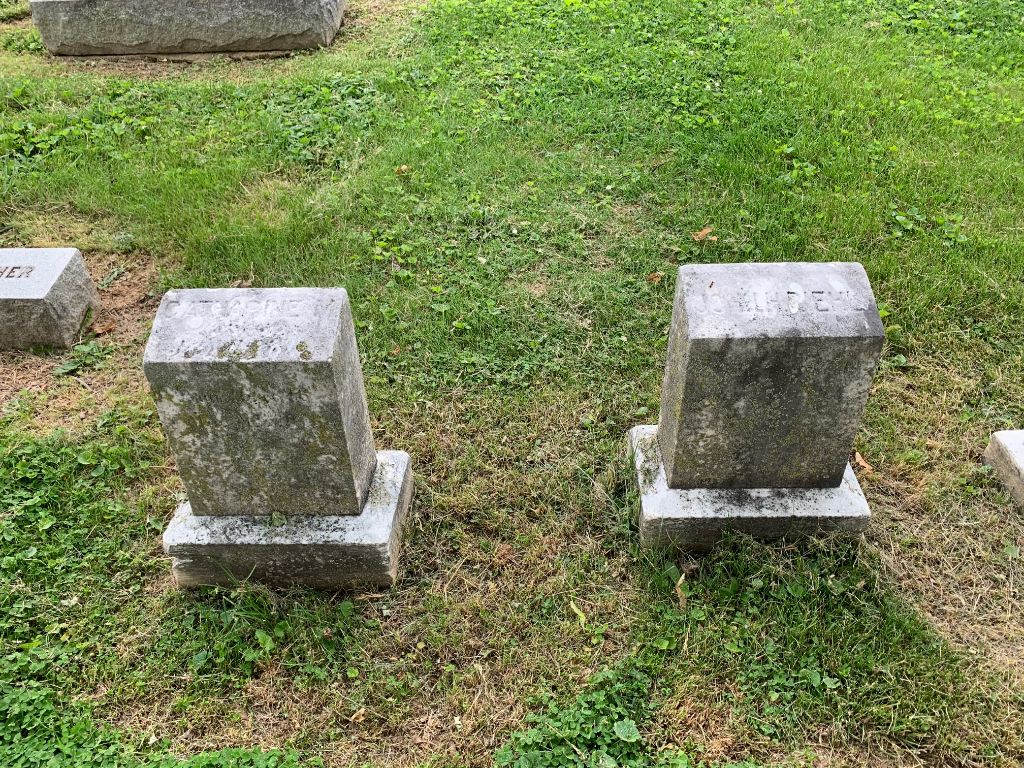
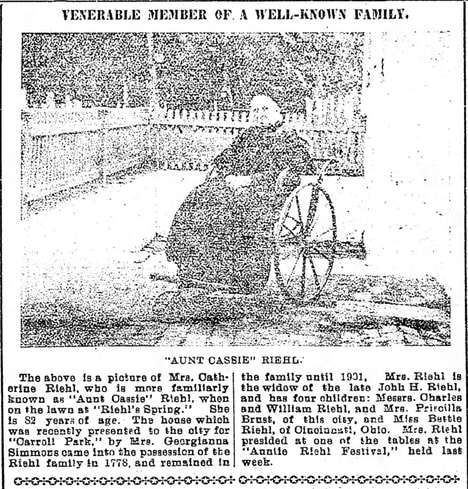
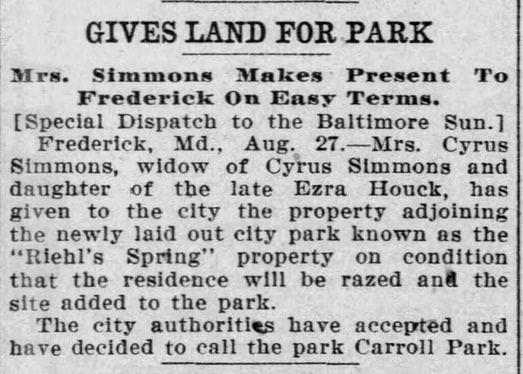
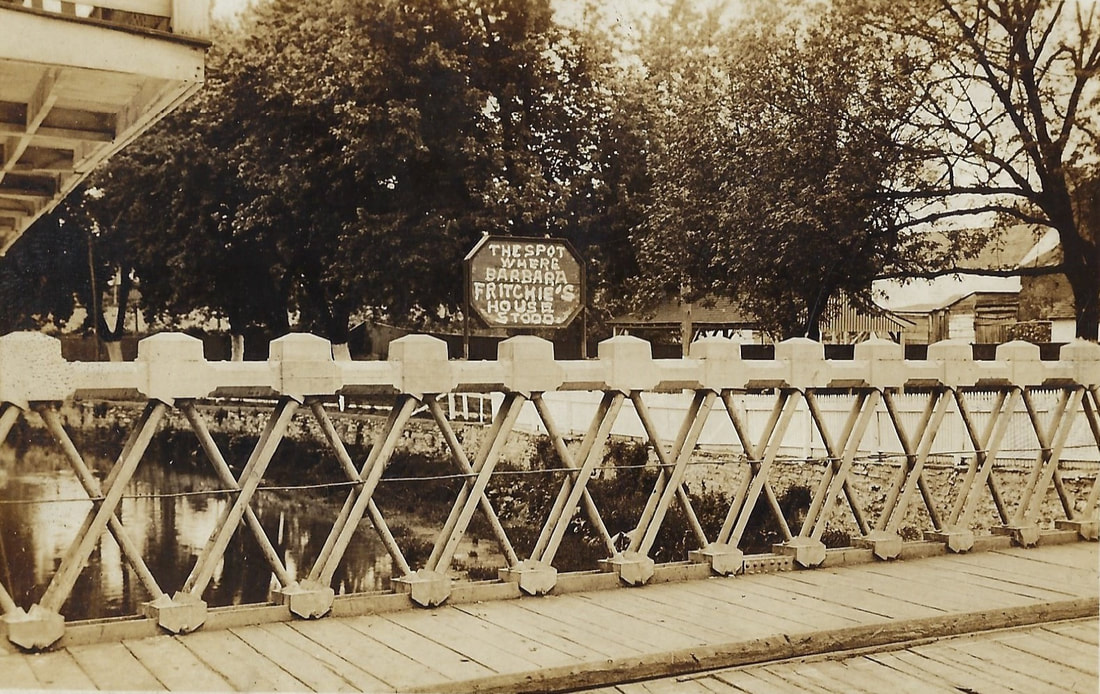
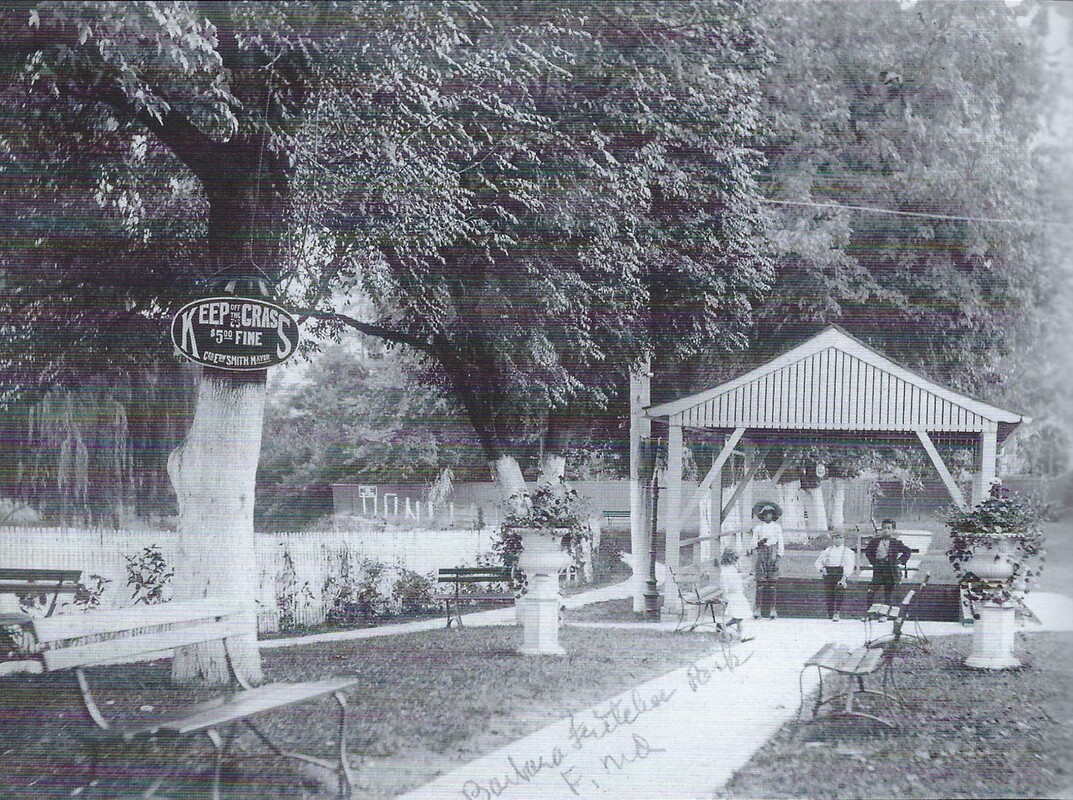
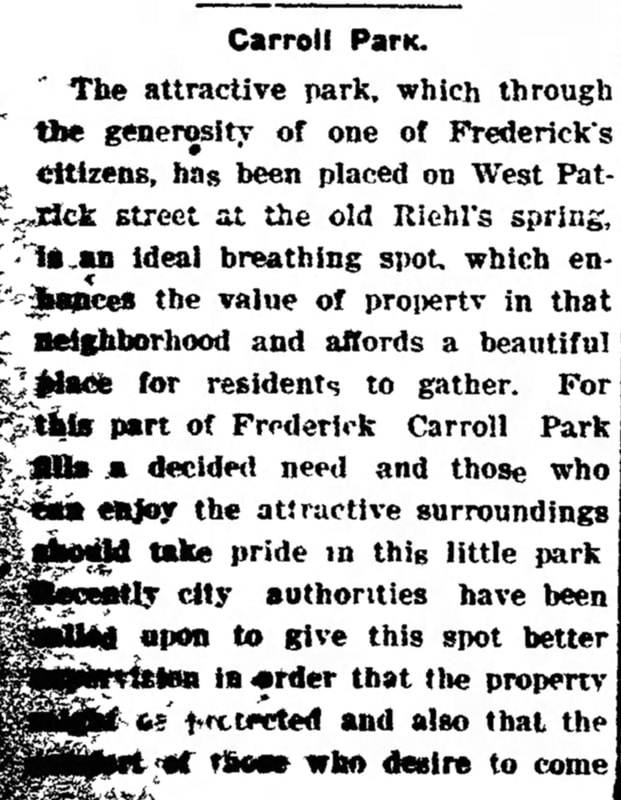
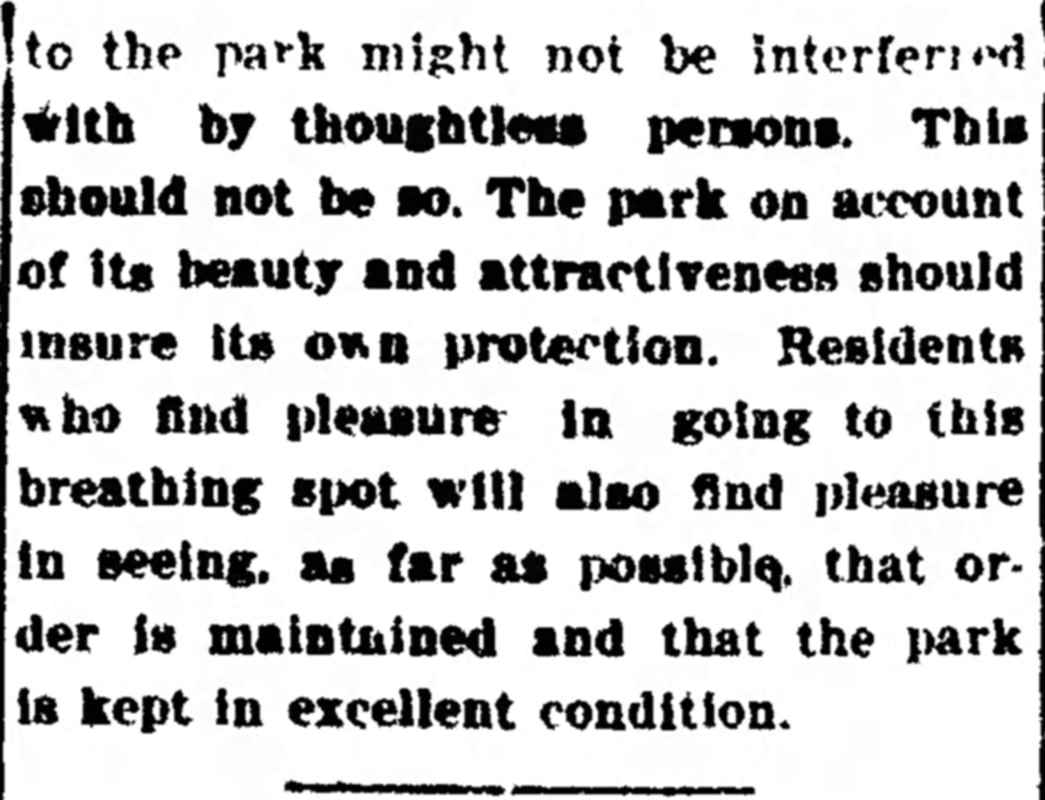
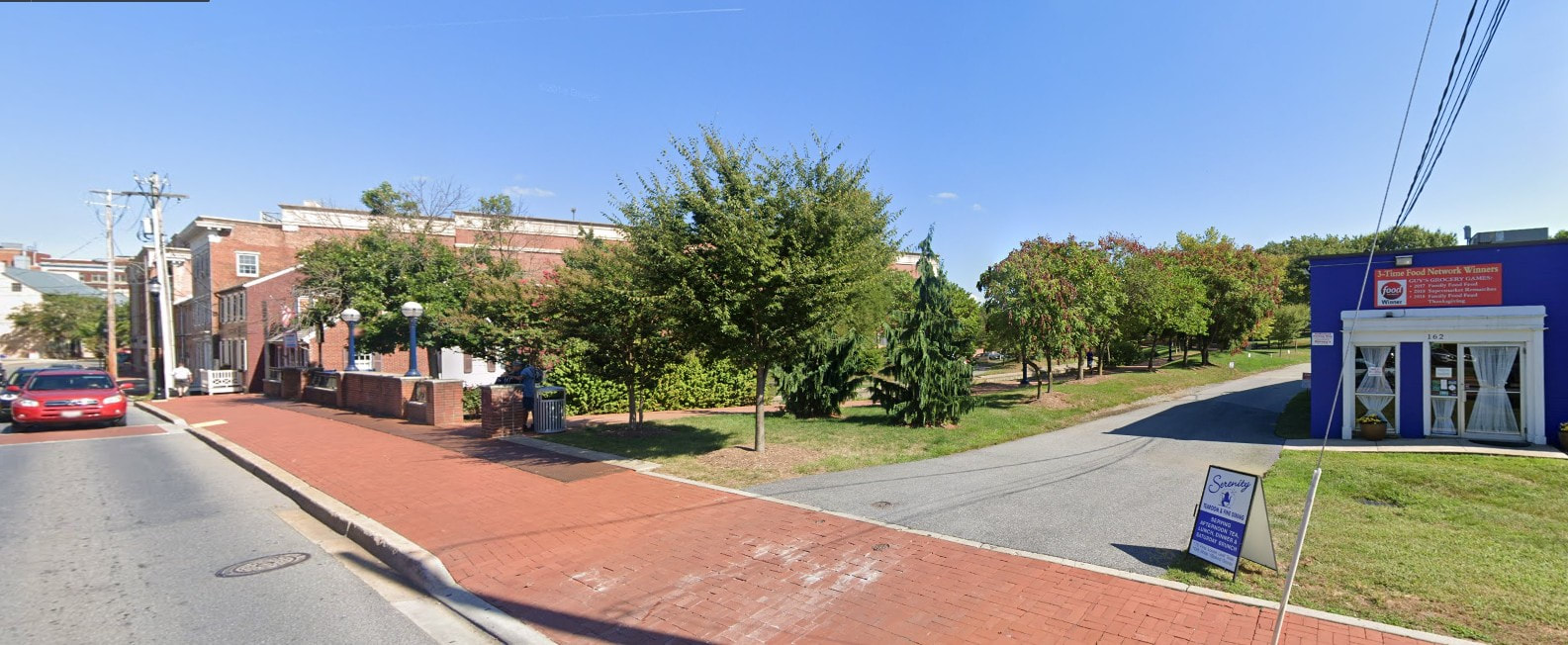
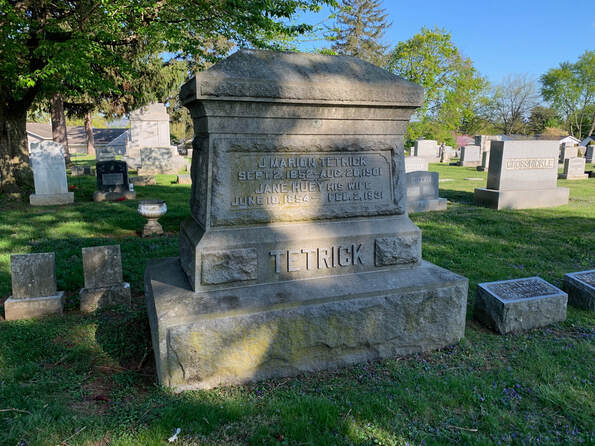
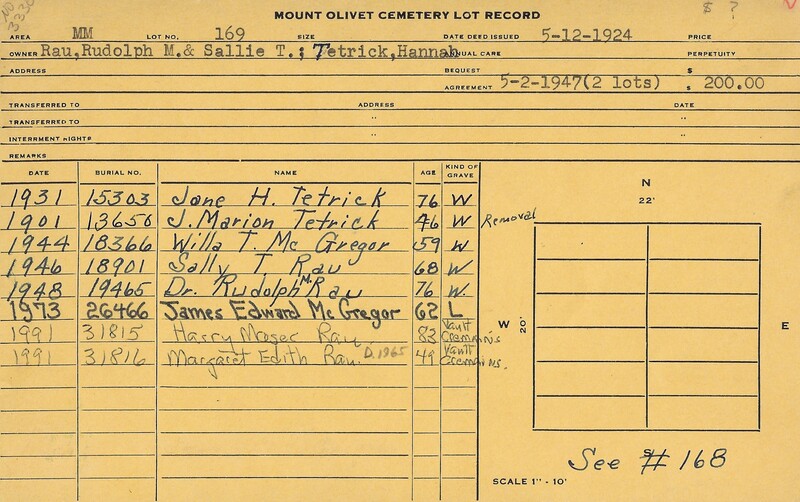
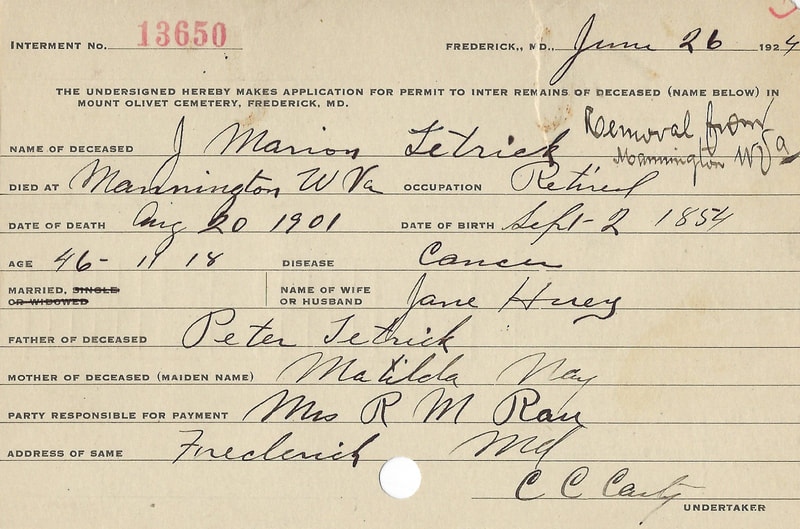
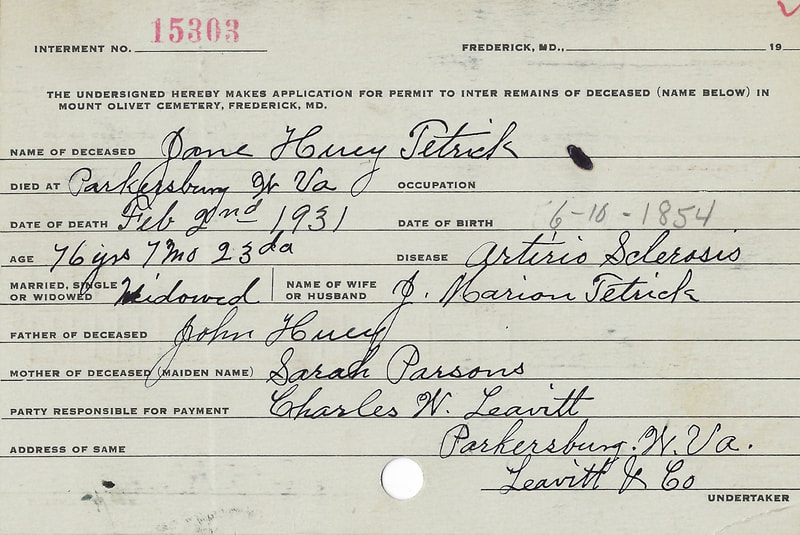

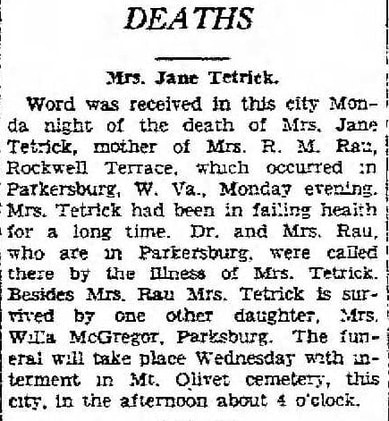




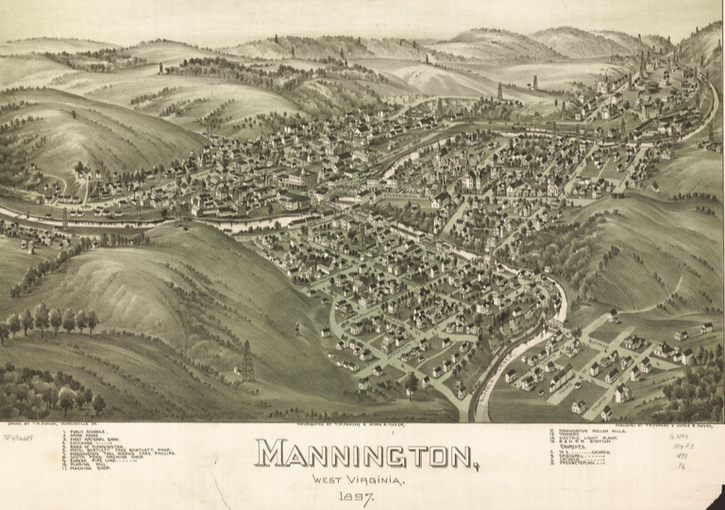


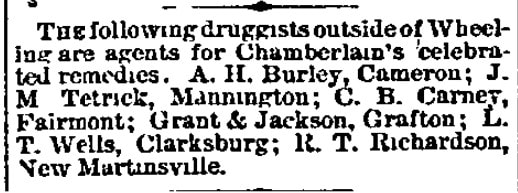
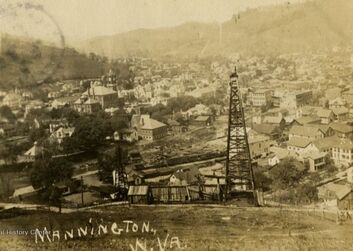
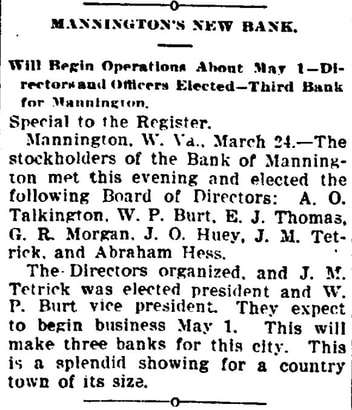
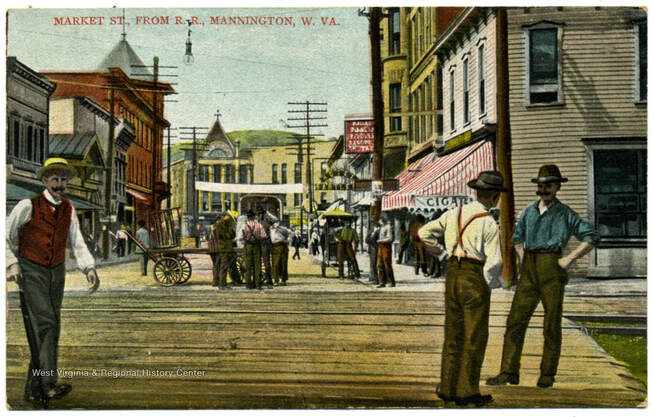
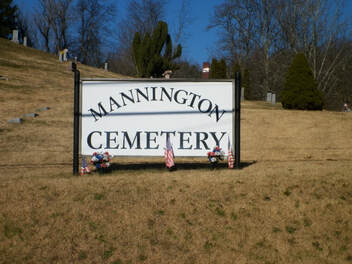
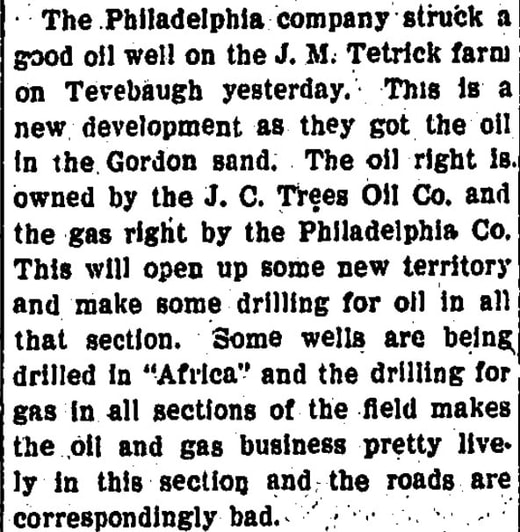
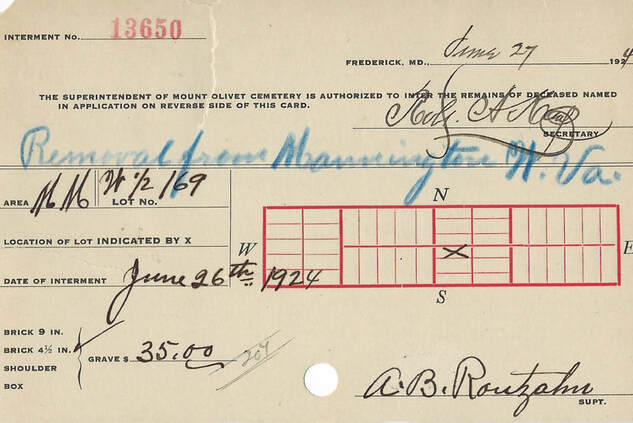
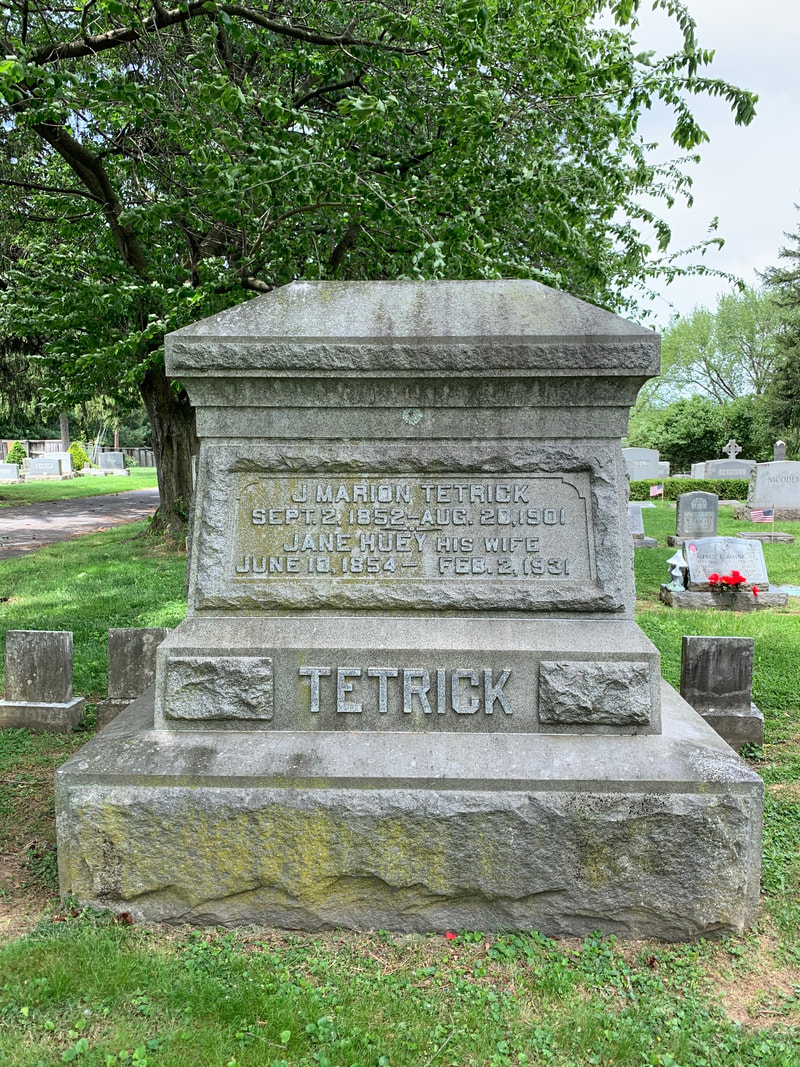
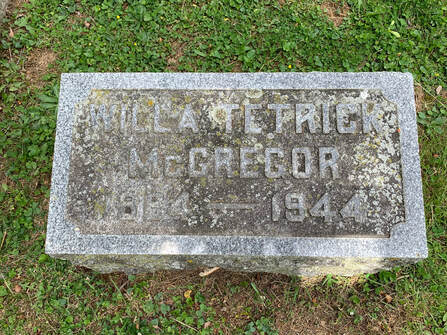
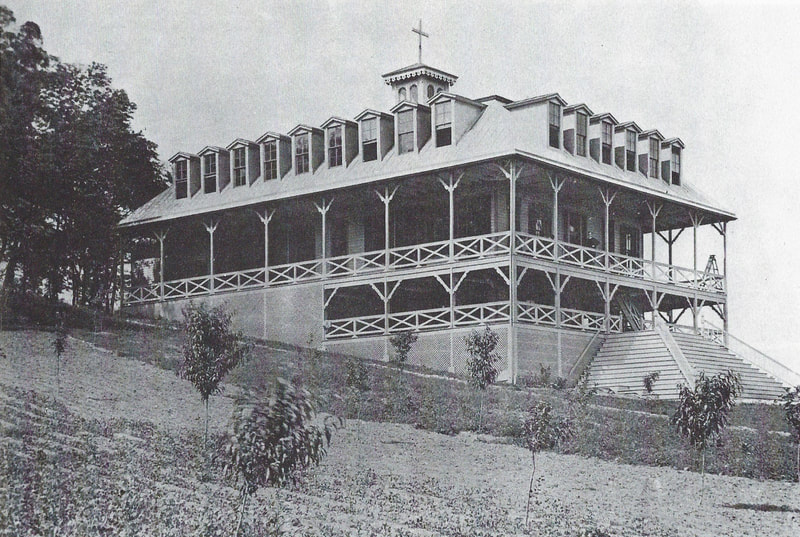
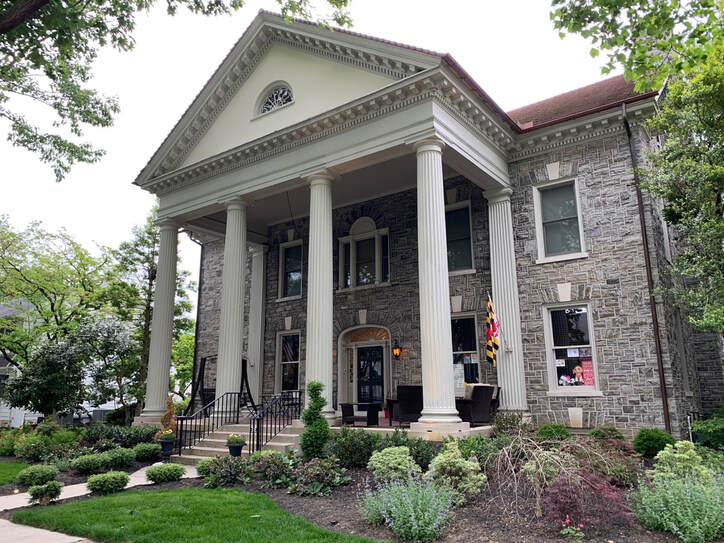
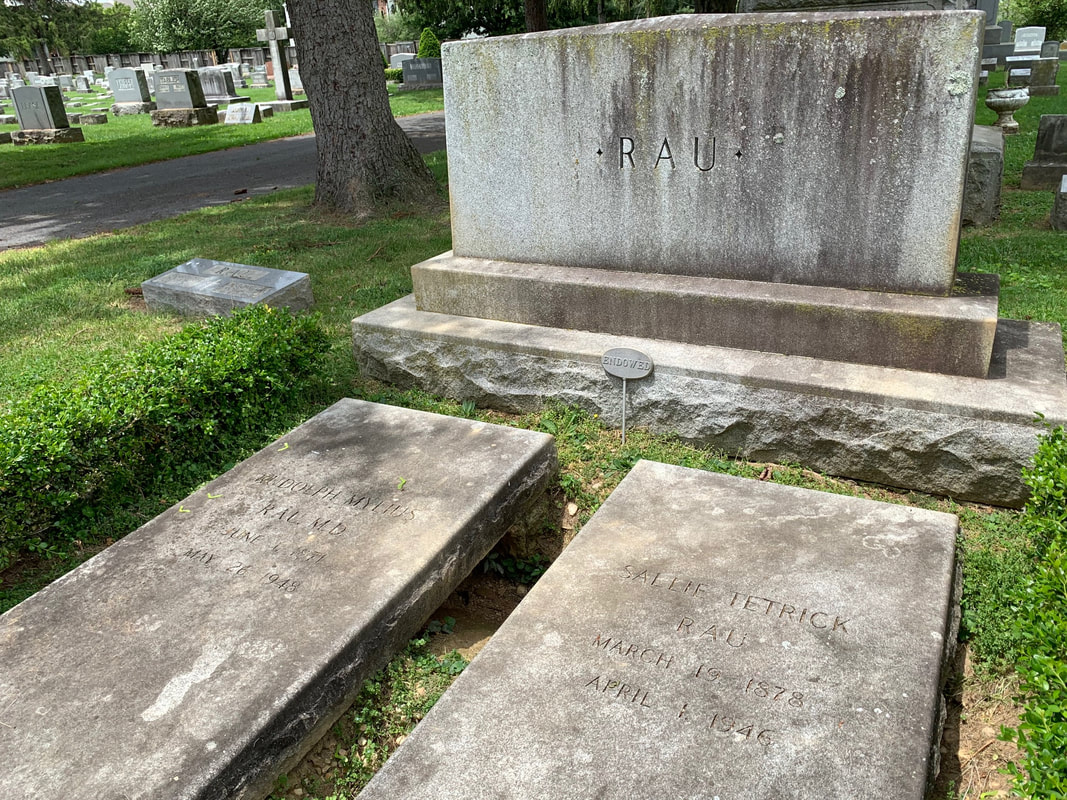

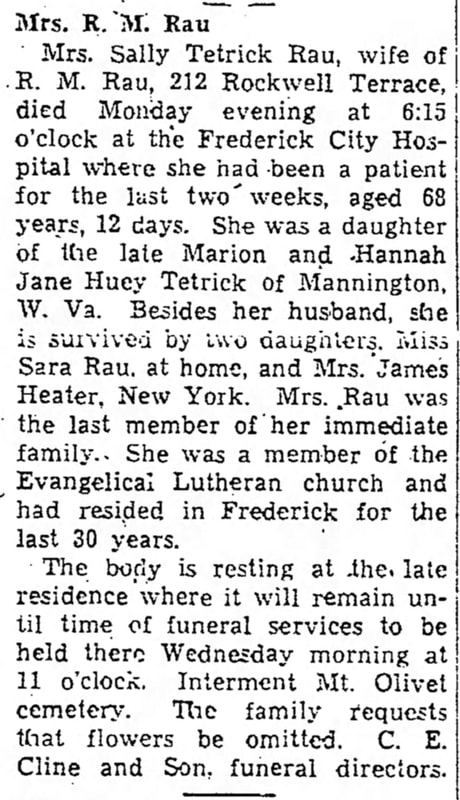
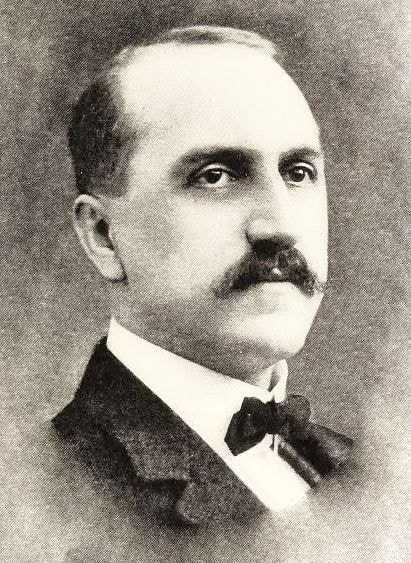

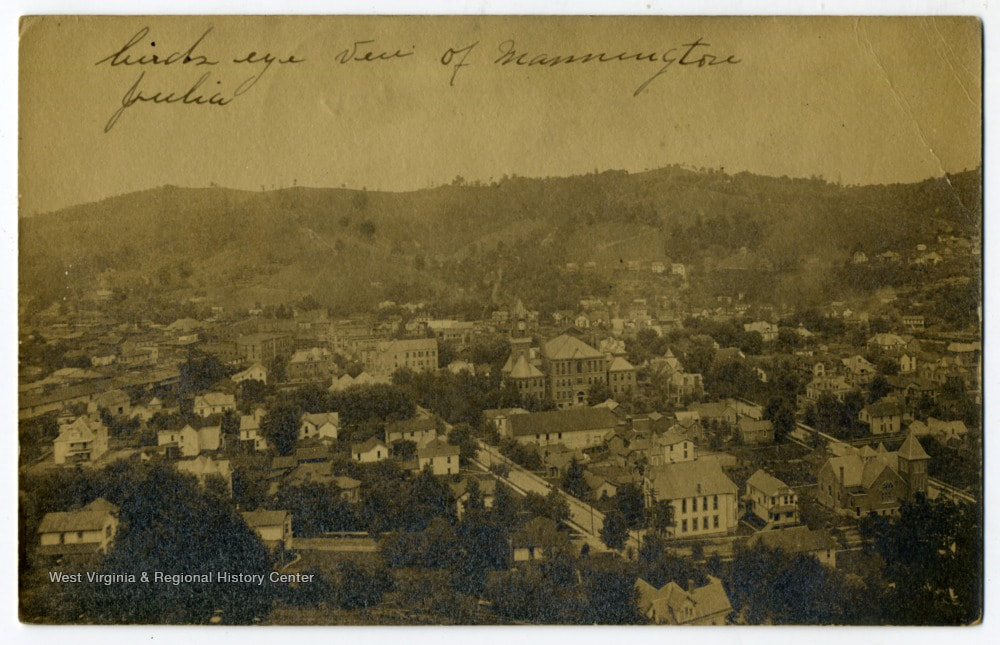
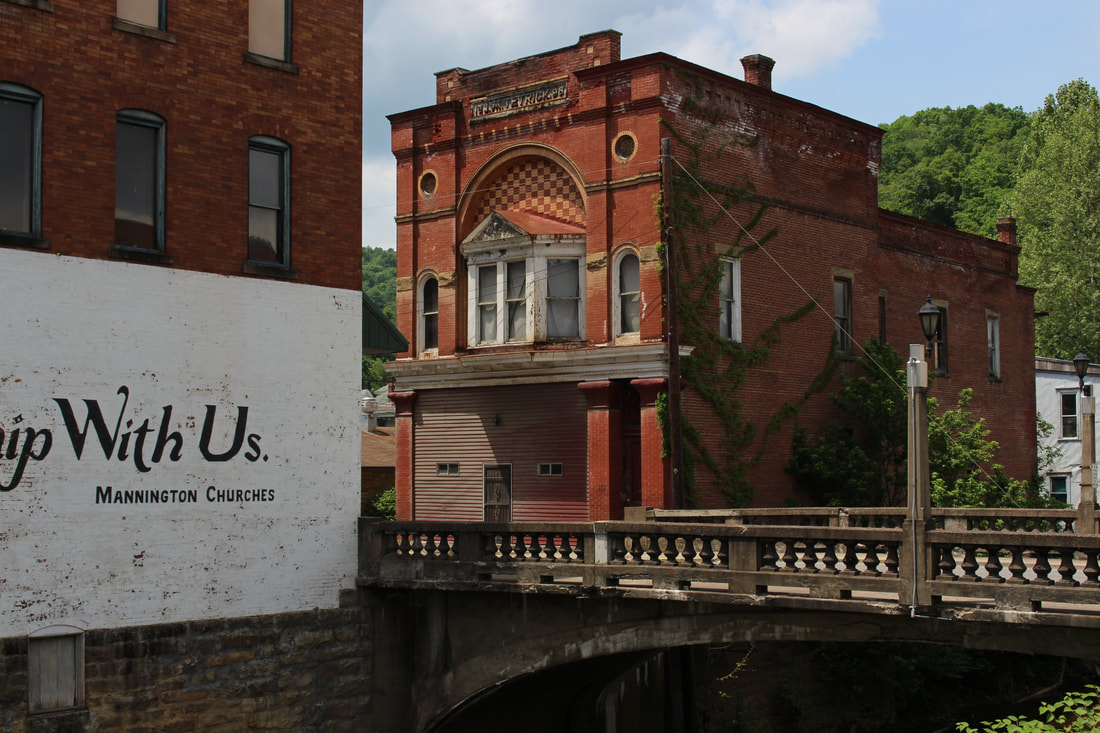
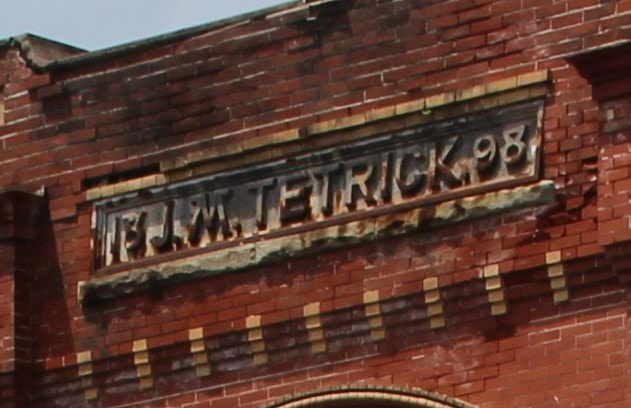
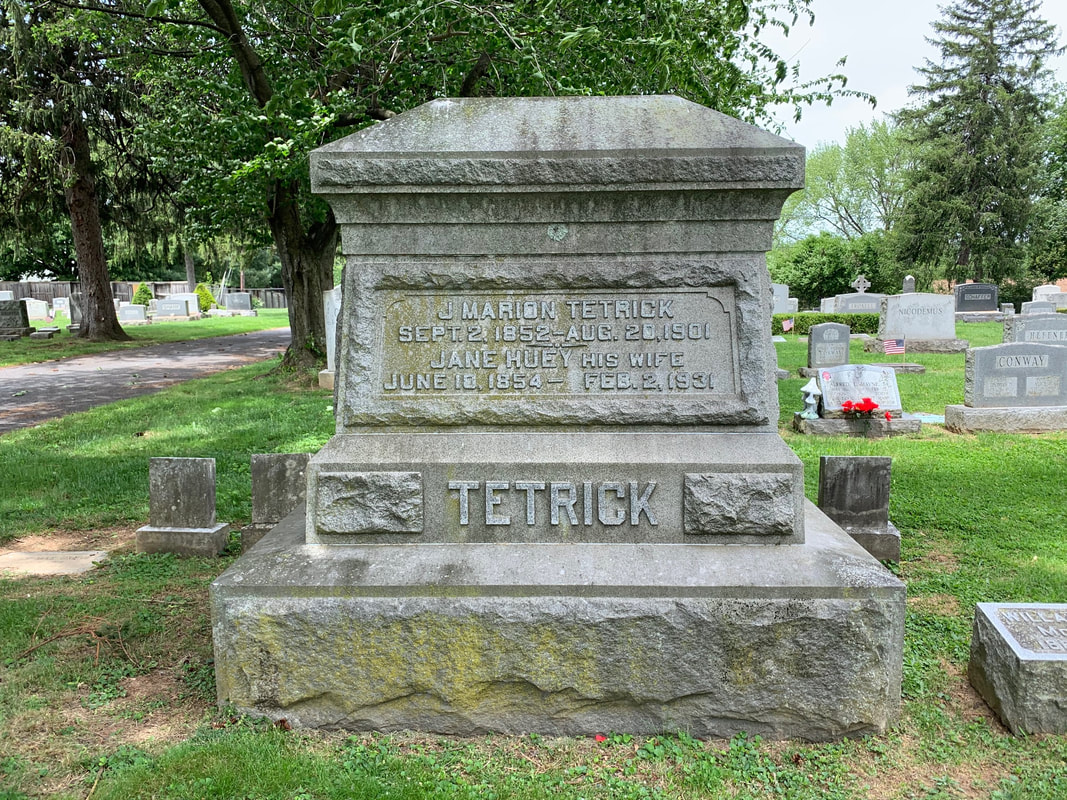
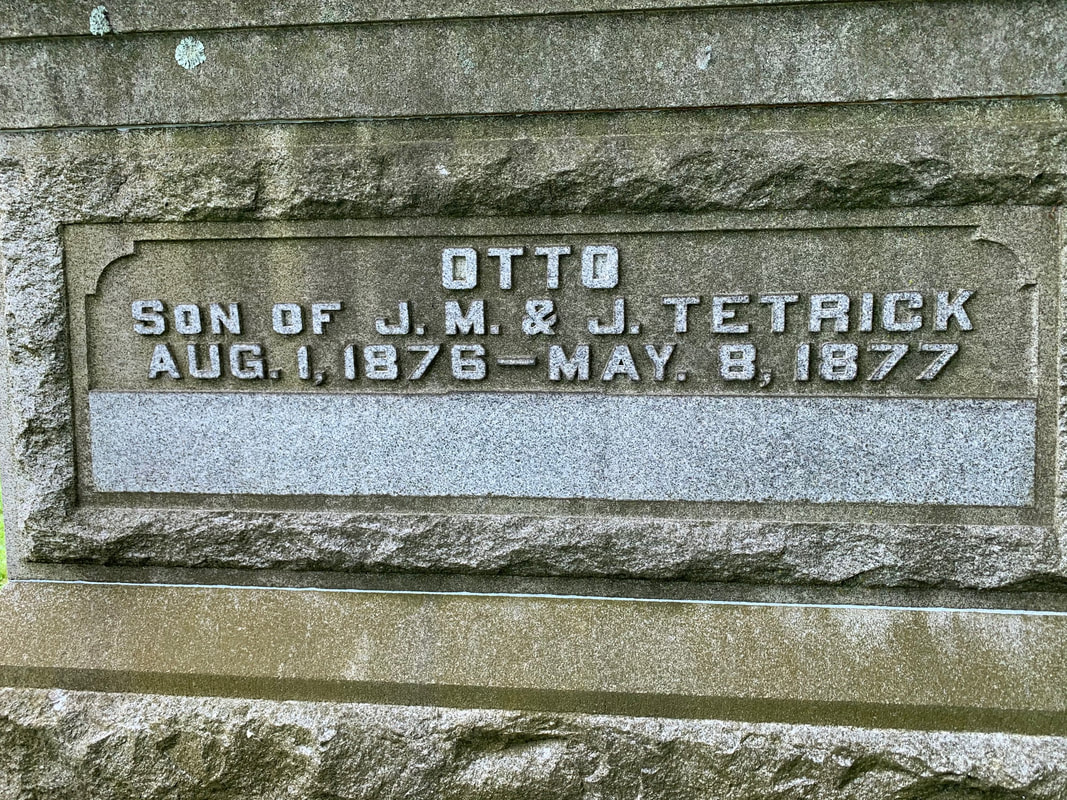
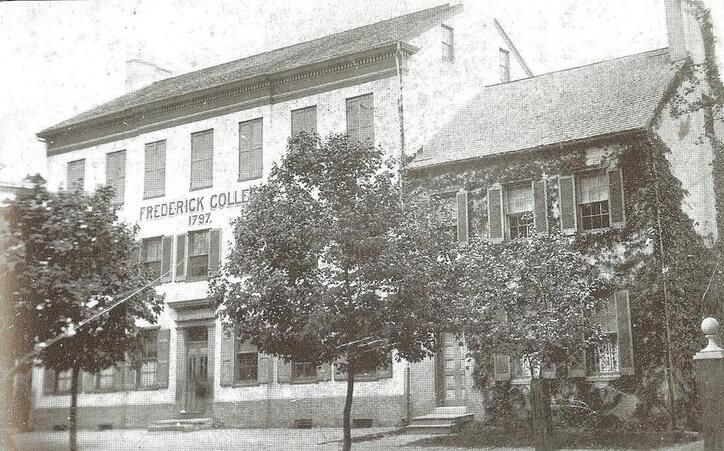
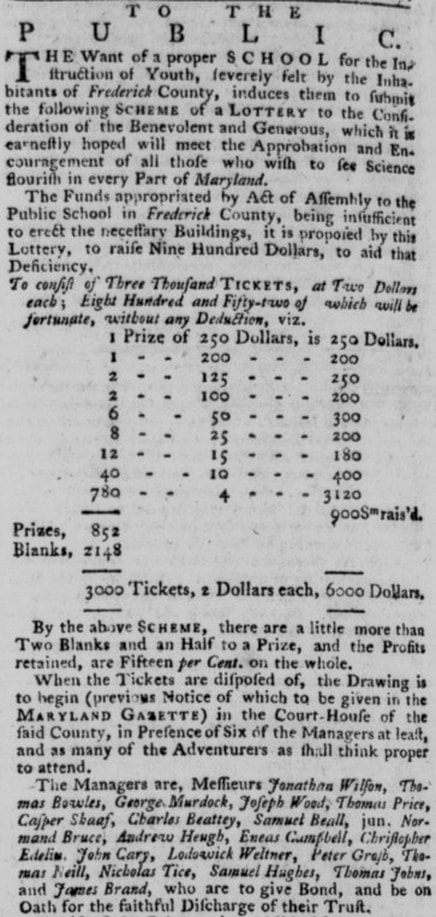
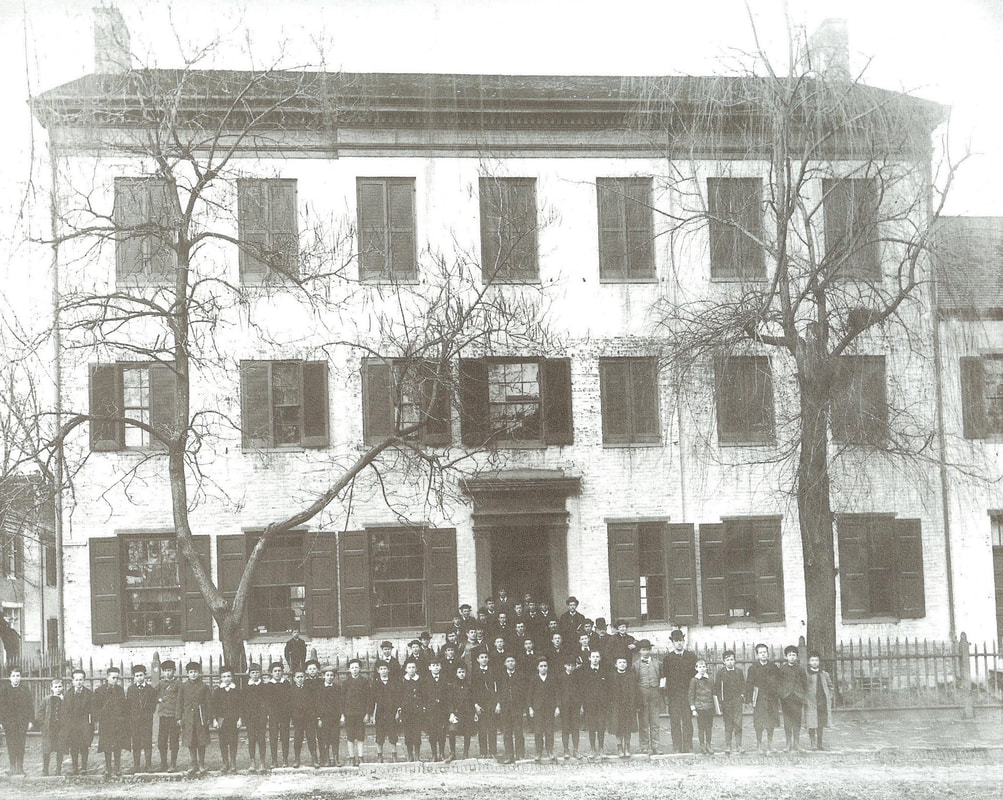
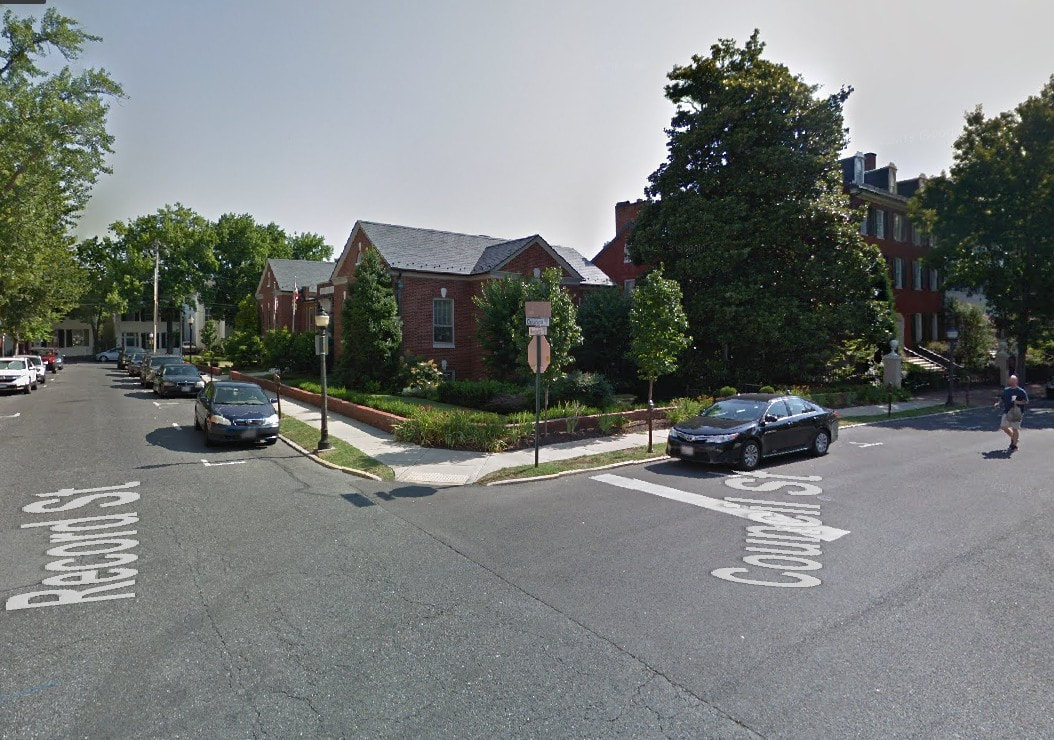
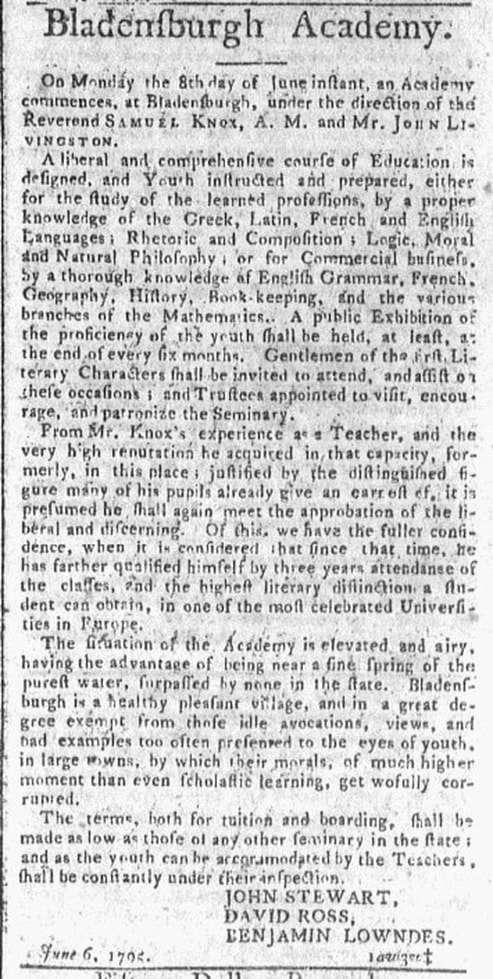
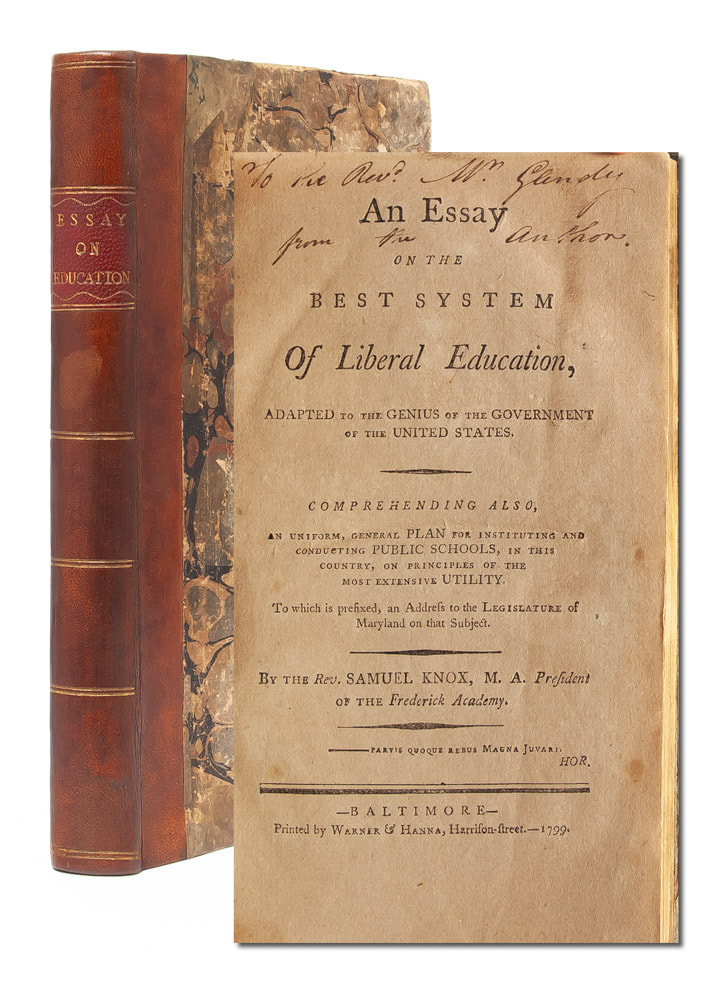
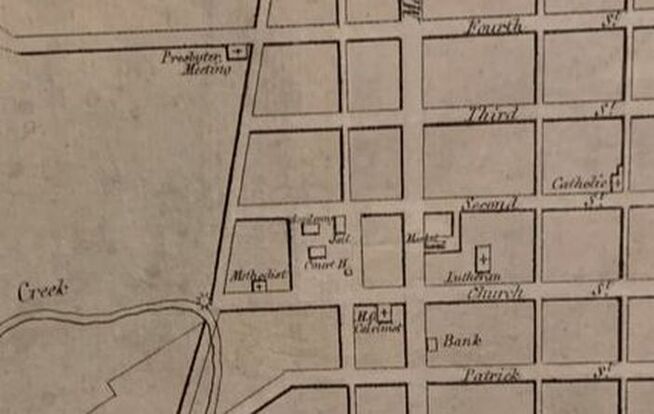
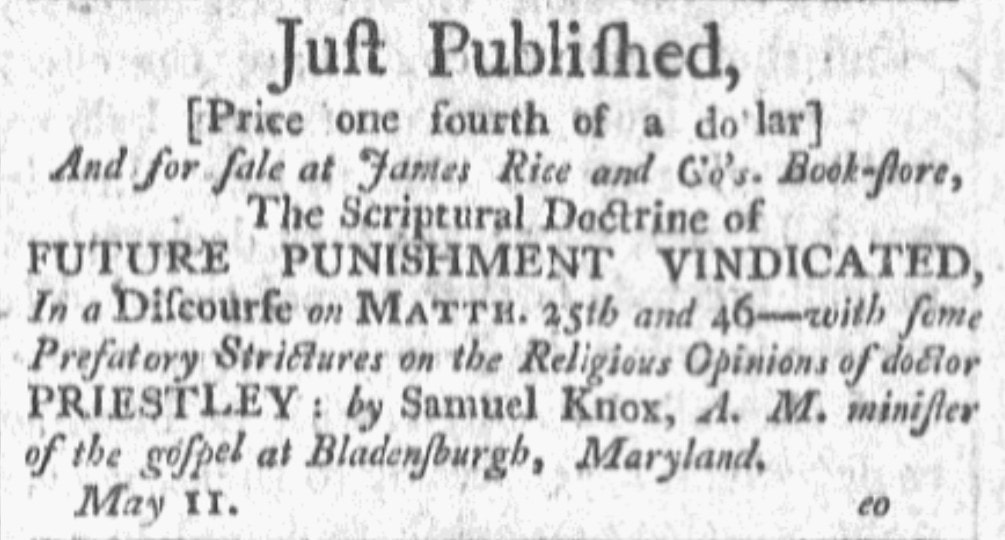
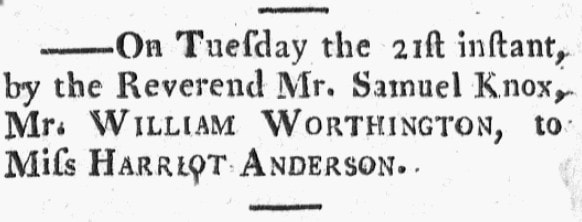
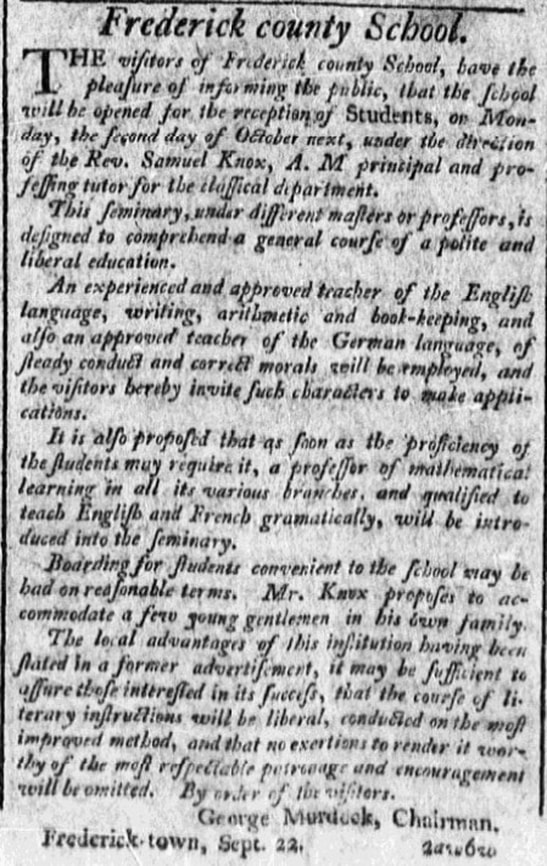
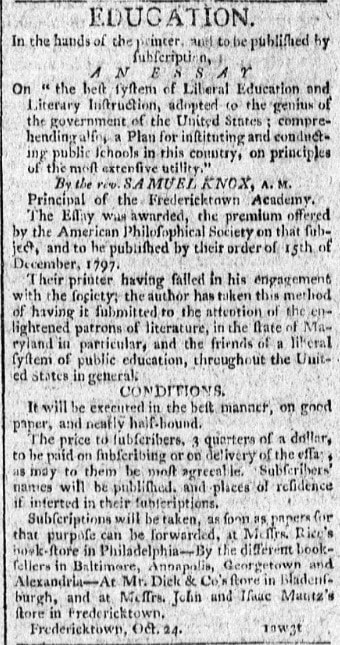
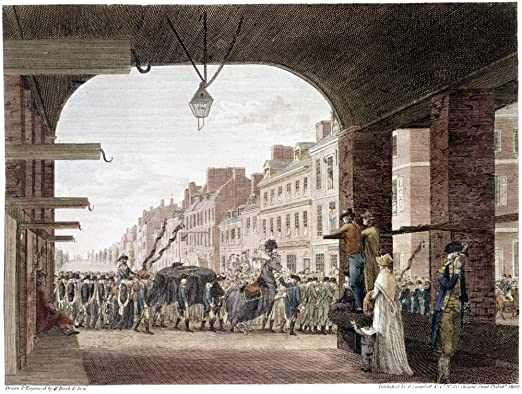
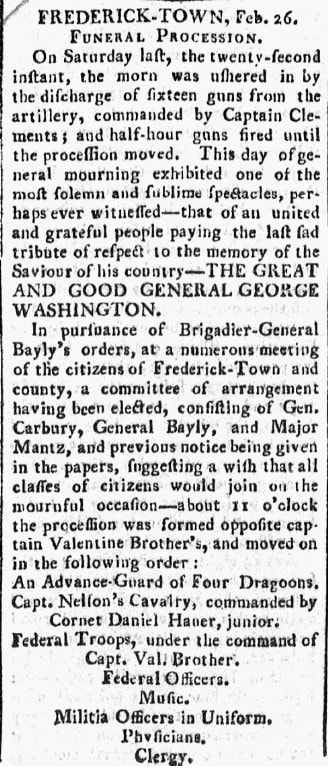
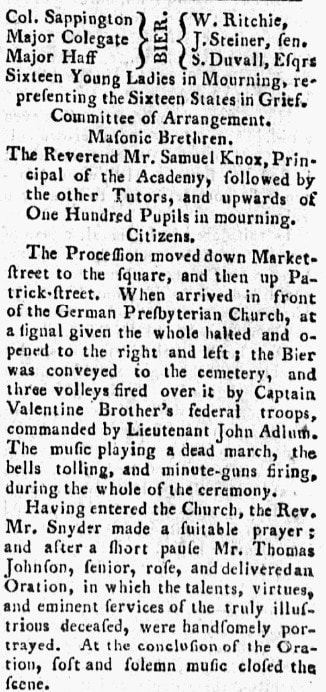
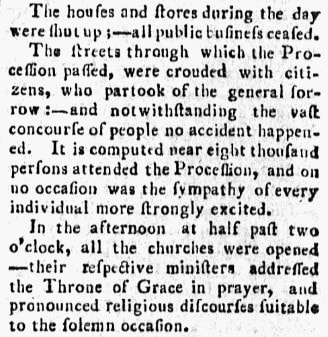
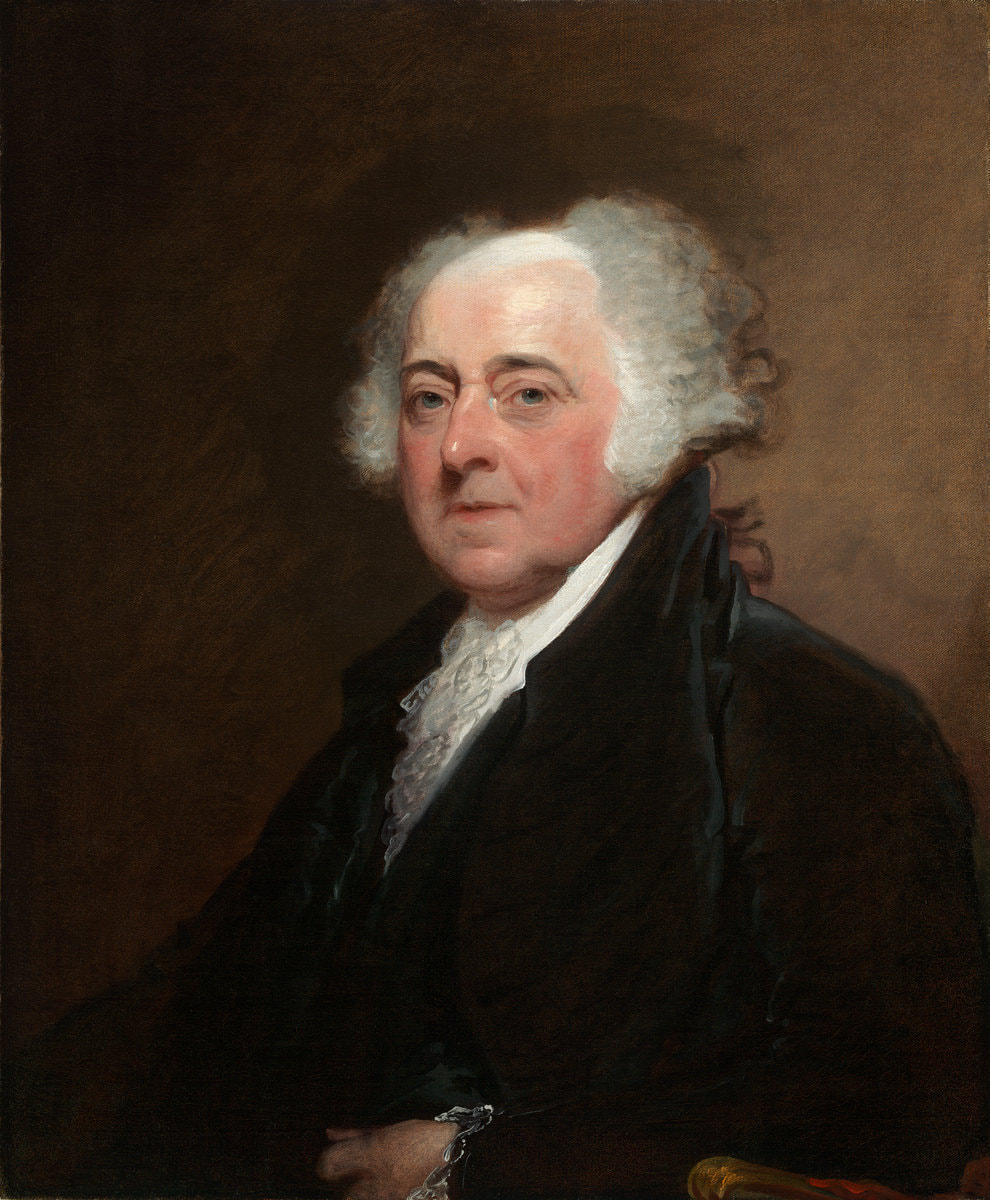
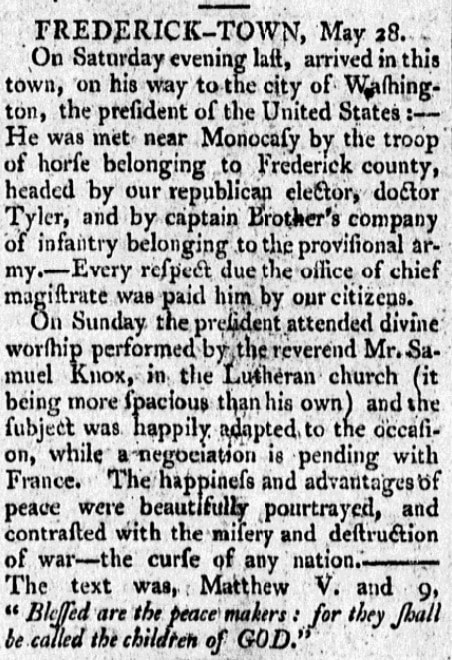

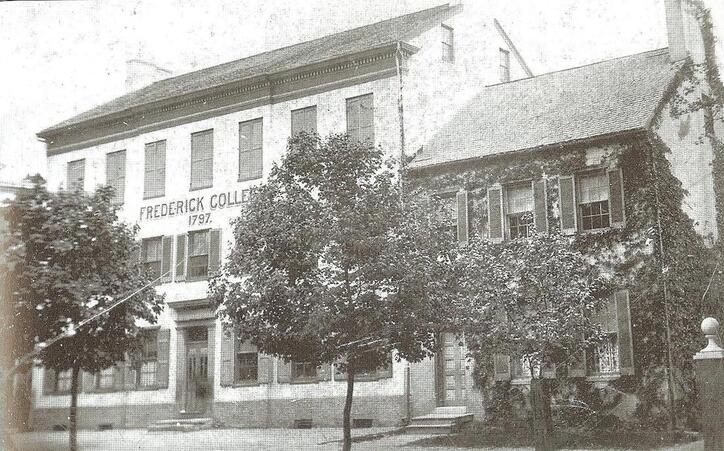
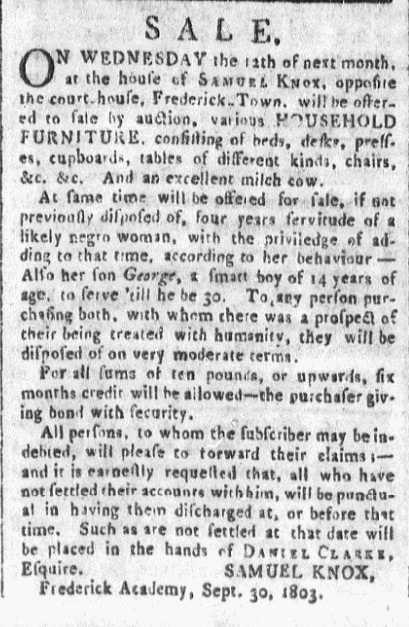
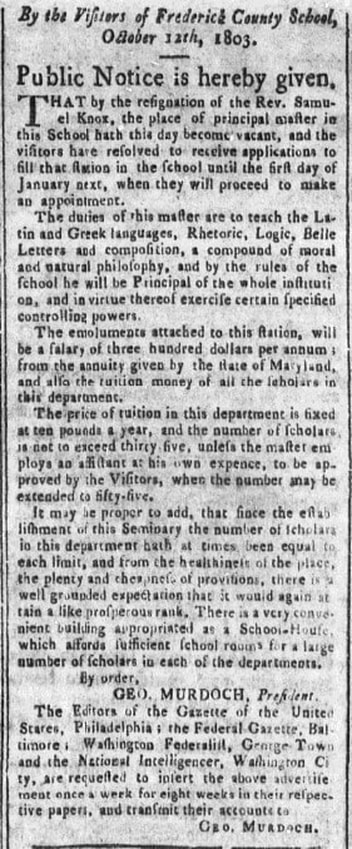
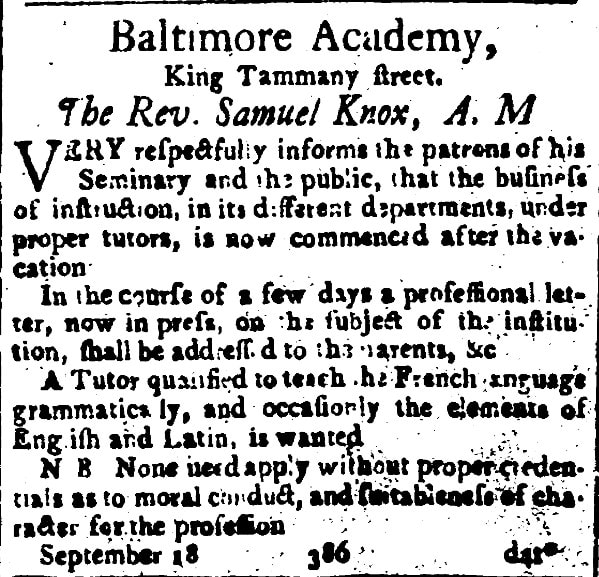
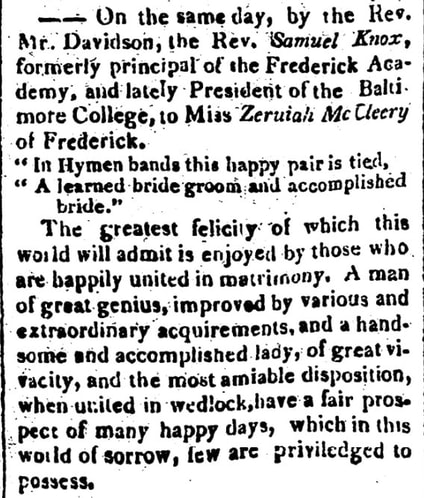
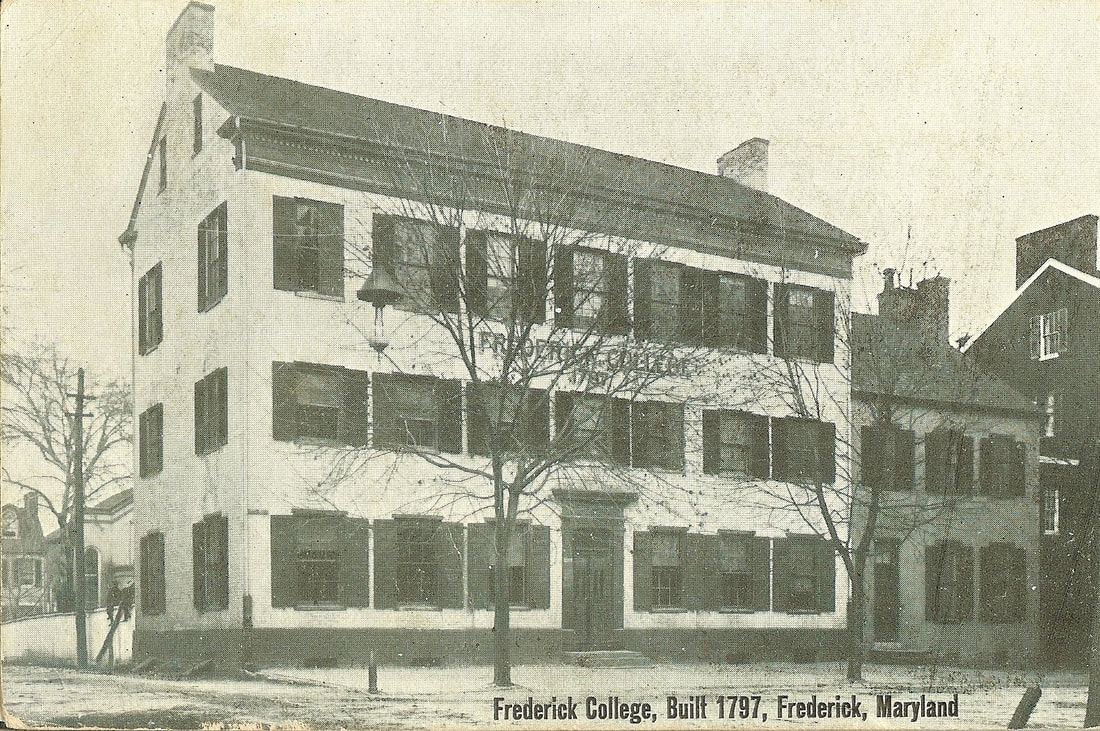
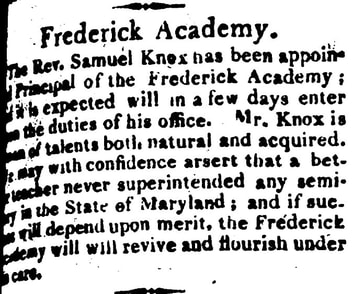
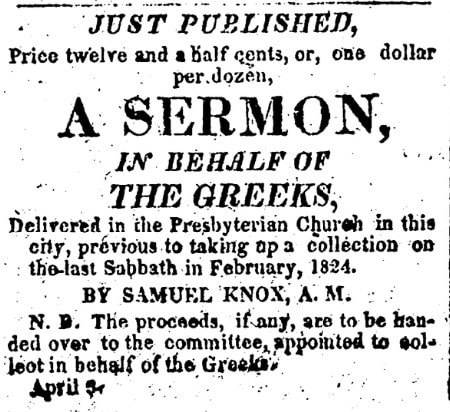
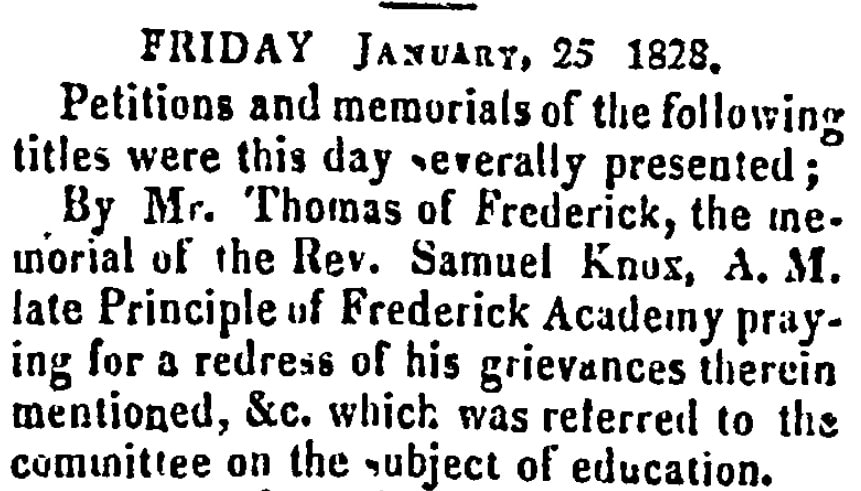
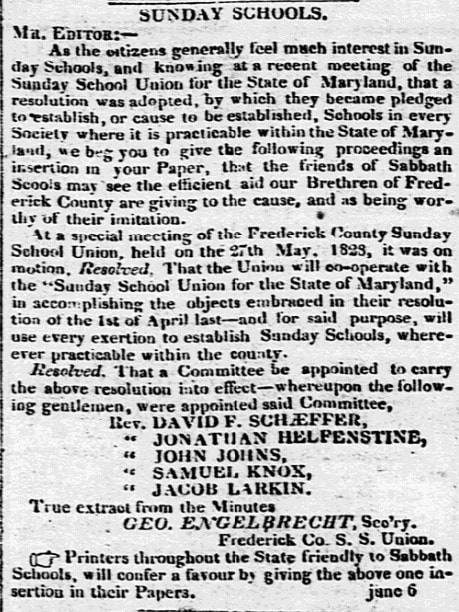
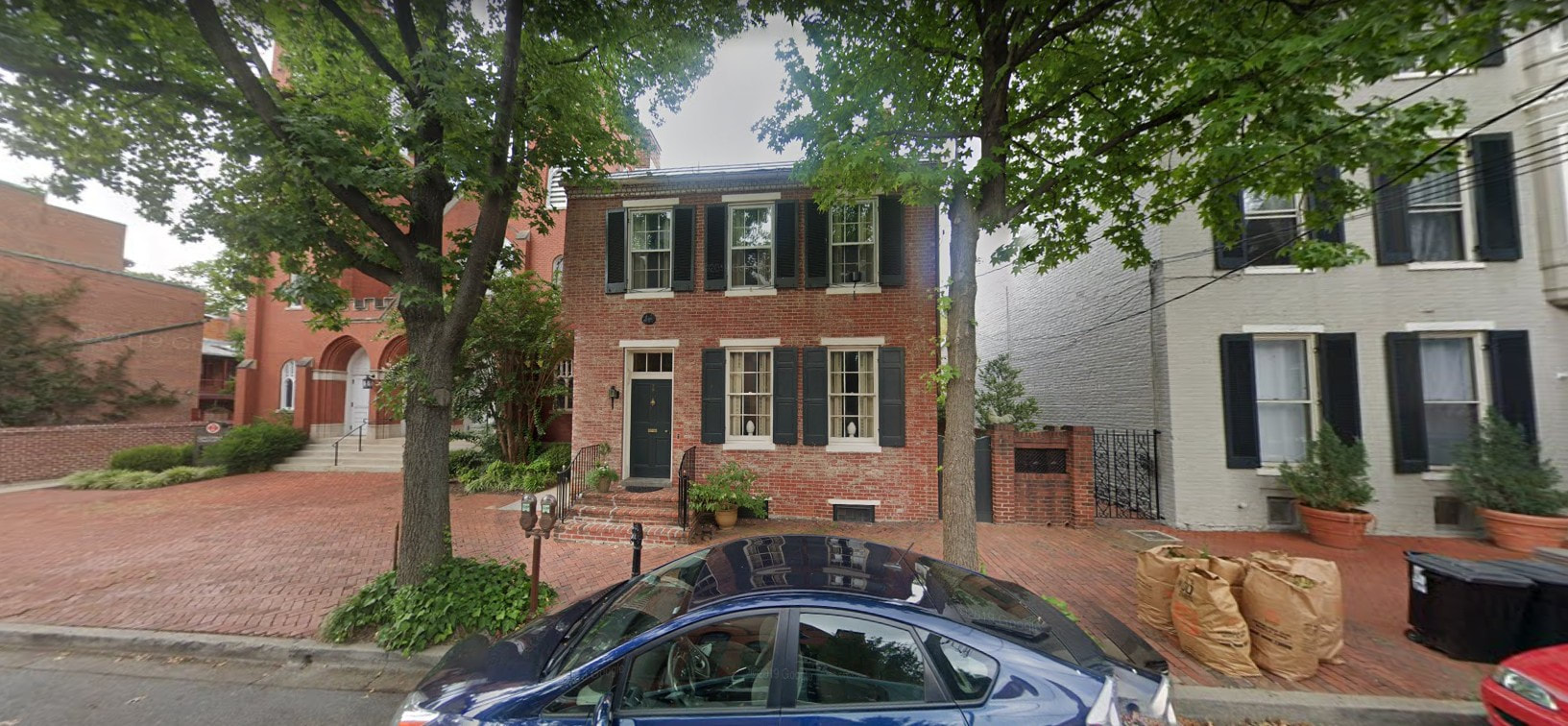
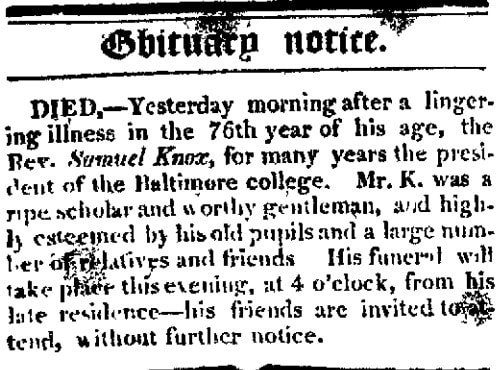
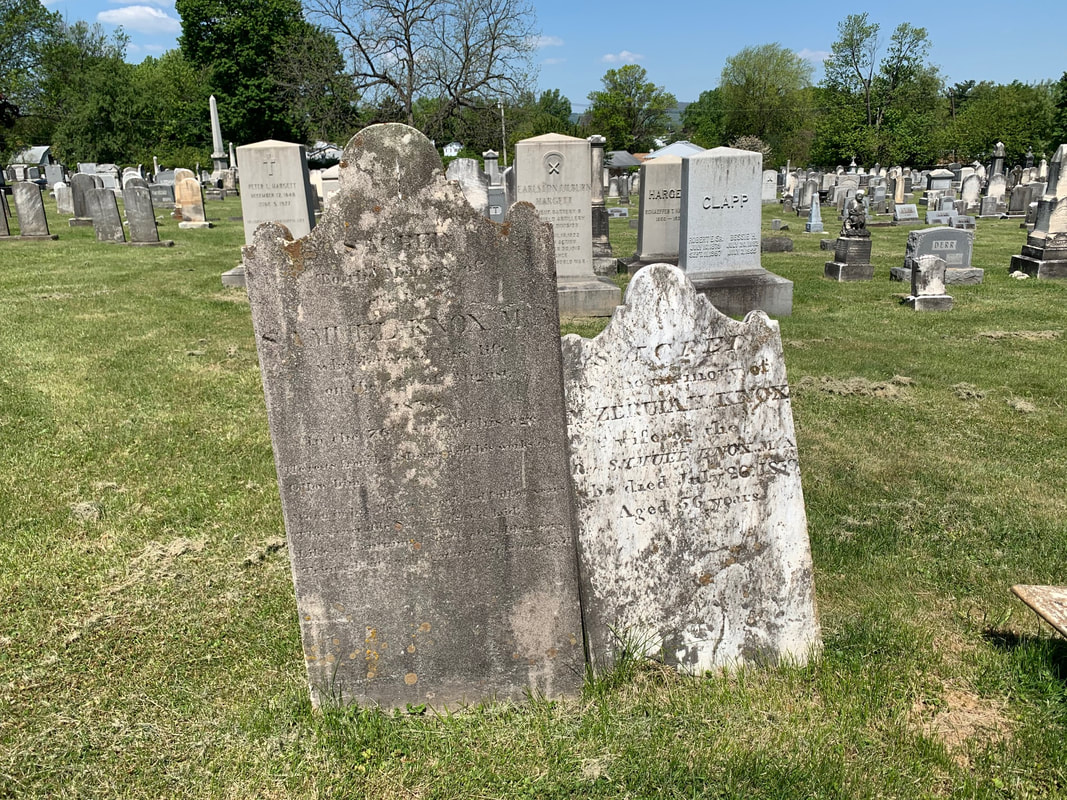
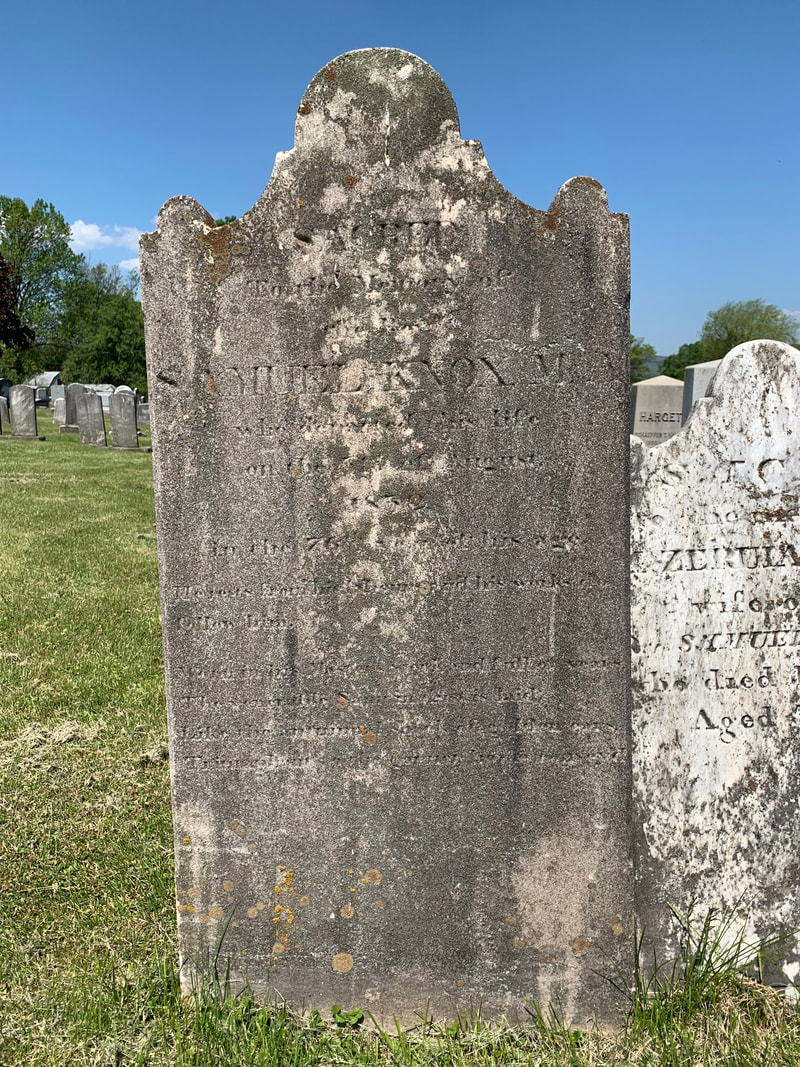
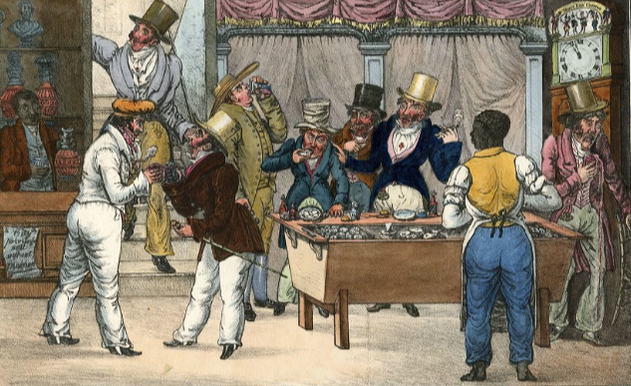

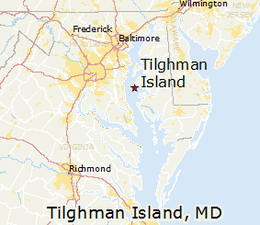

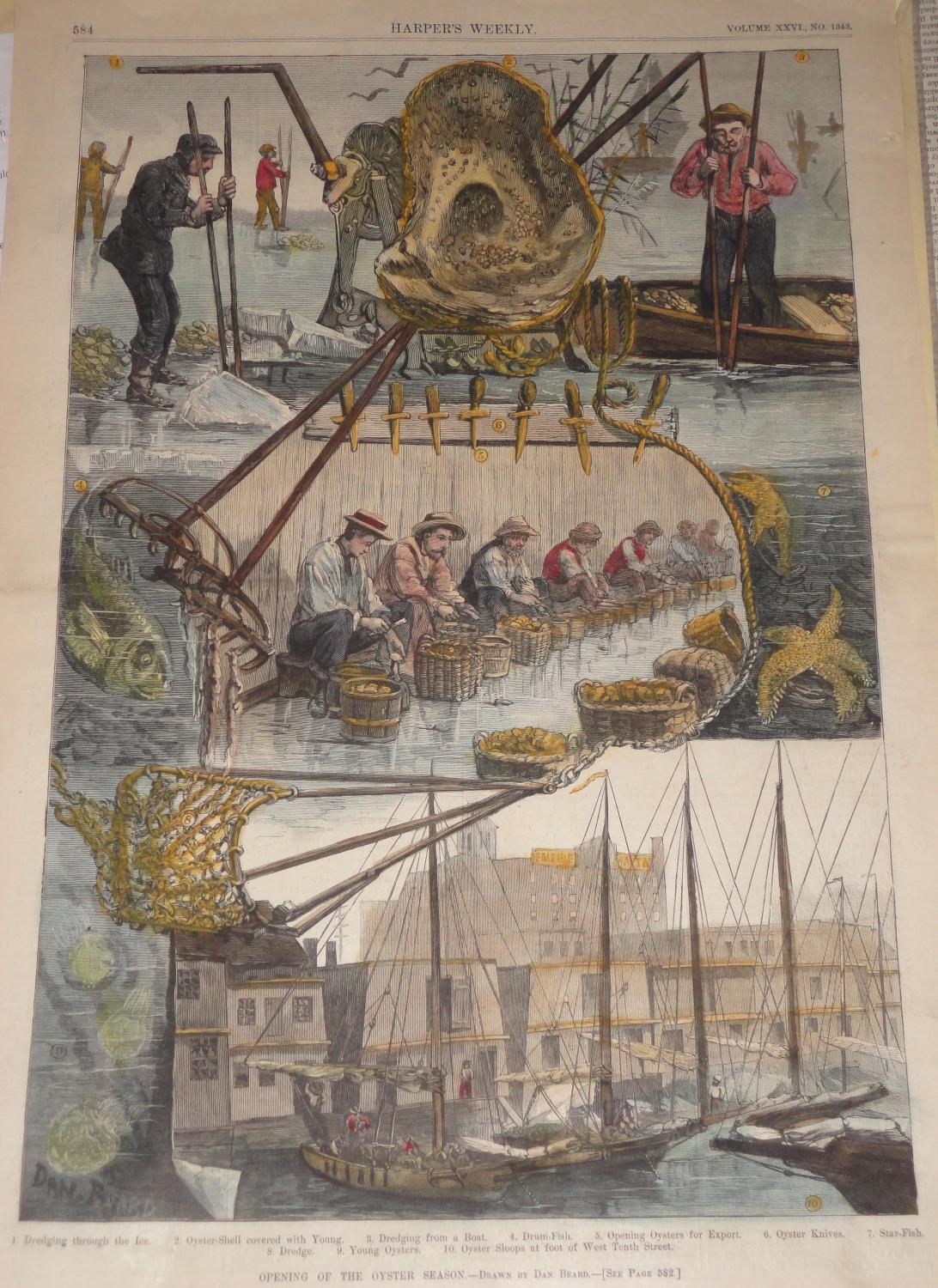
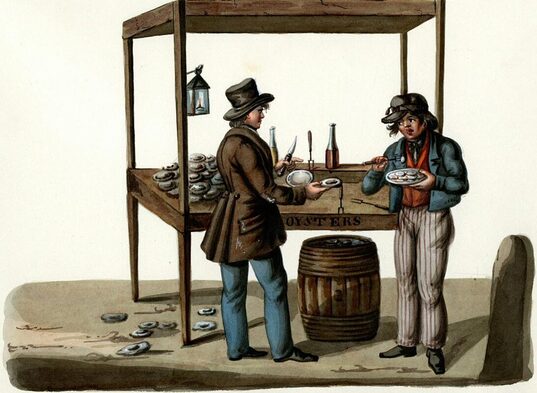
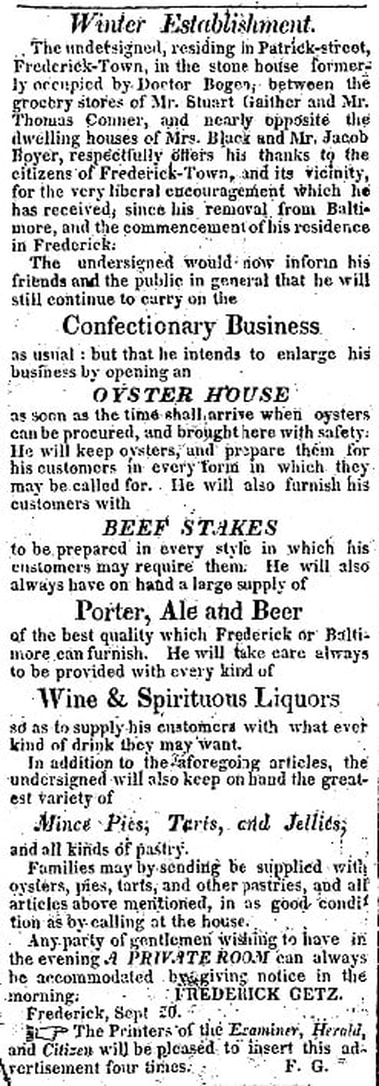
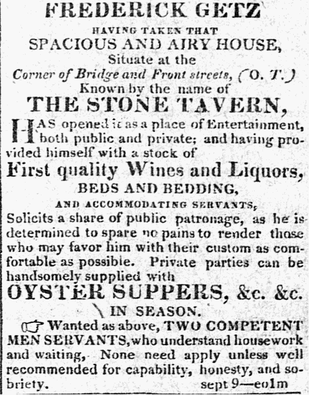
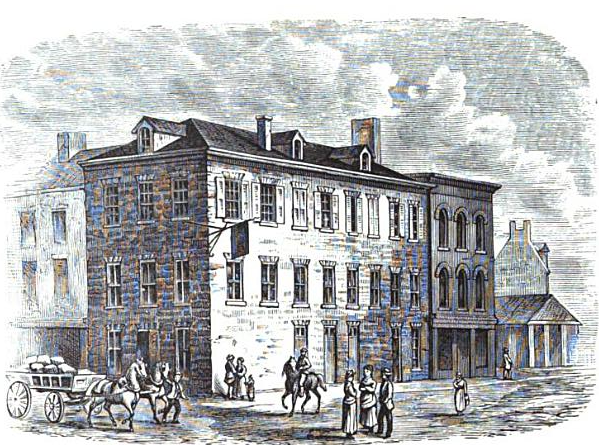

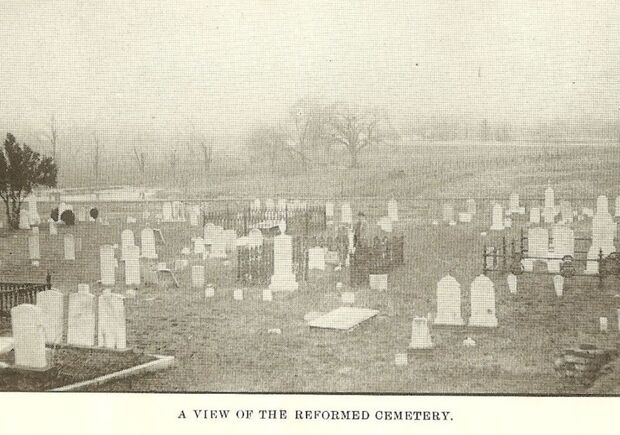
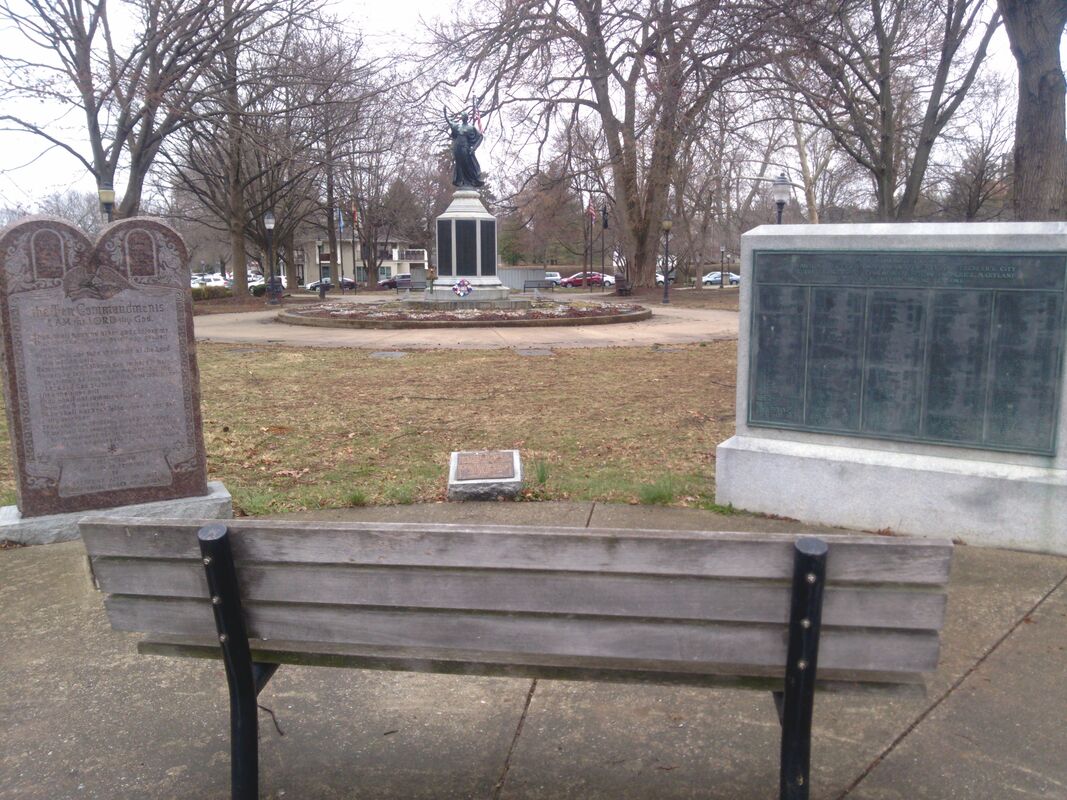
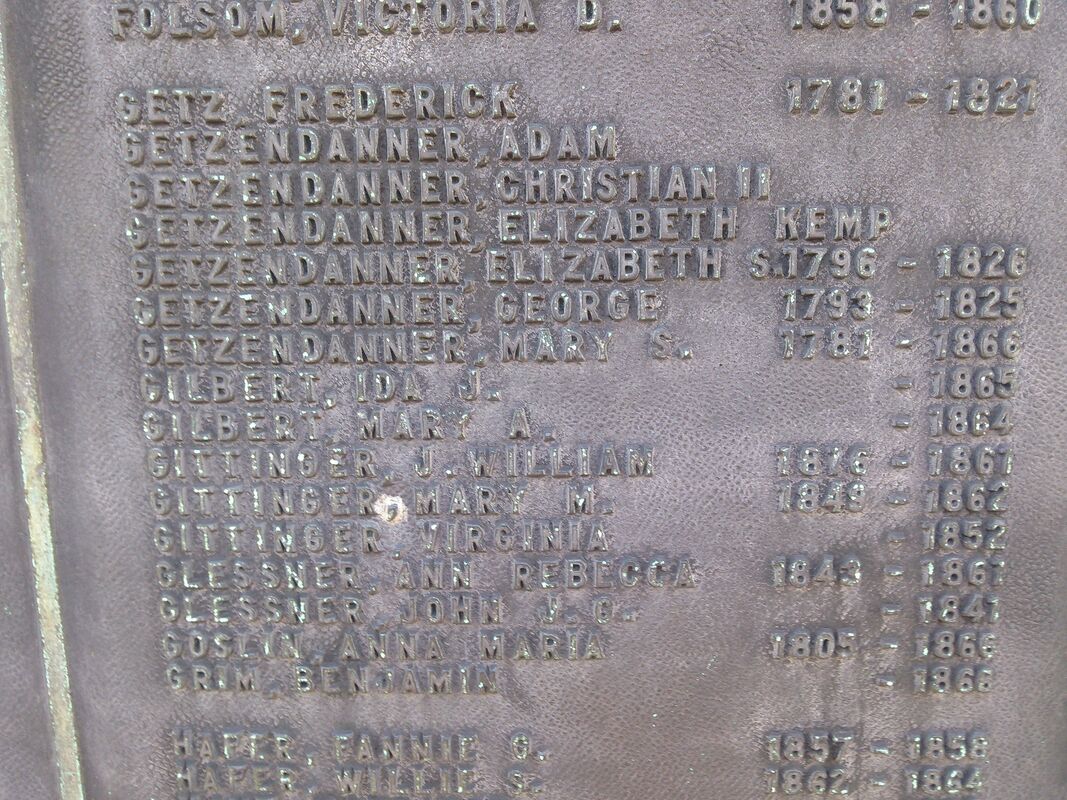
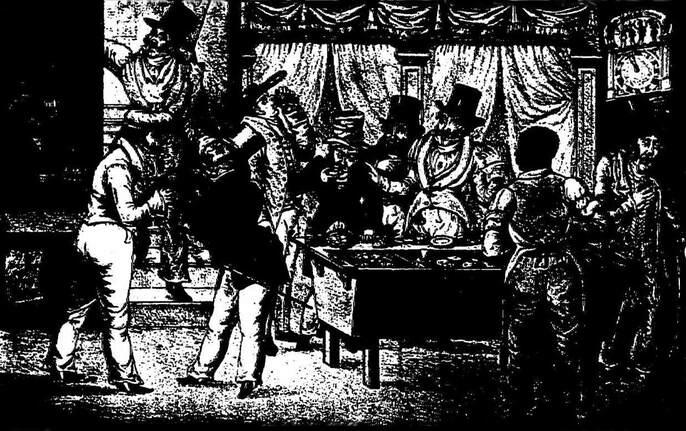
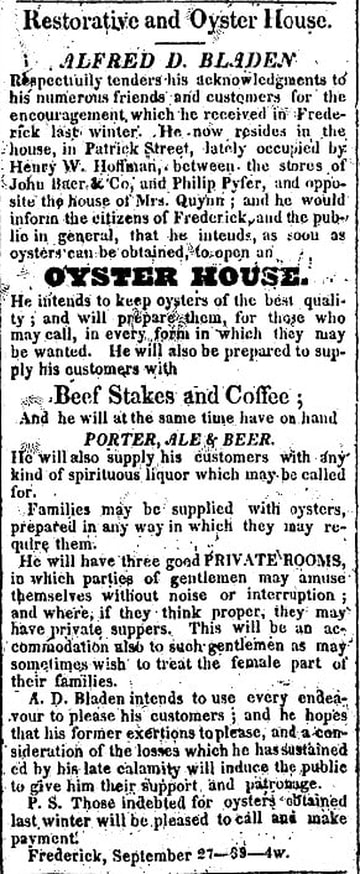
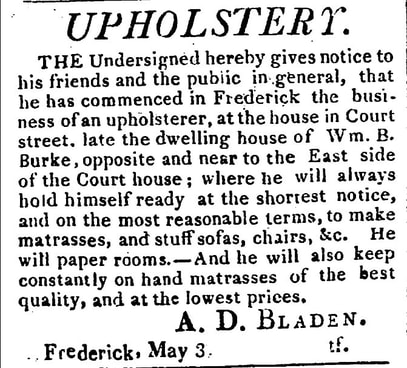
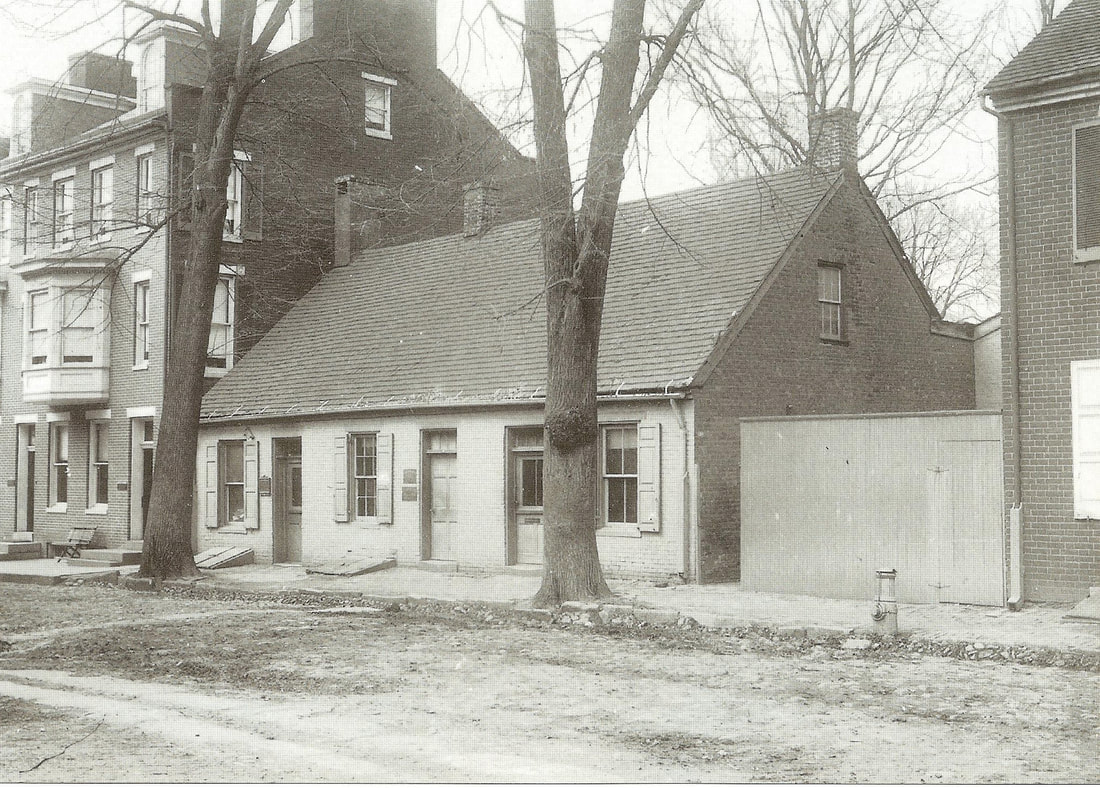
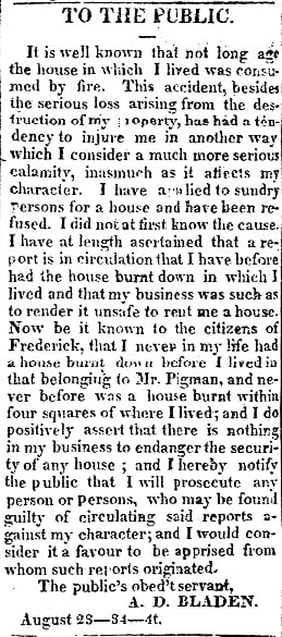
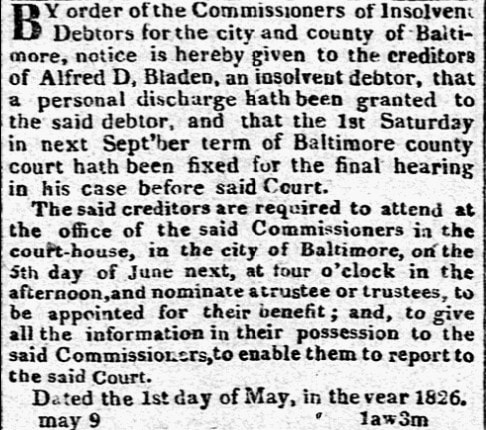
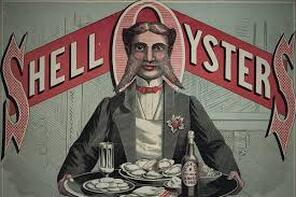
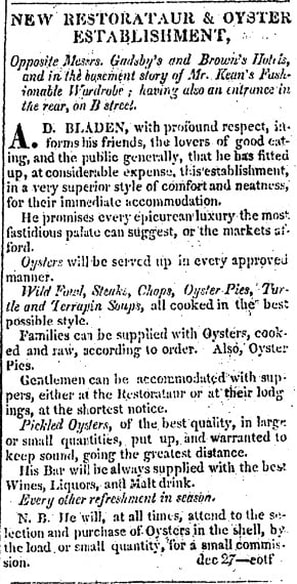
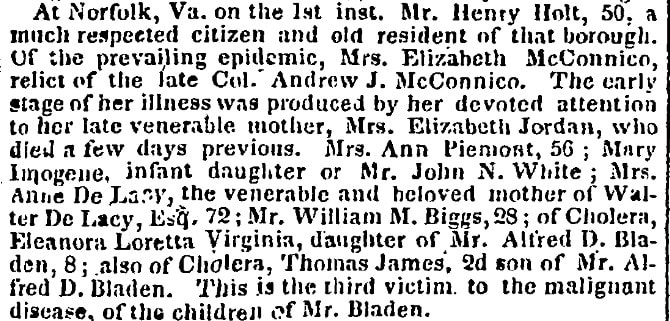

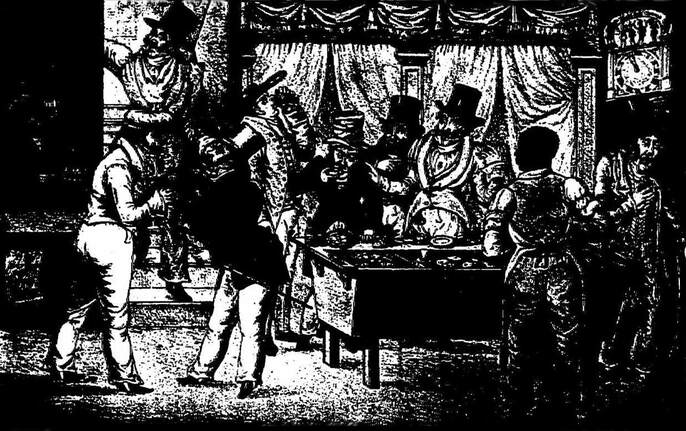
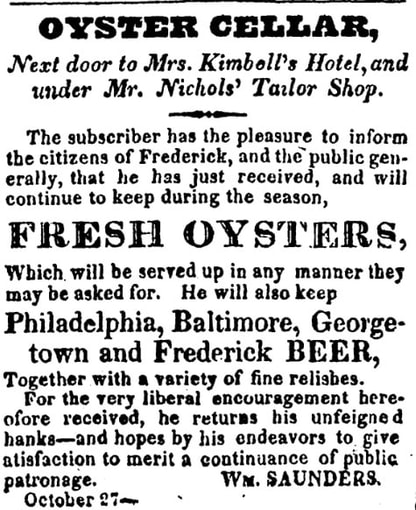
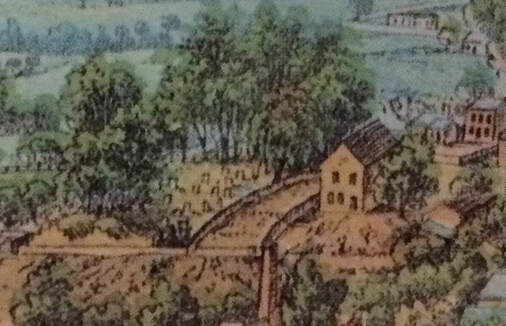
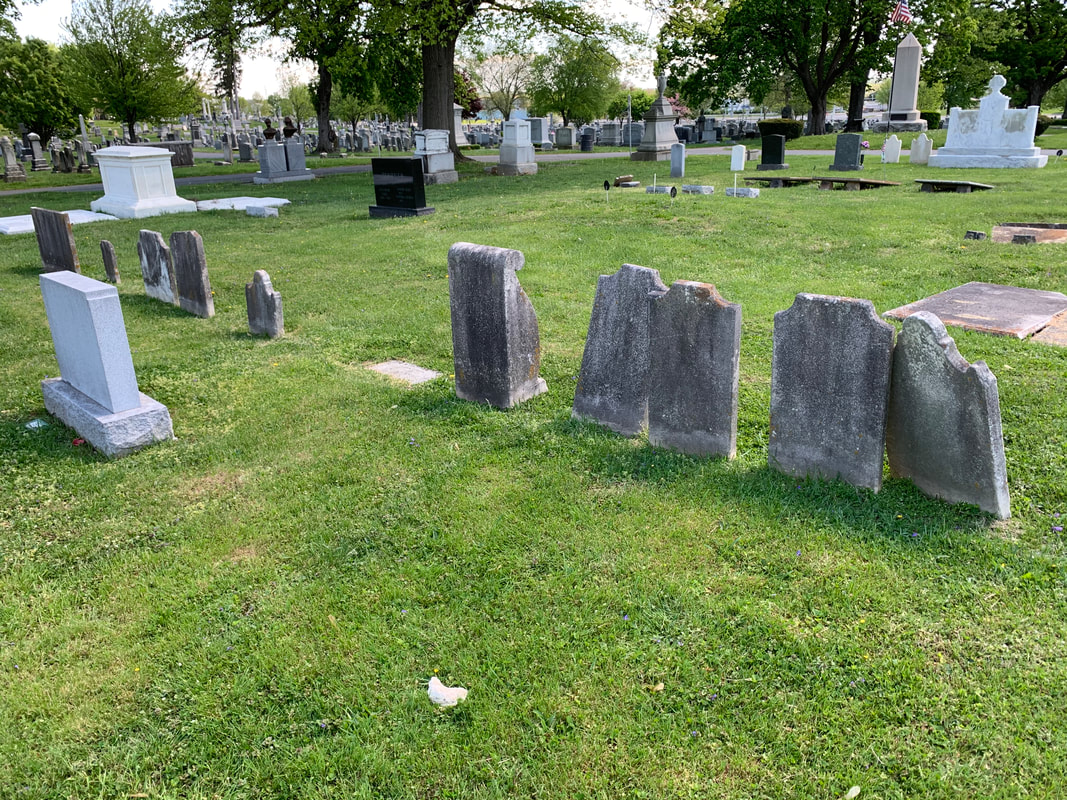
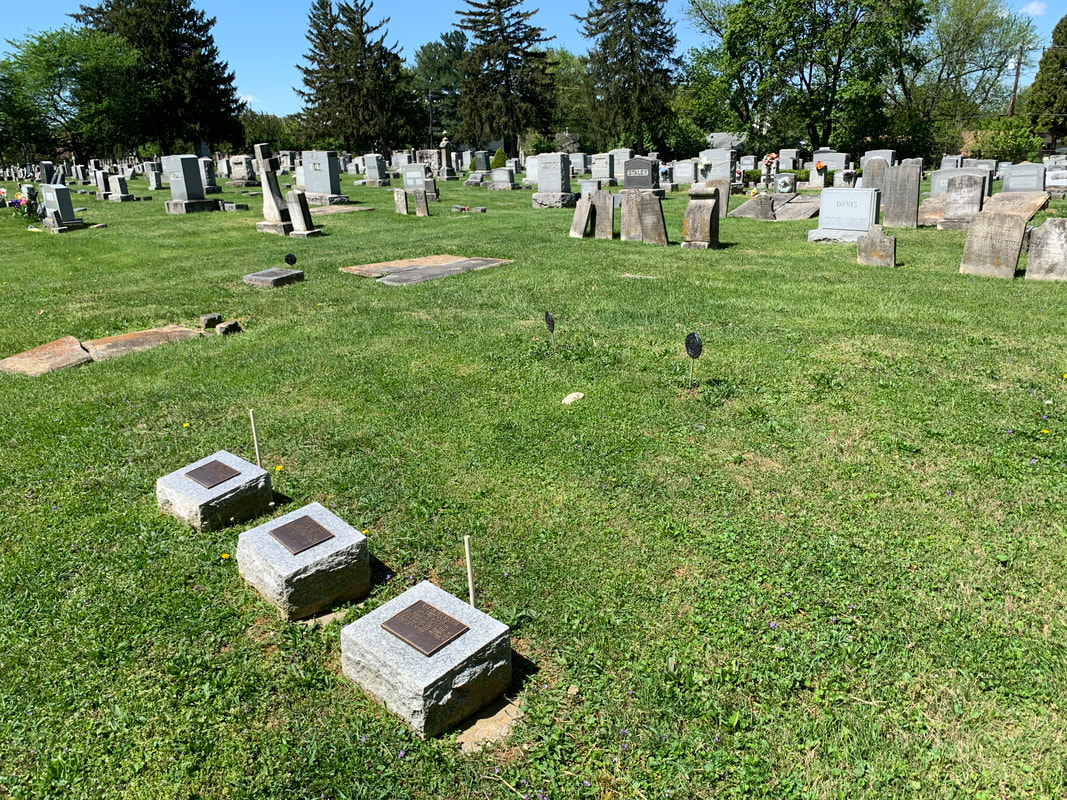
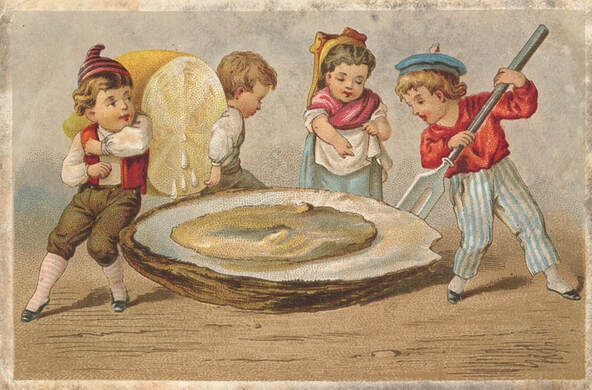
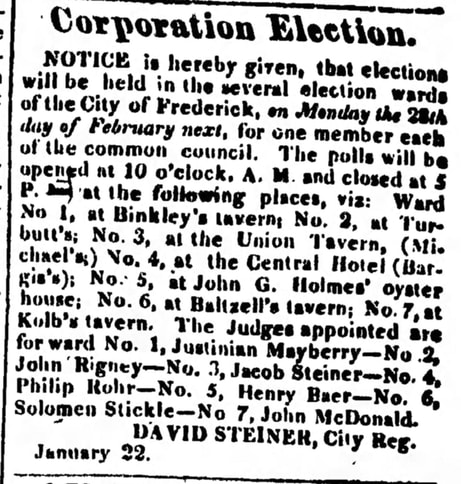

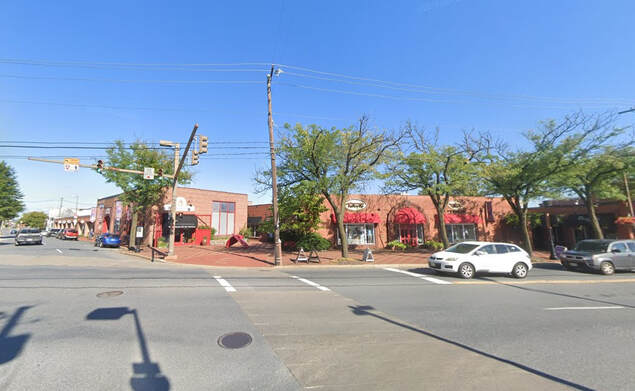
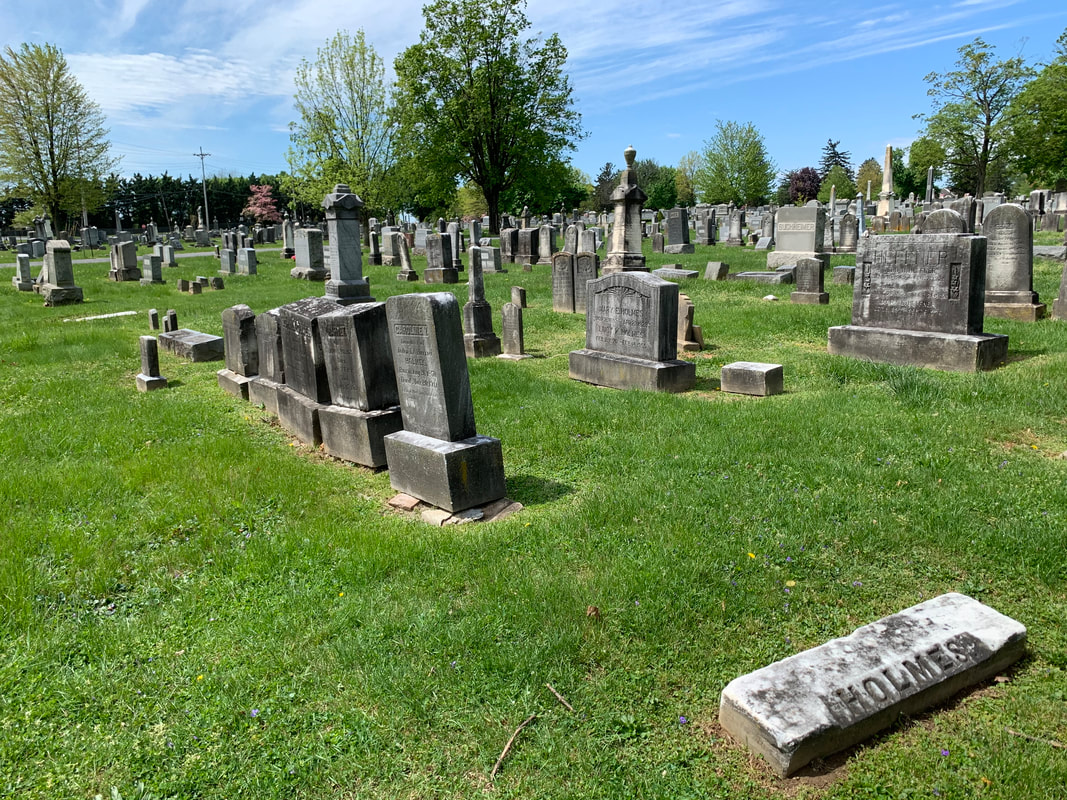
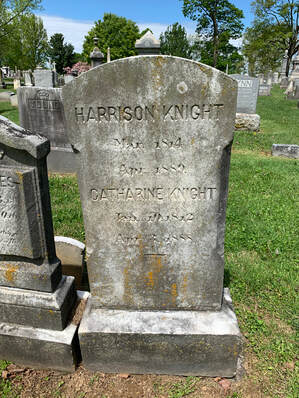
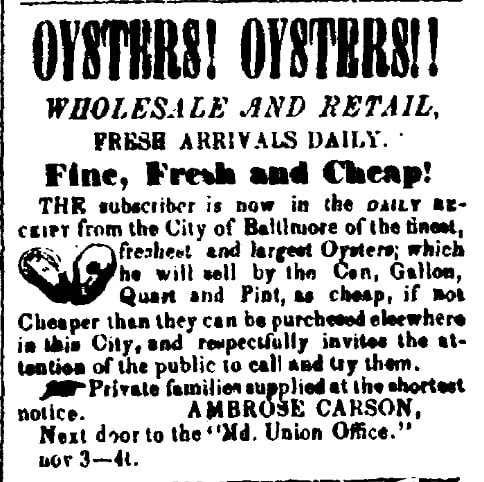
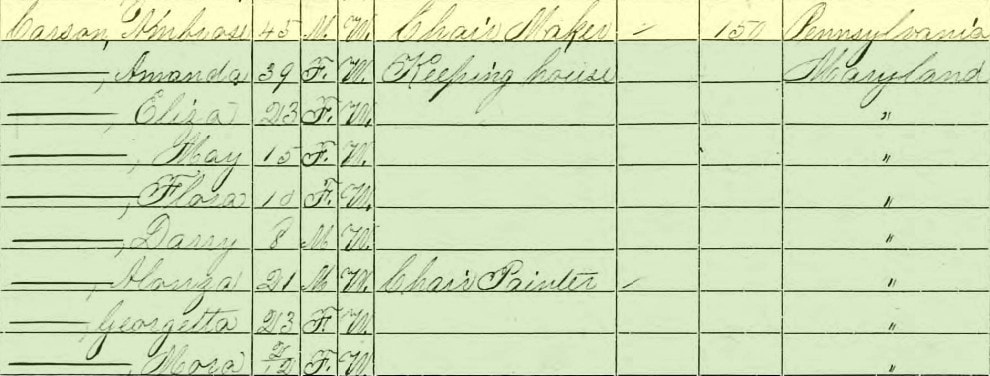
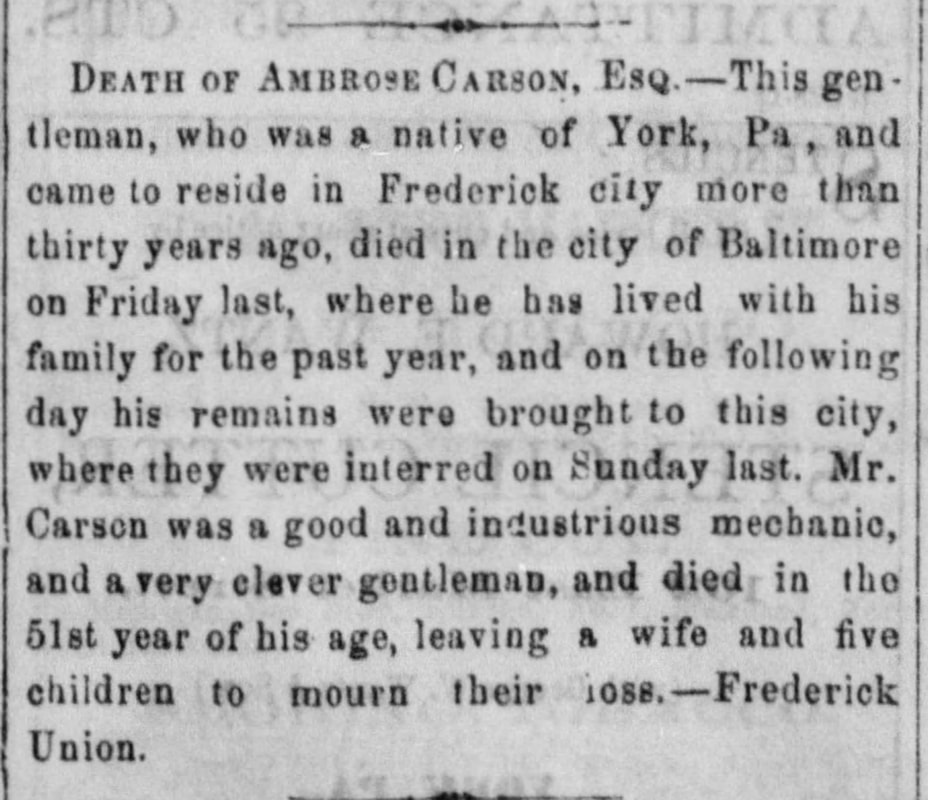
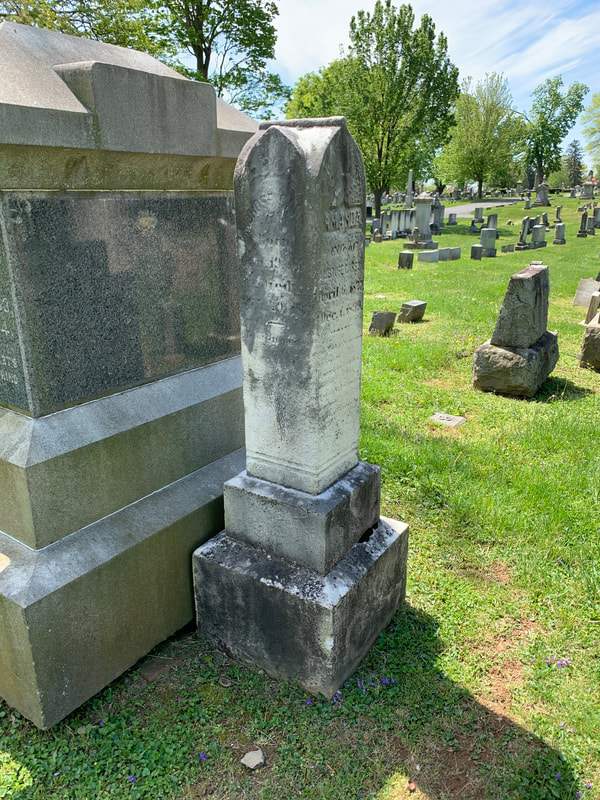
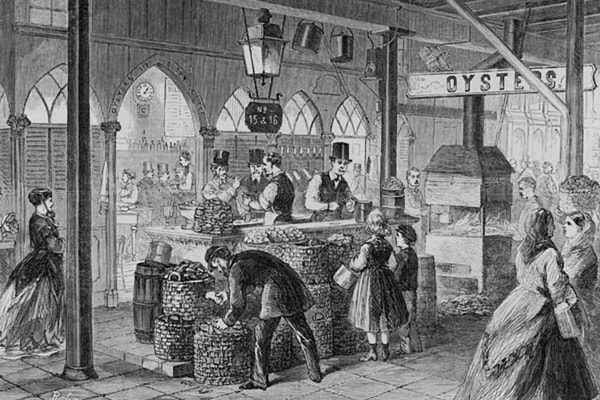
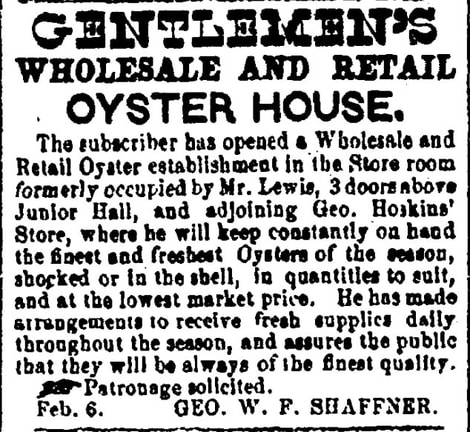

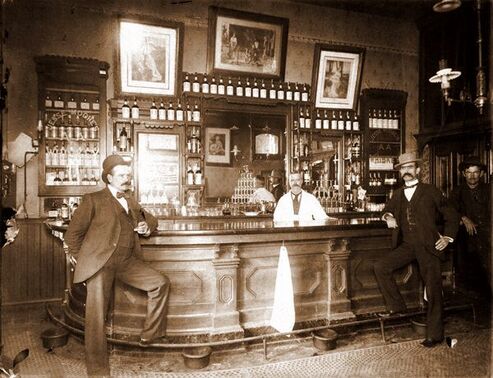
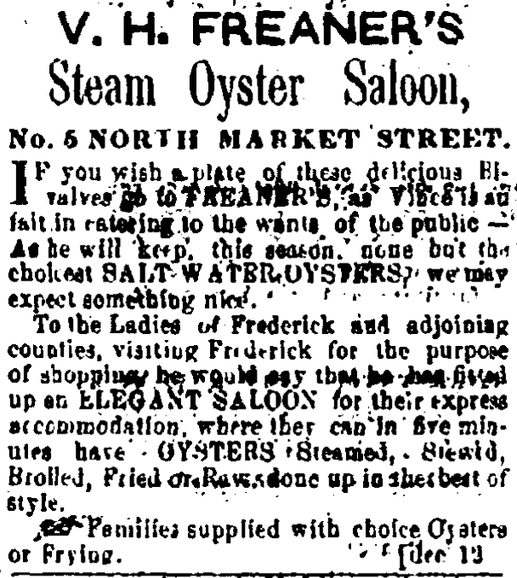

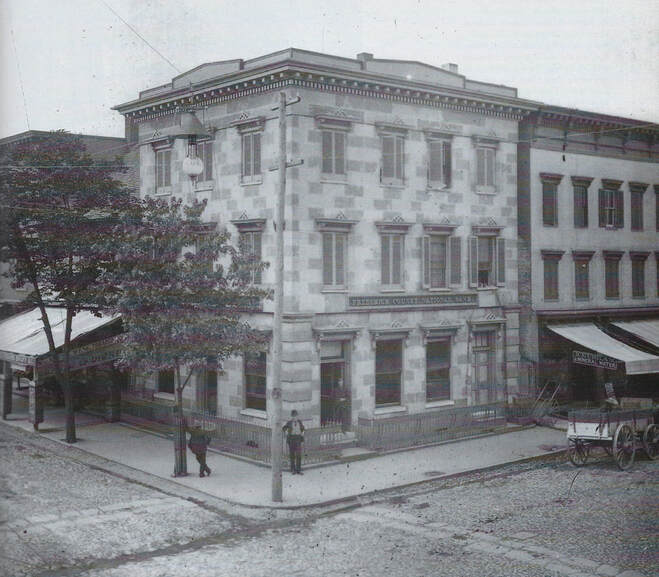
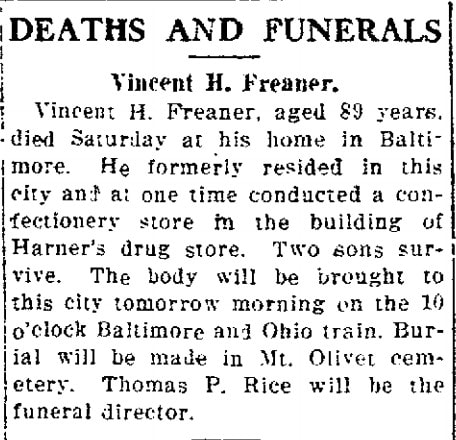
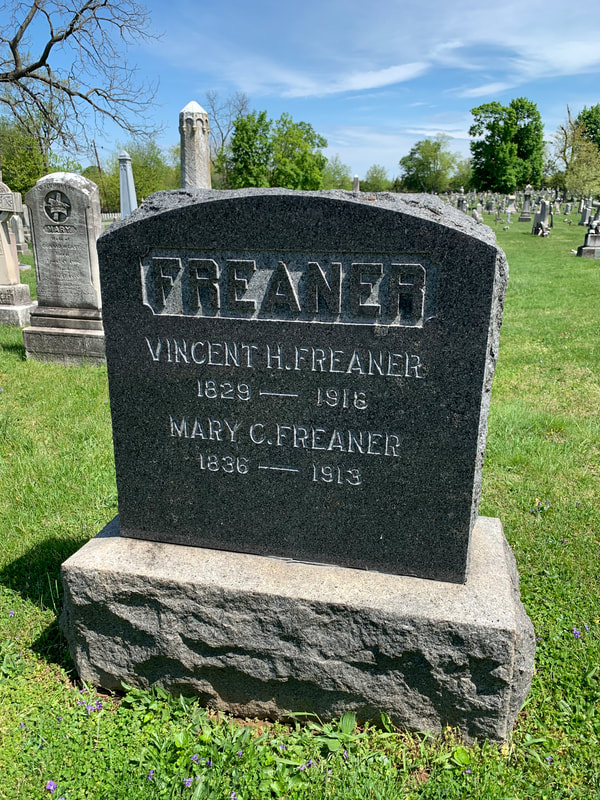
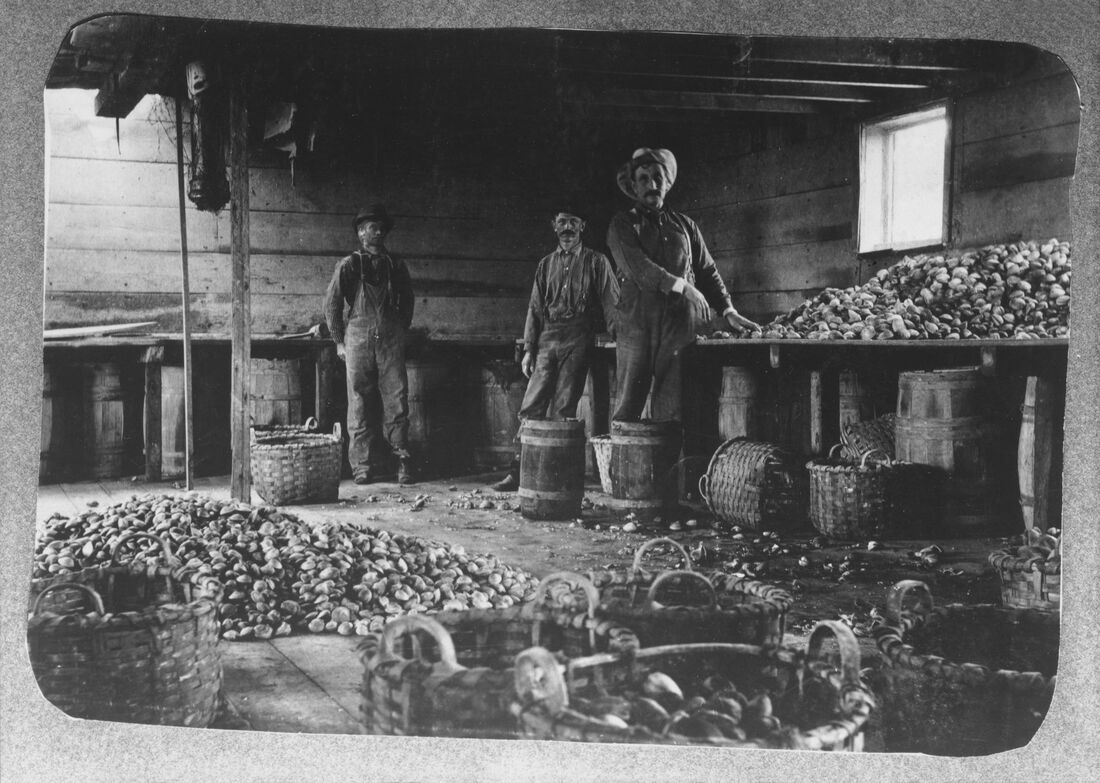
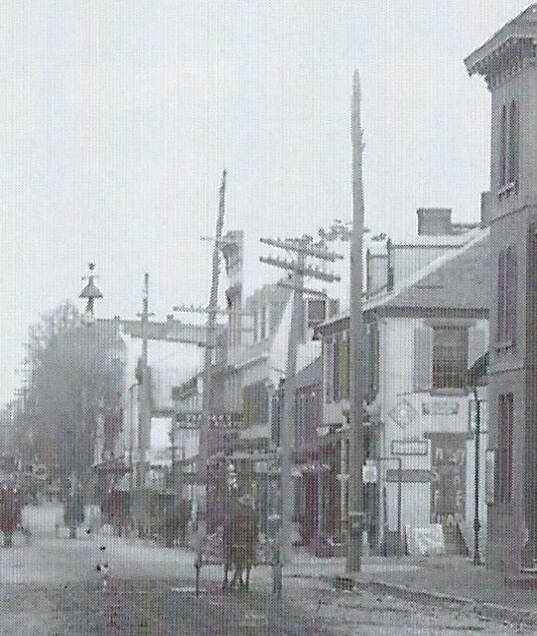
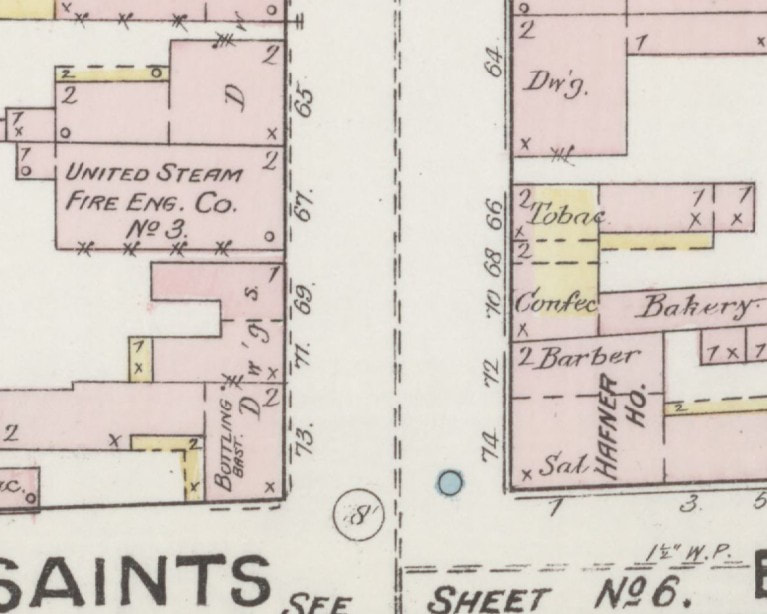
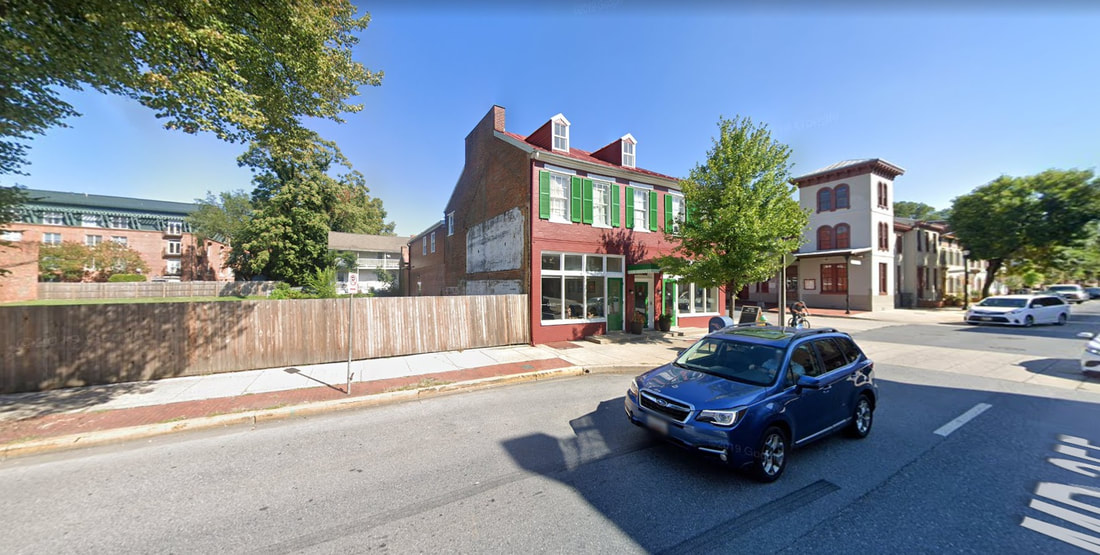

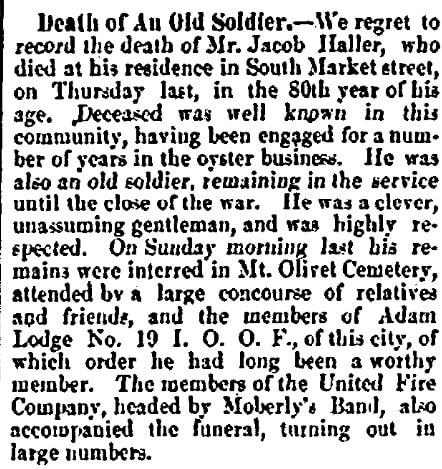
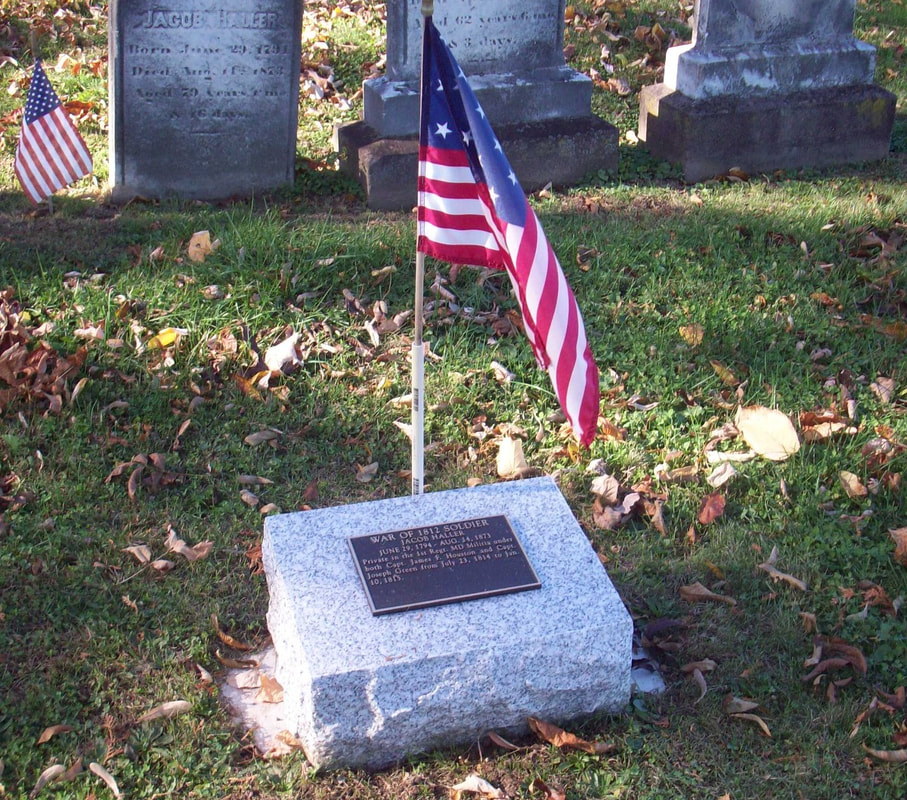
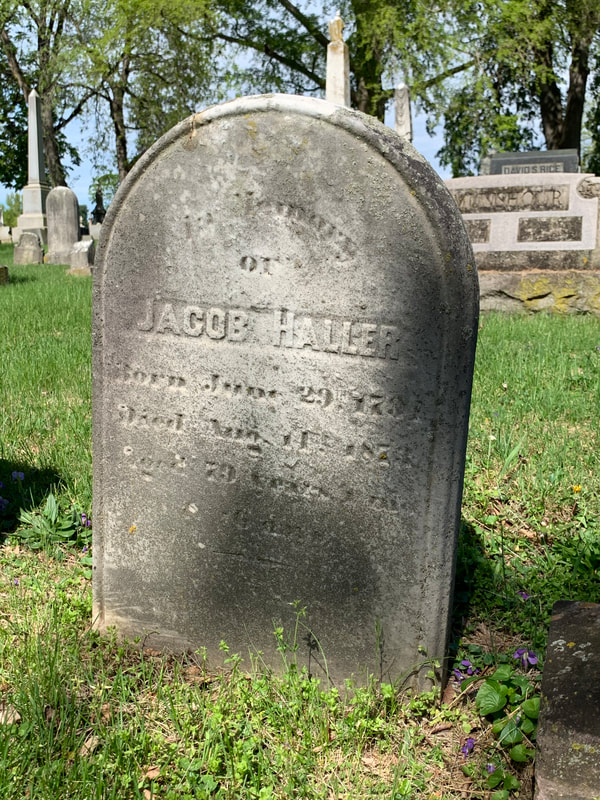
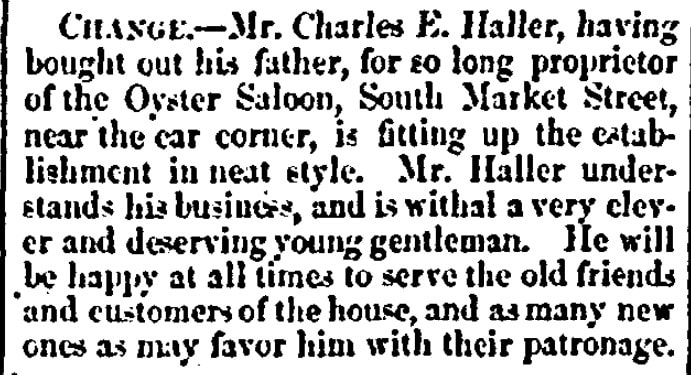
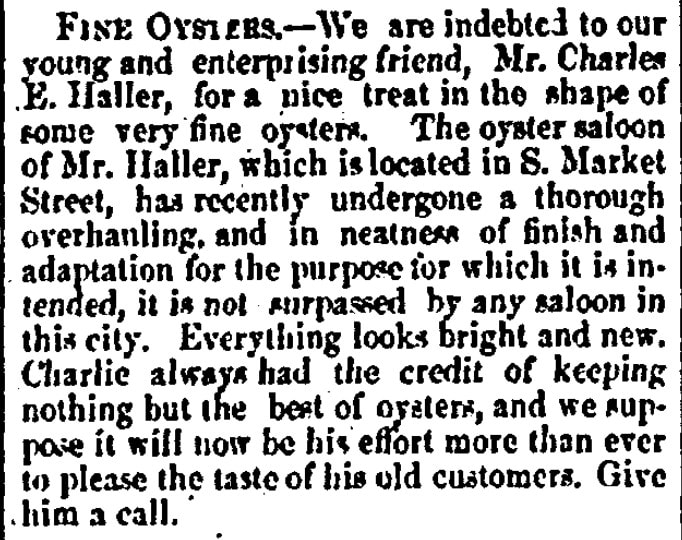
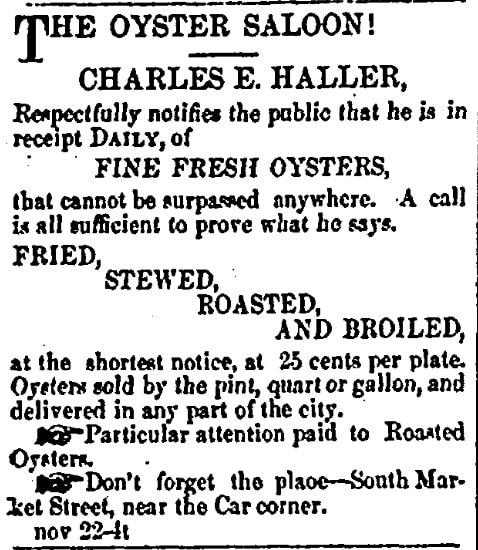
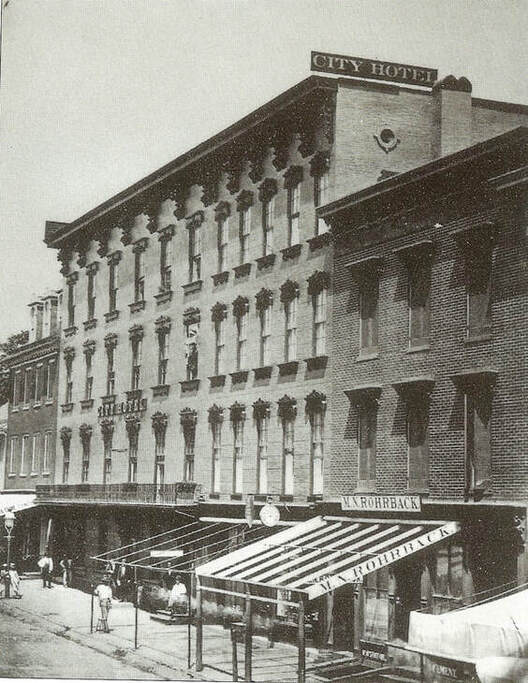
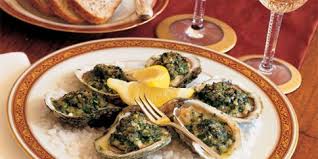
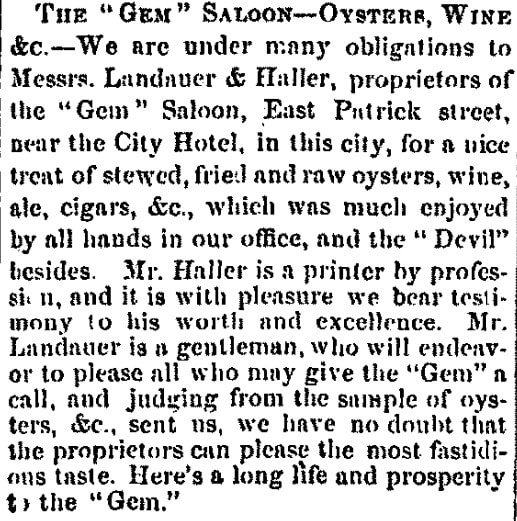
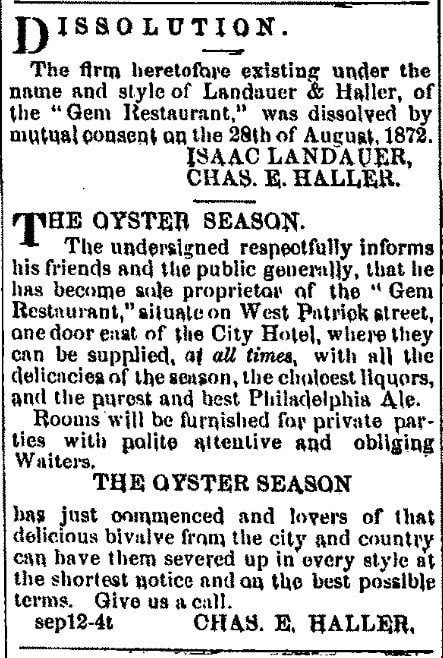
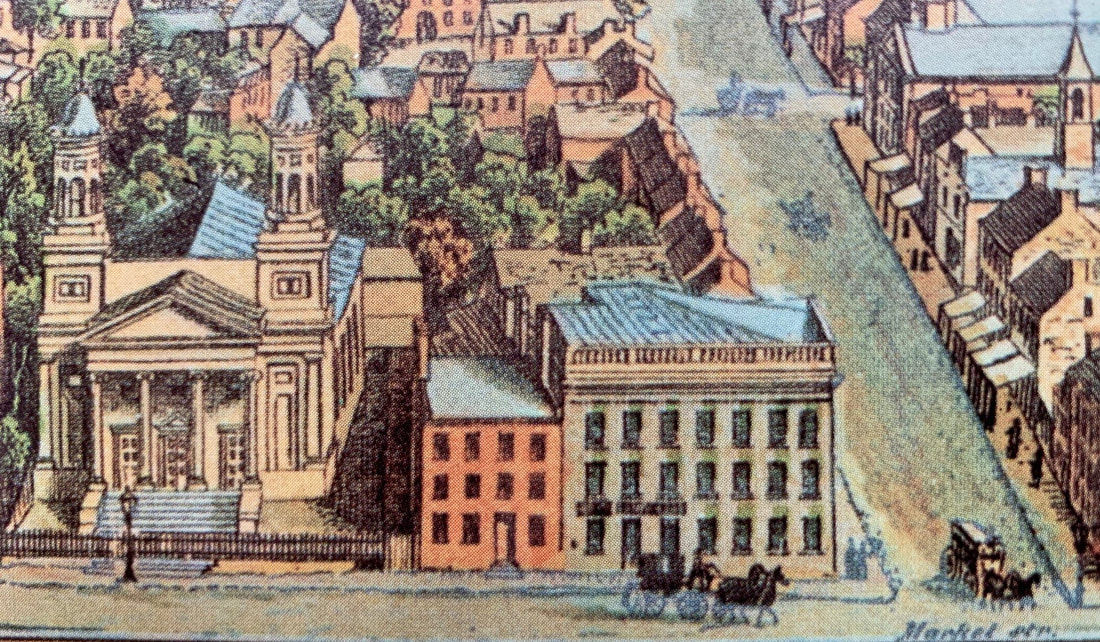
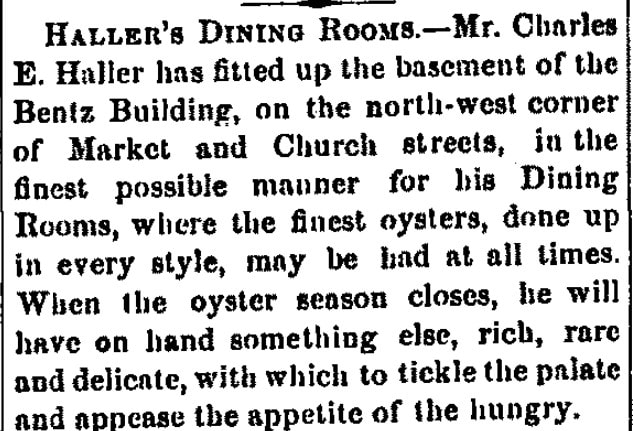
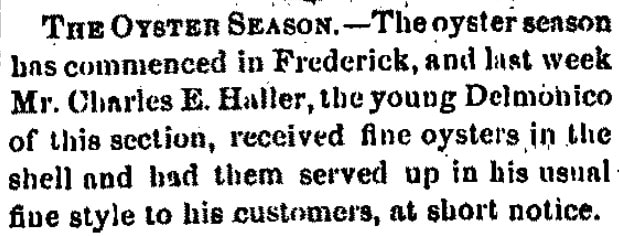
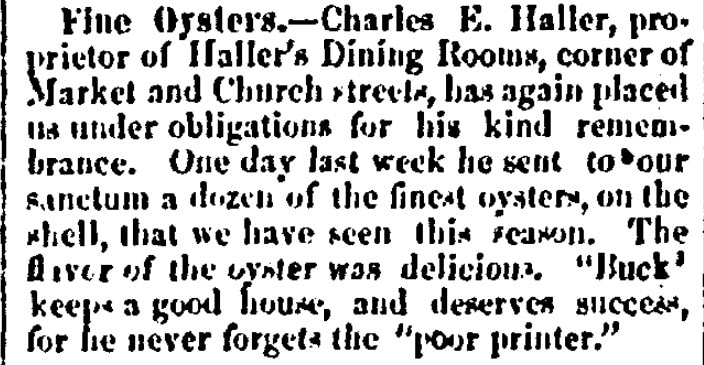
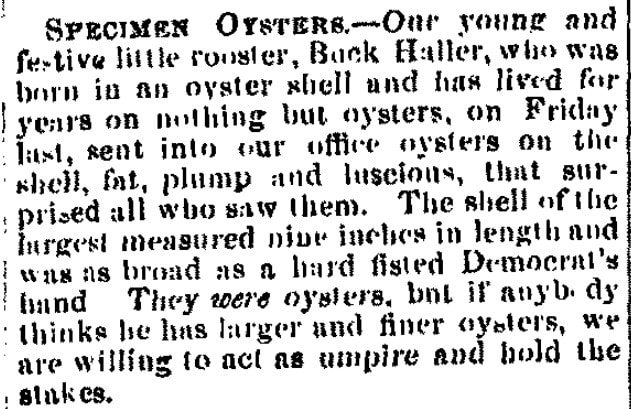
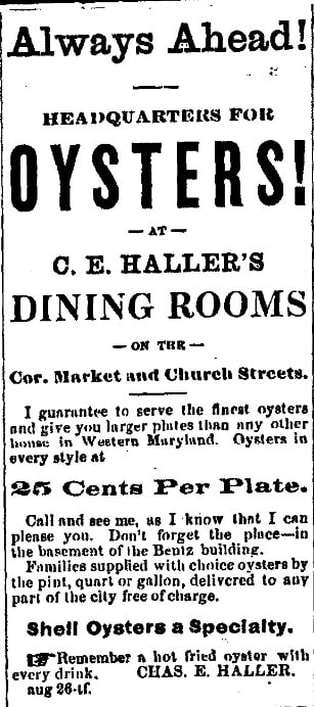

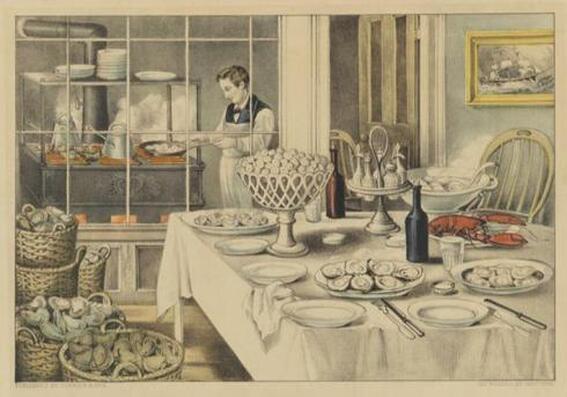
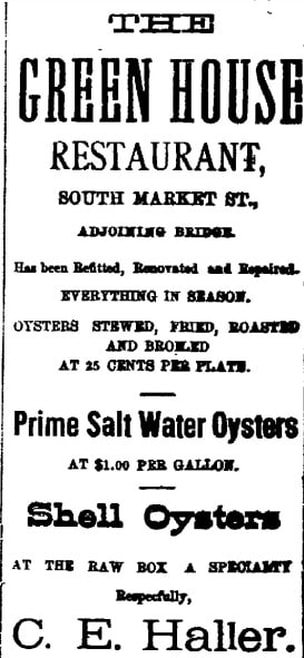
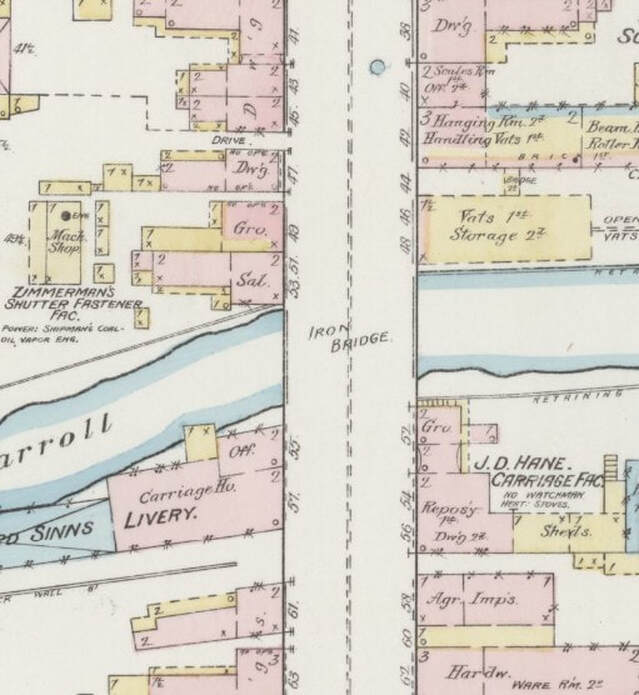
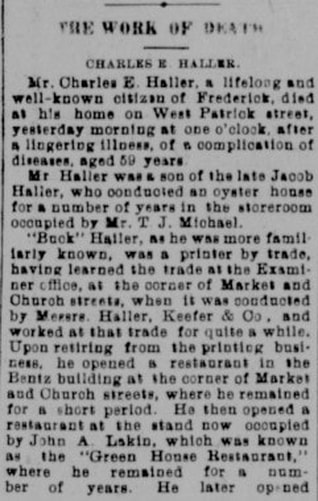
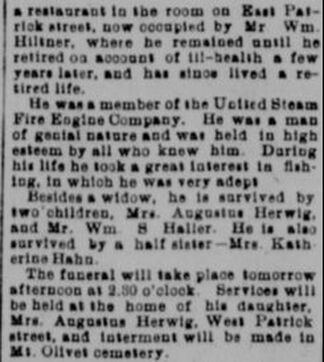
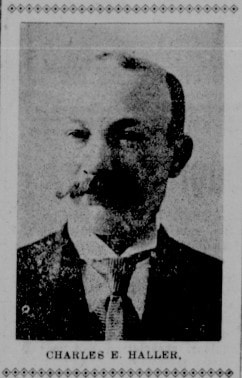
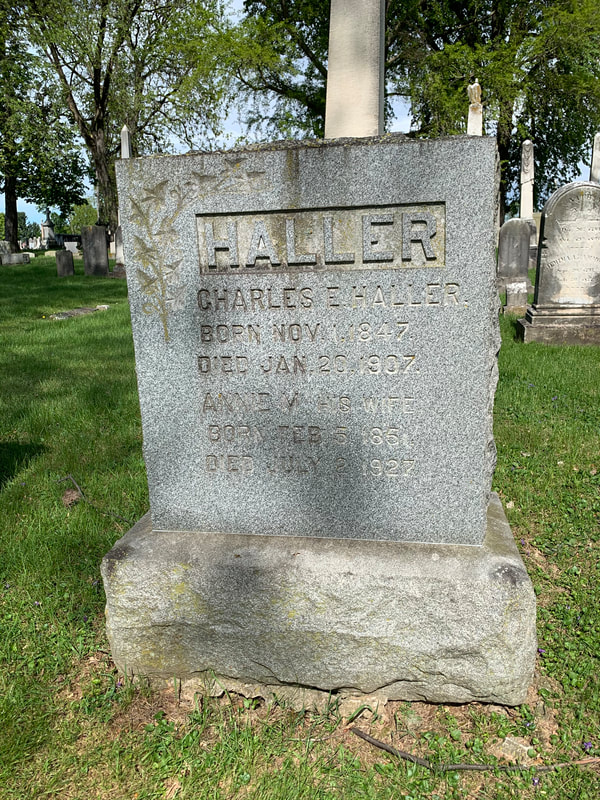
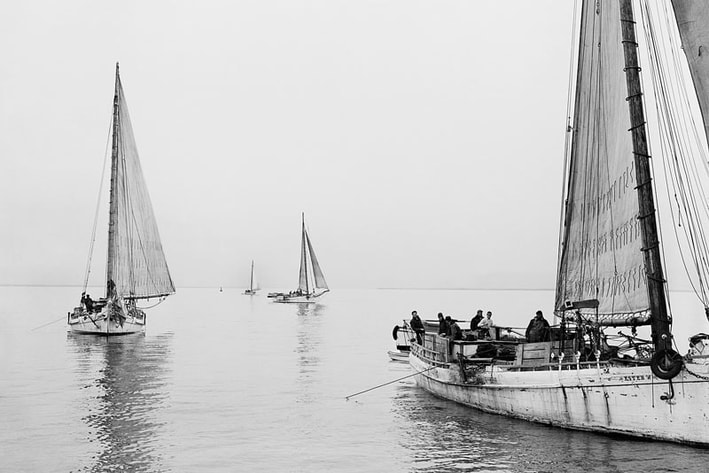
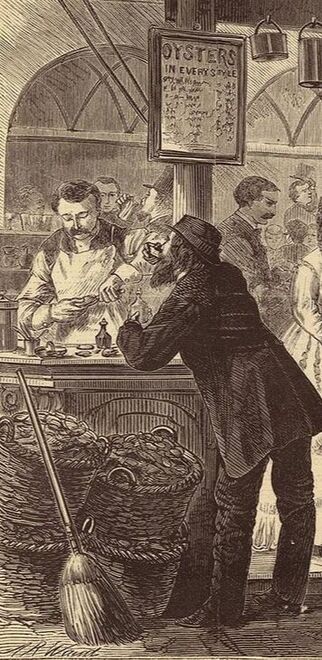
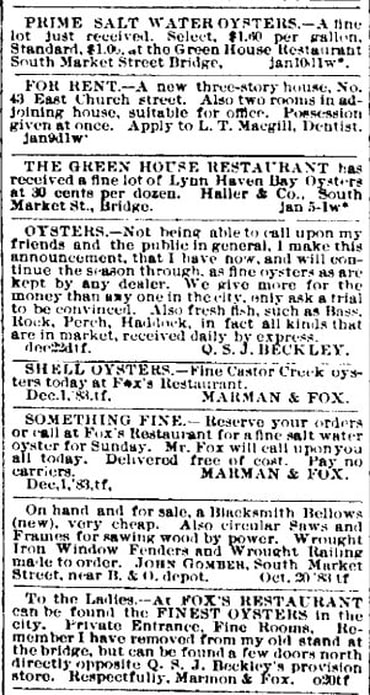
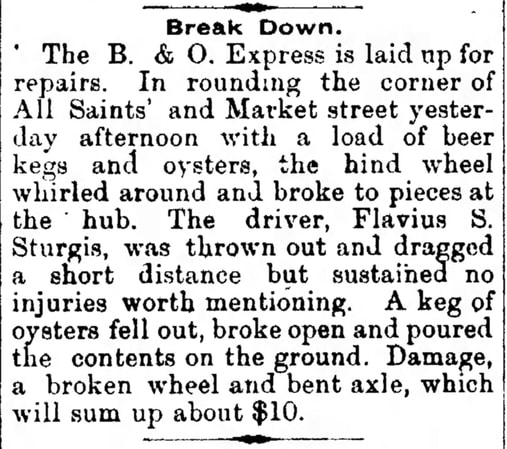

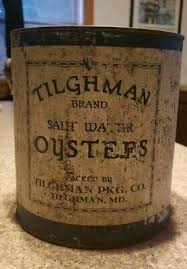
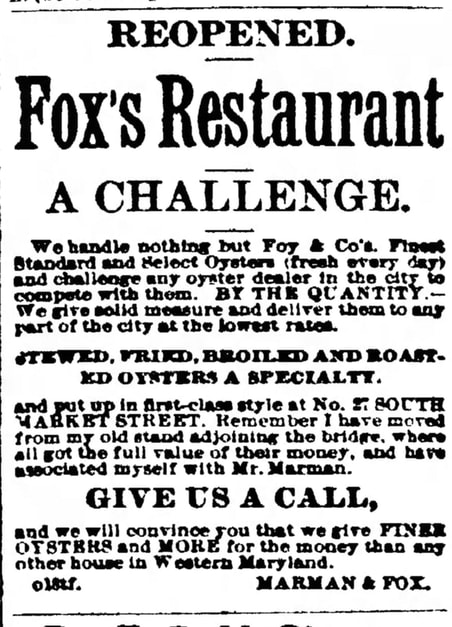

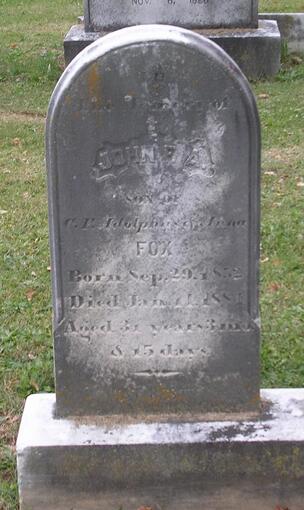
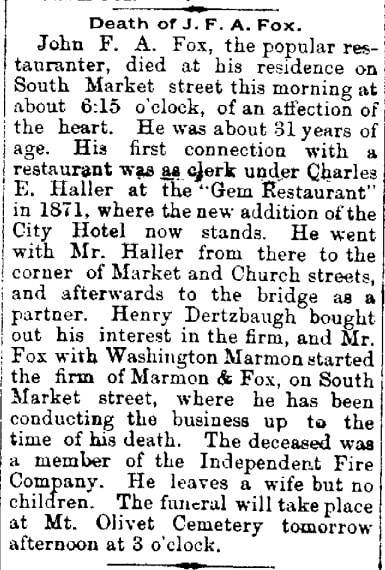
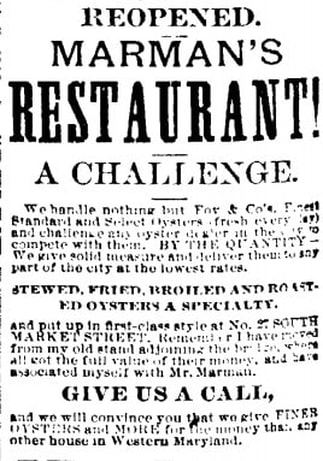
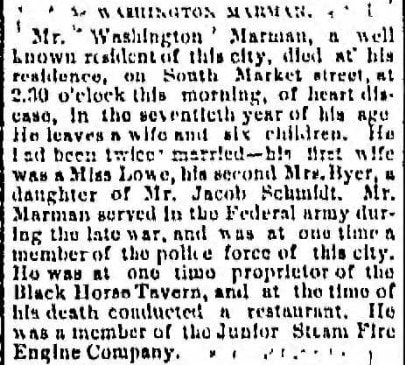
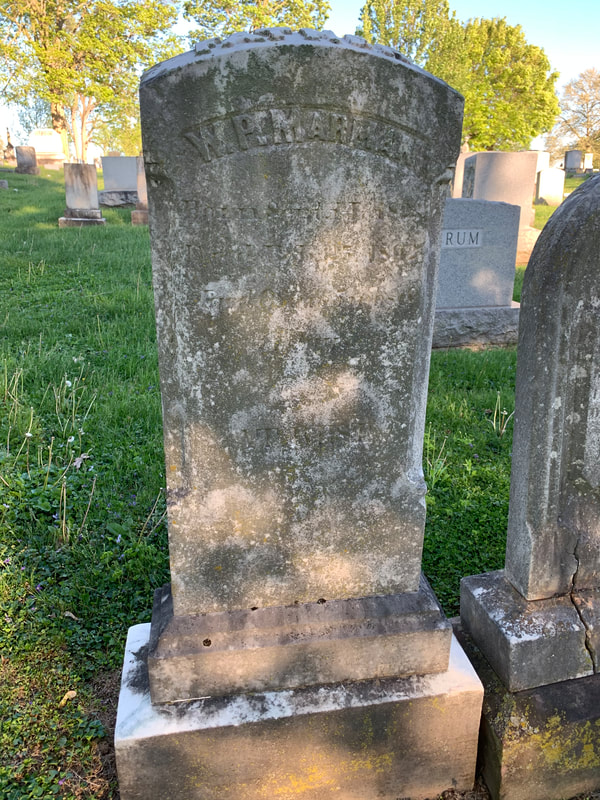
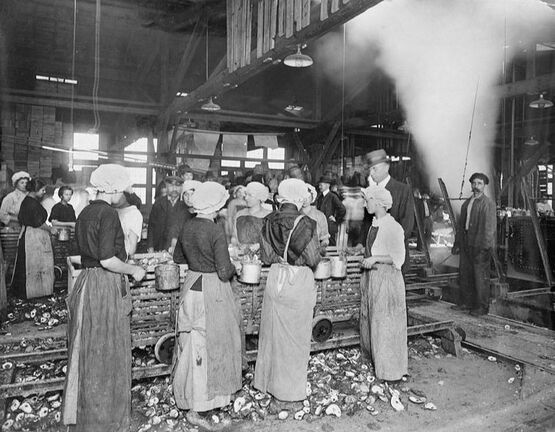
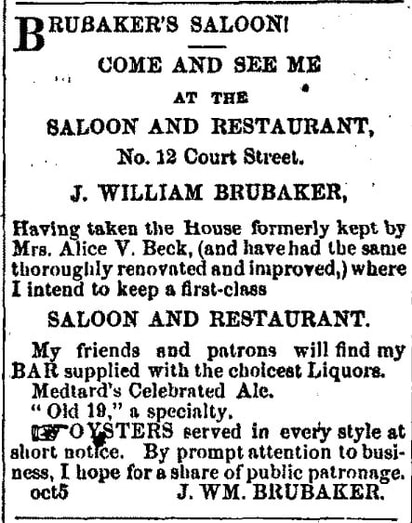
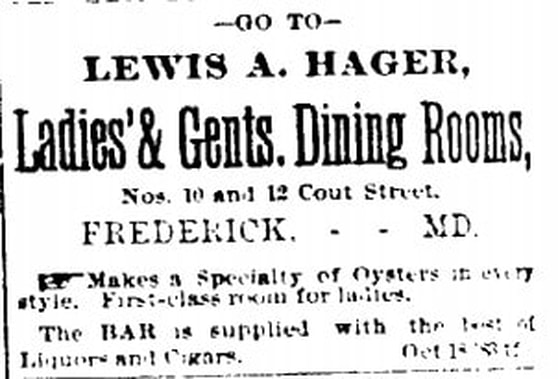
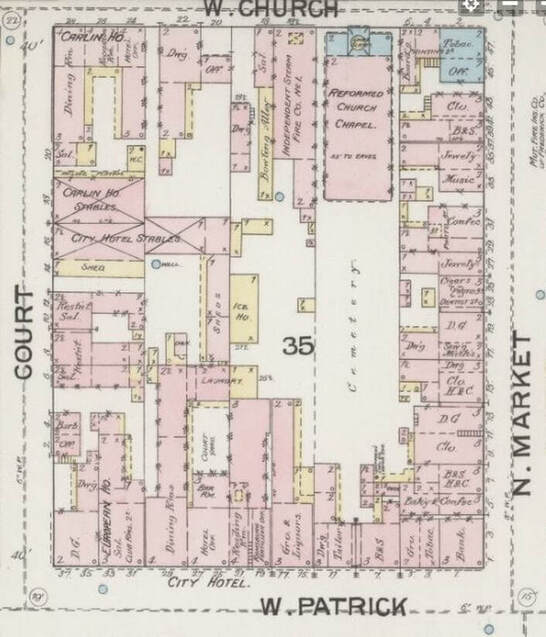

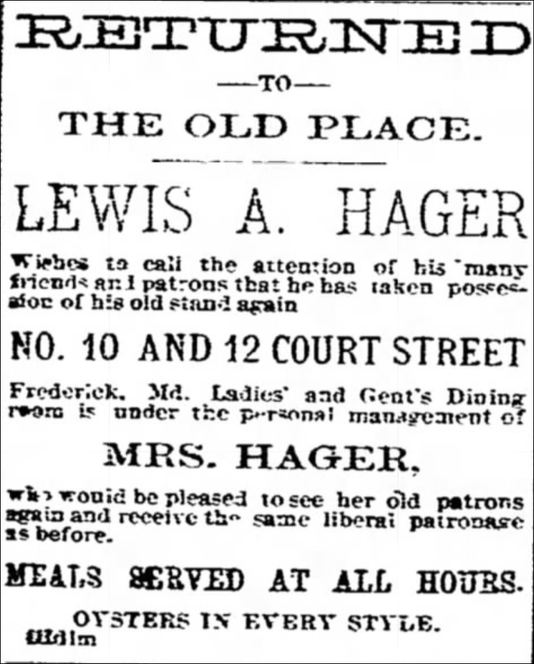
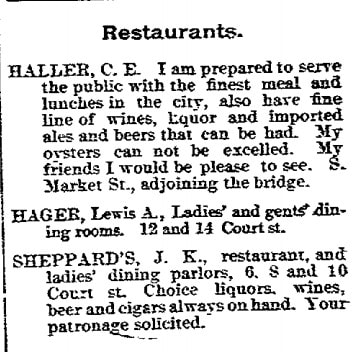
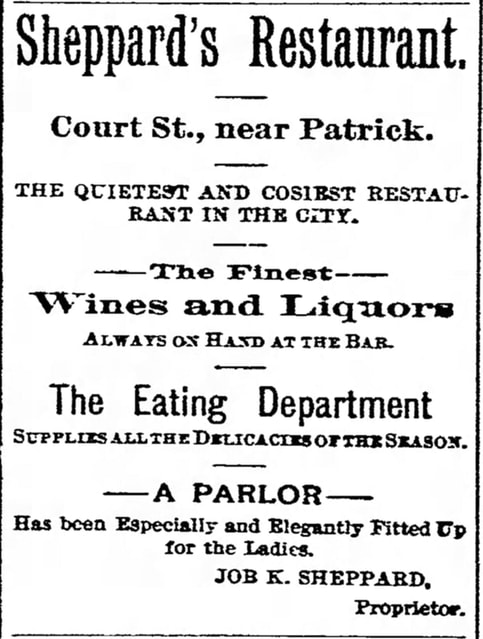
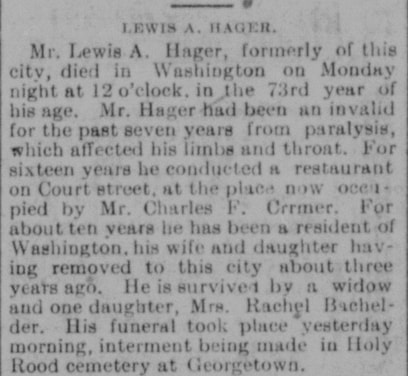
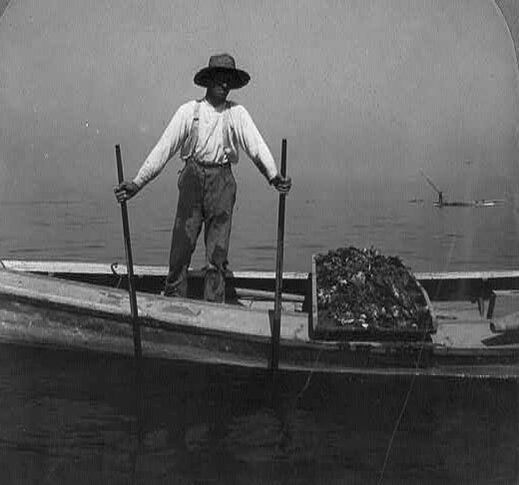


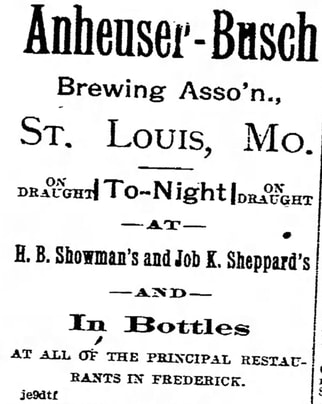
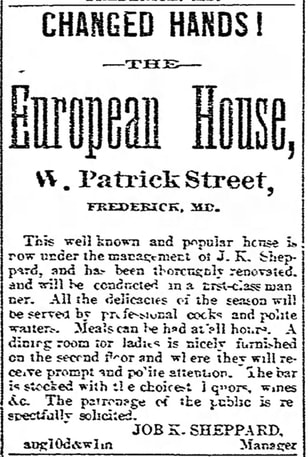
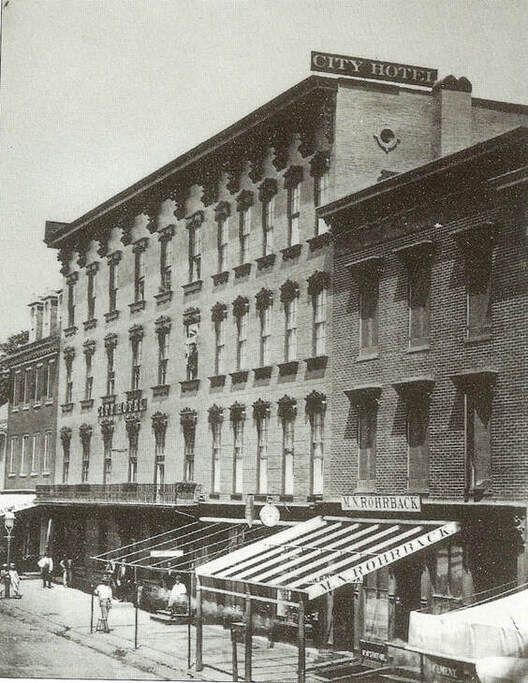
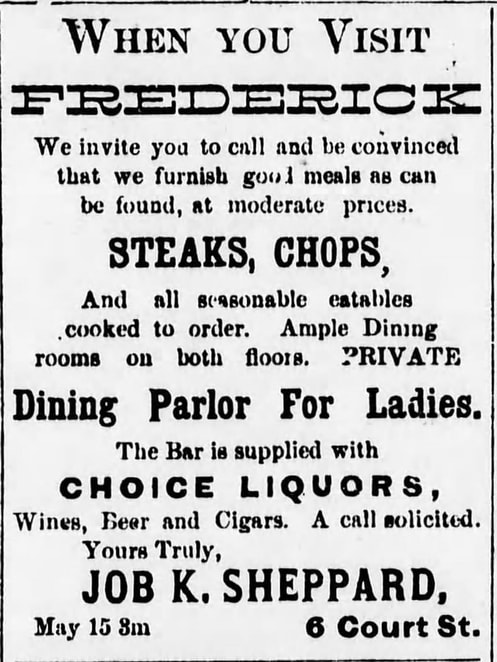
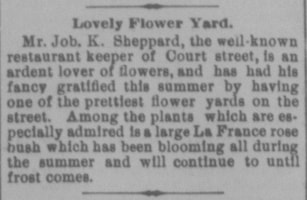
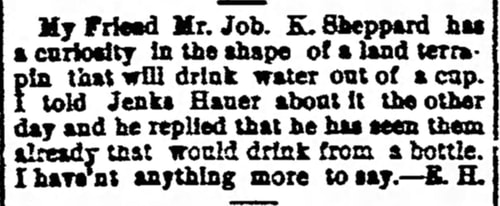





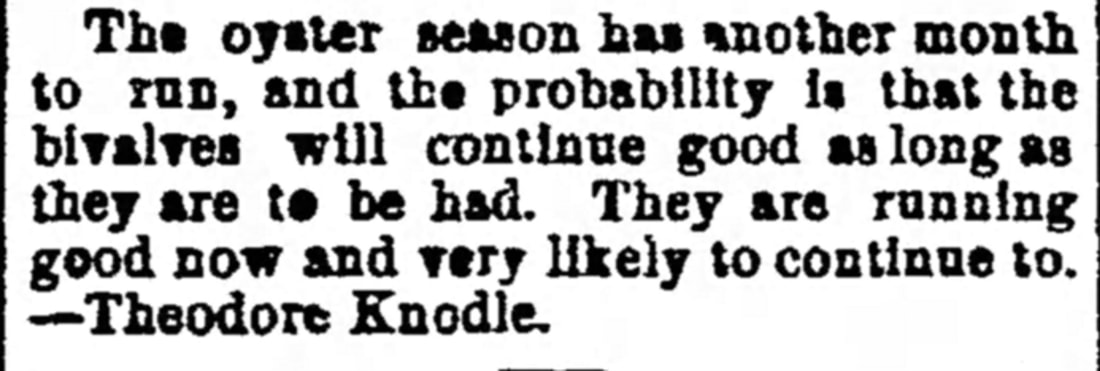

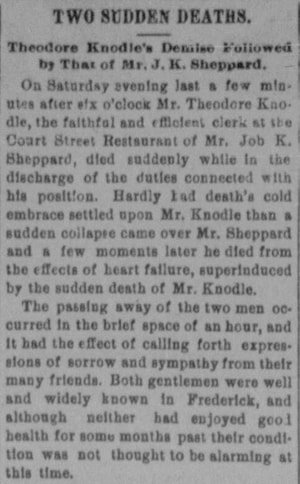
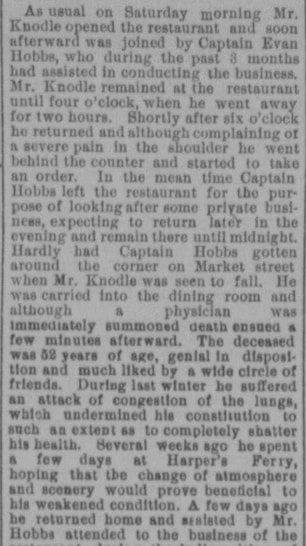
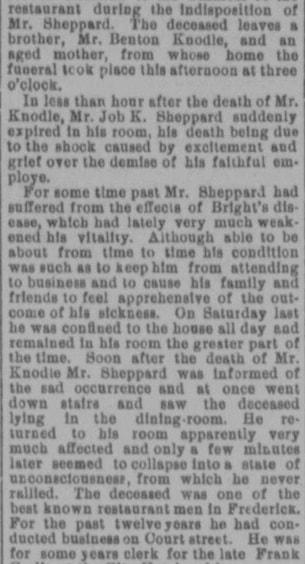
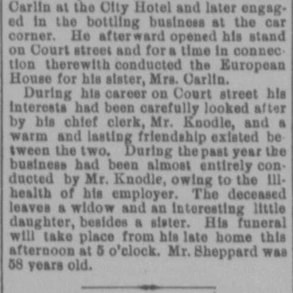
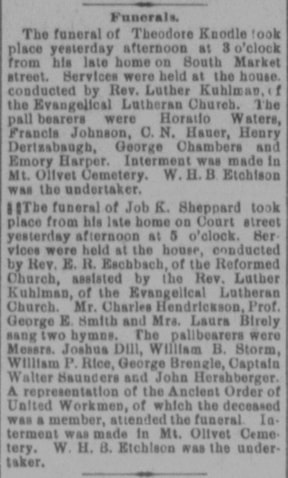
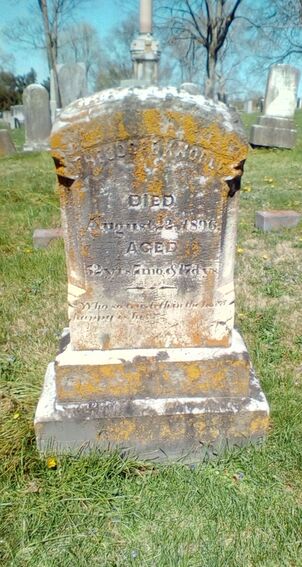
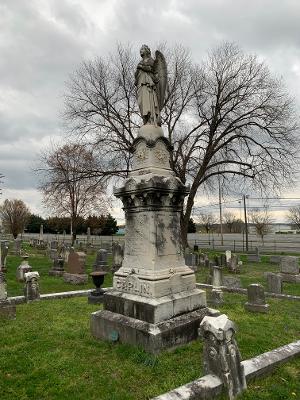
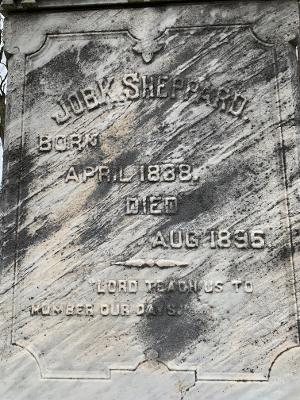
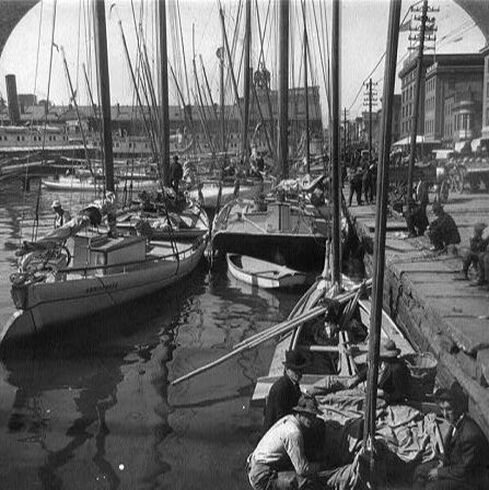
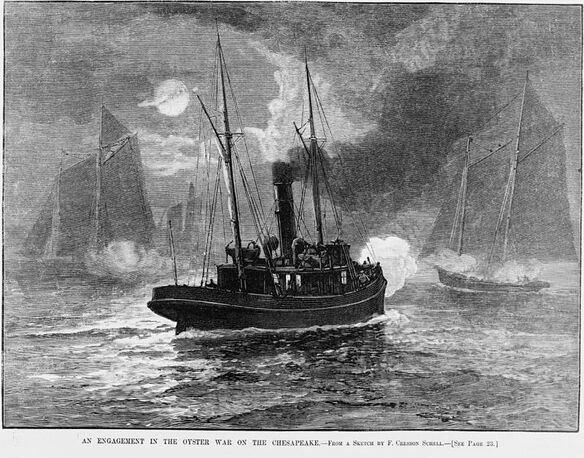
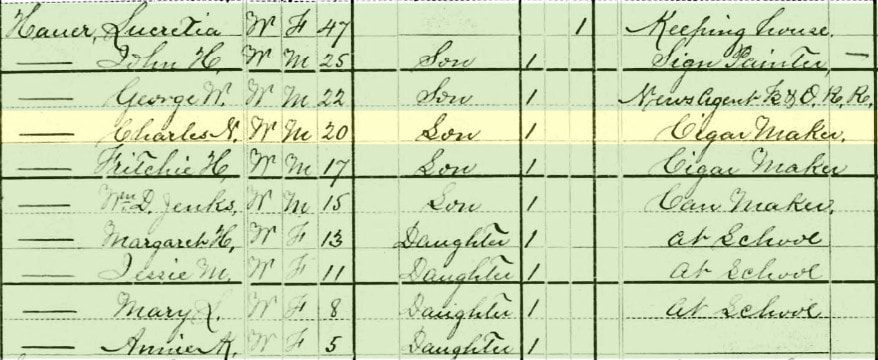
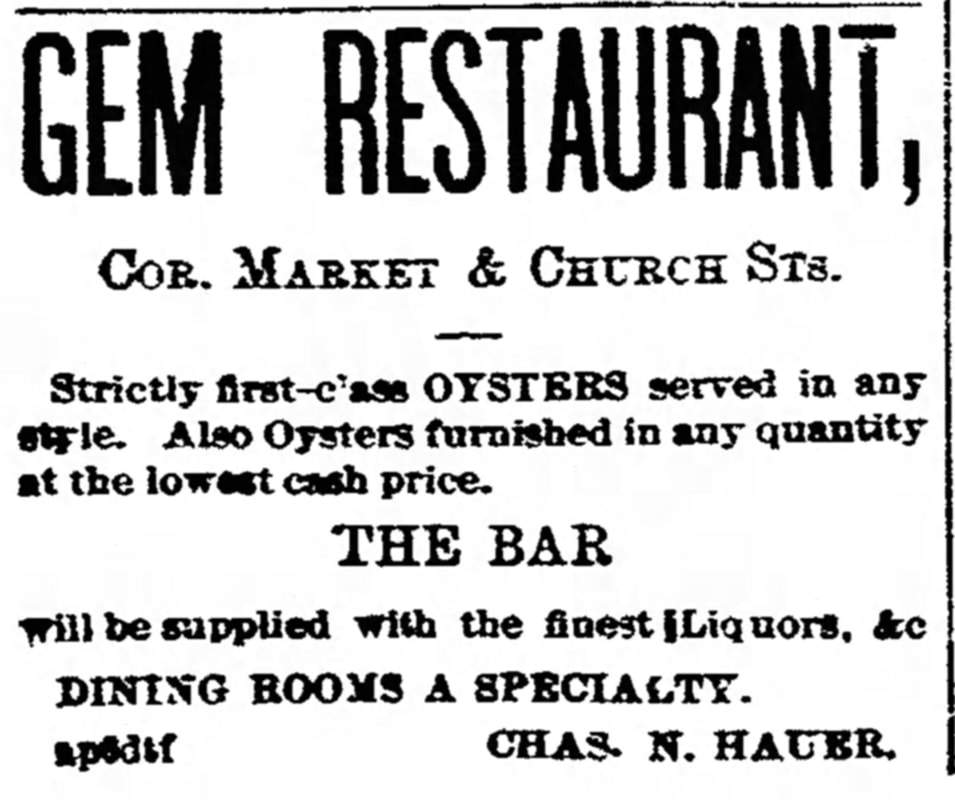
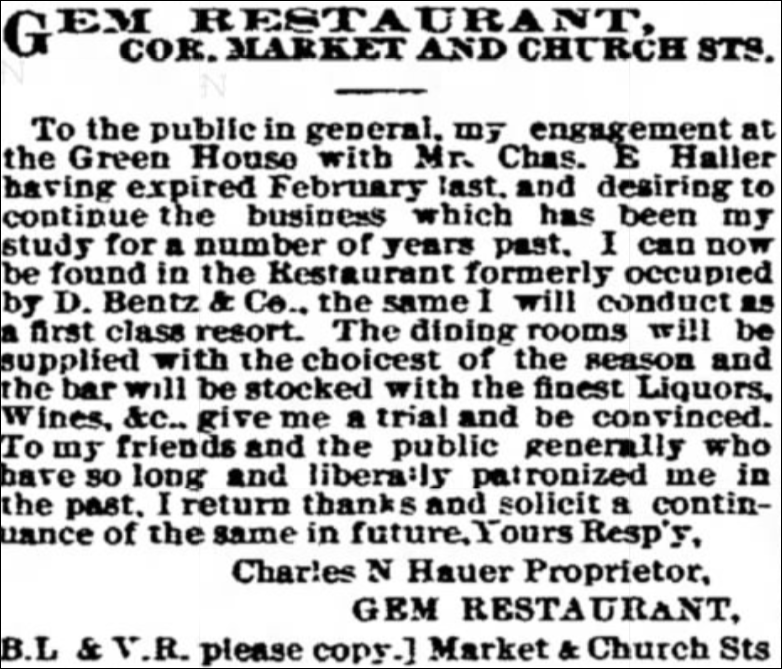
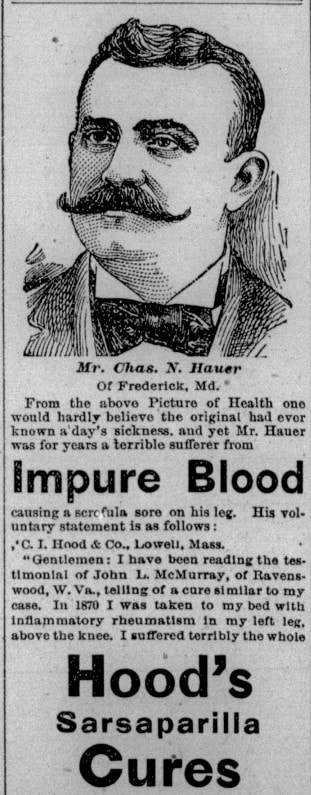
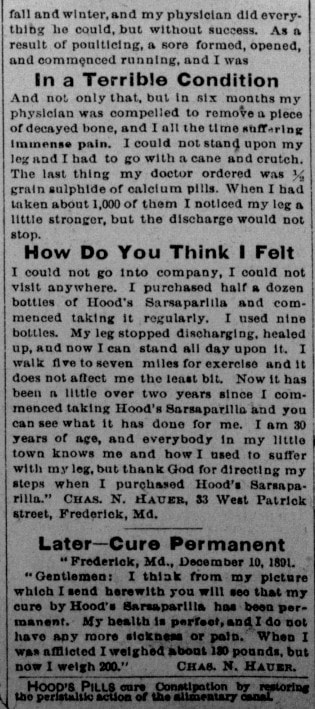
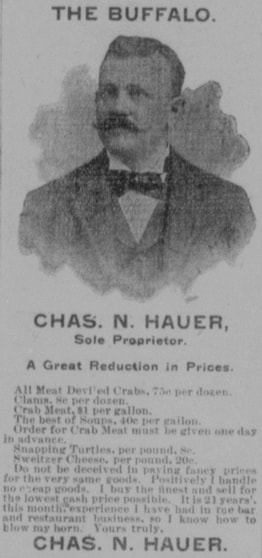
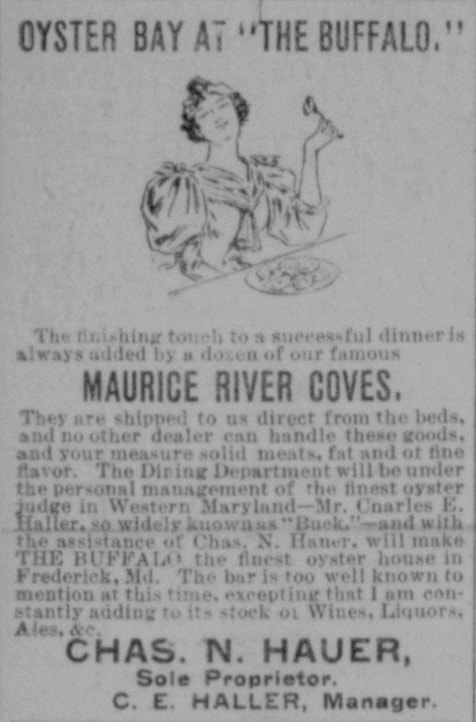
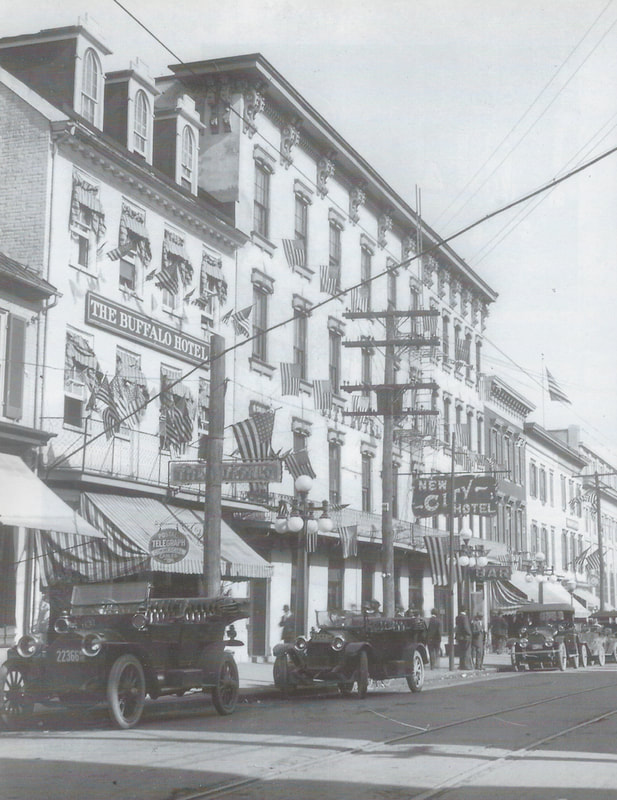
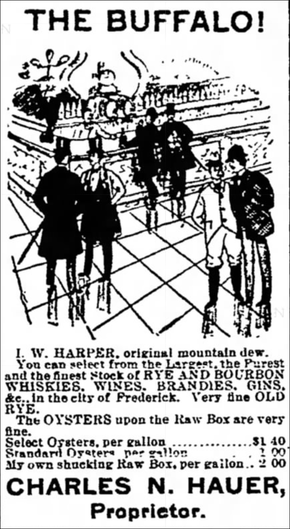
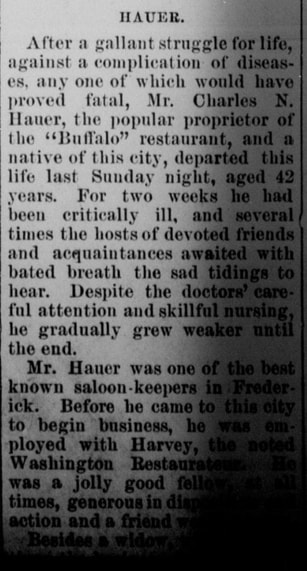
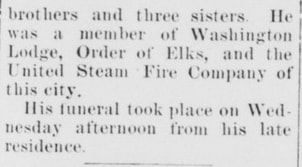
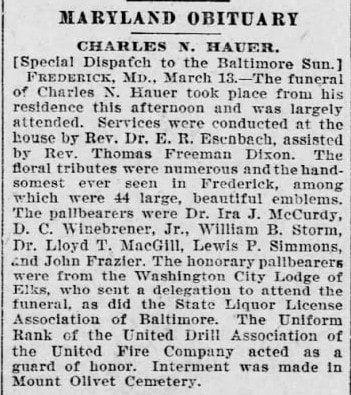
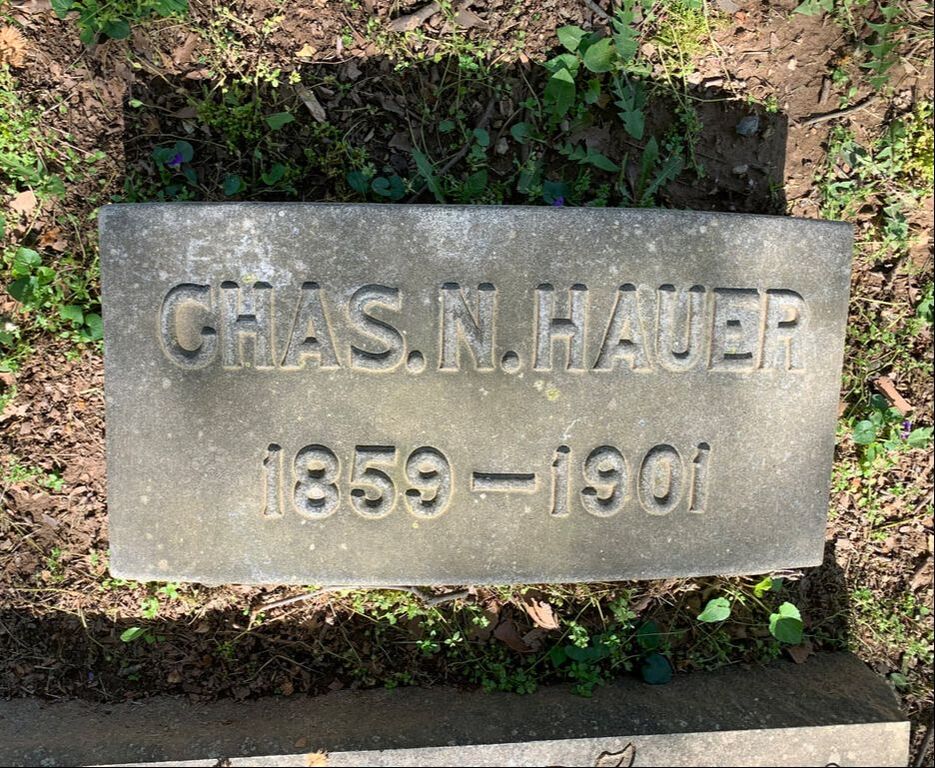
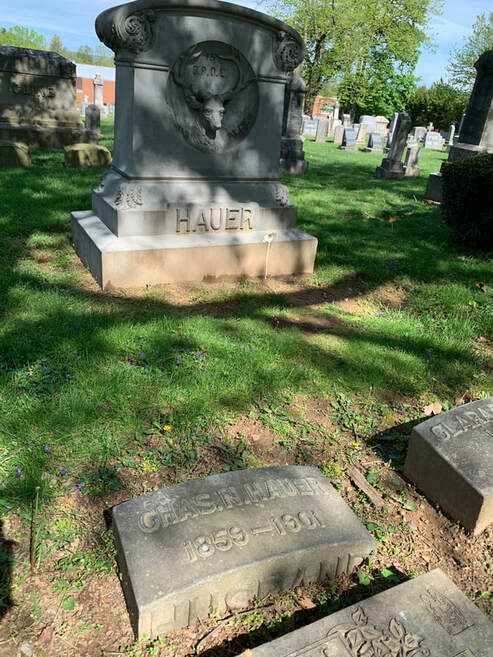

 RSS Feed
RSS Feed